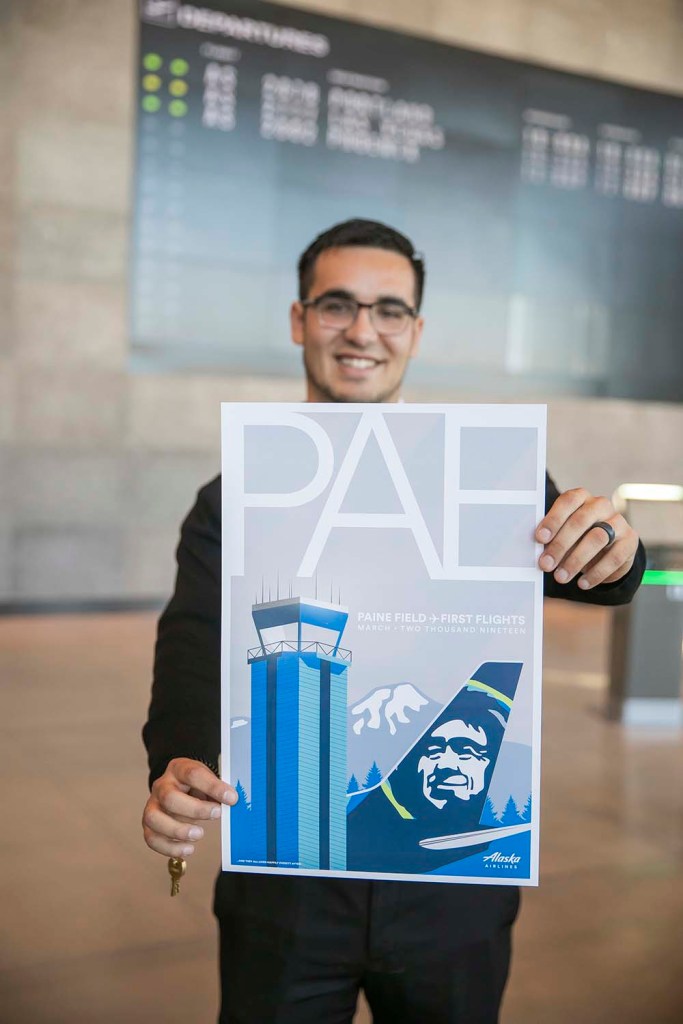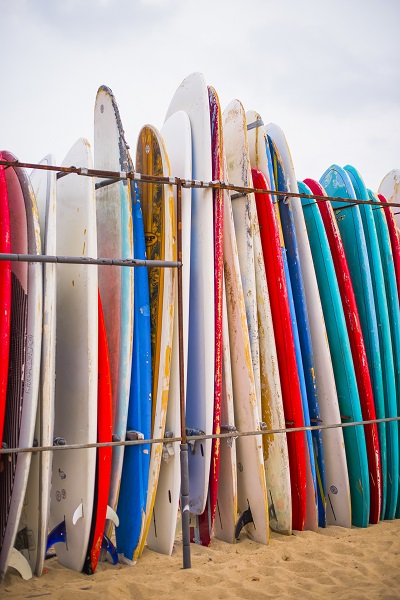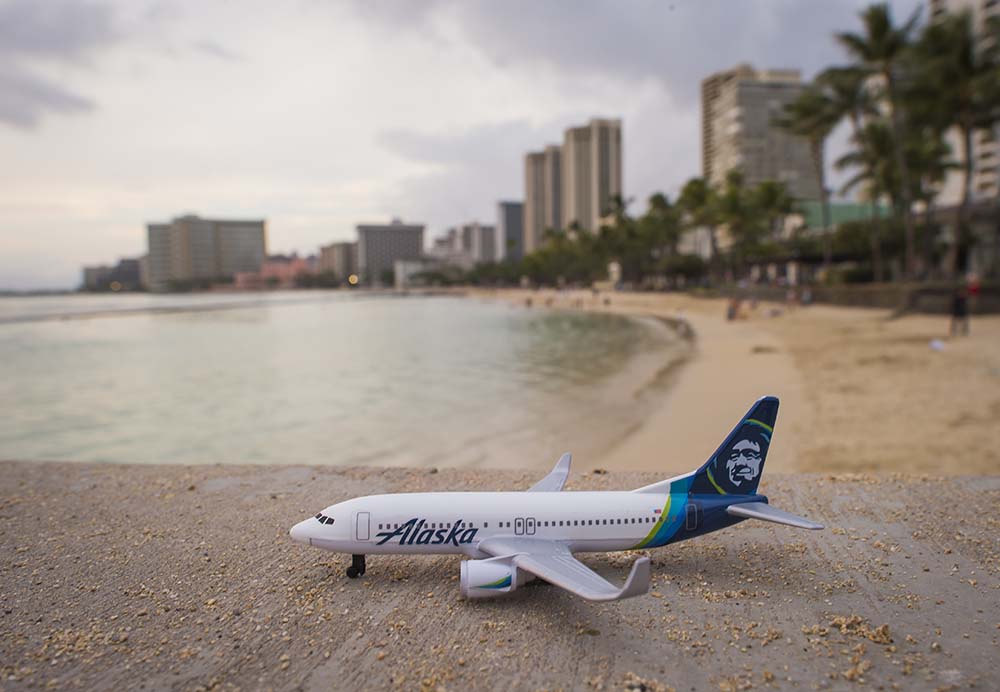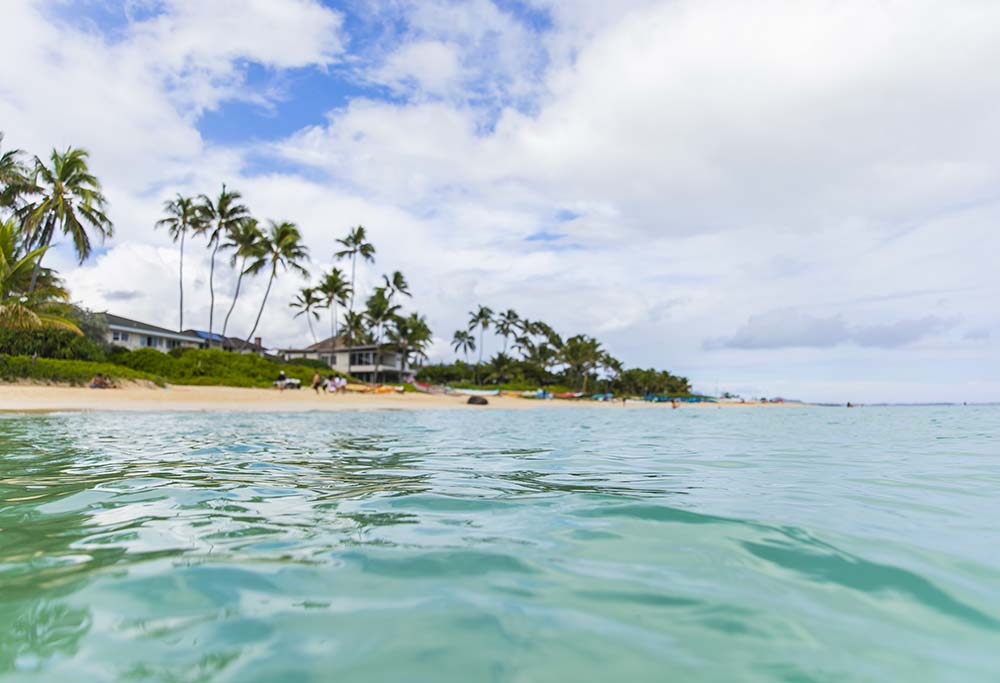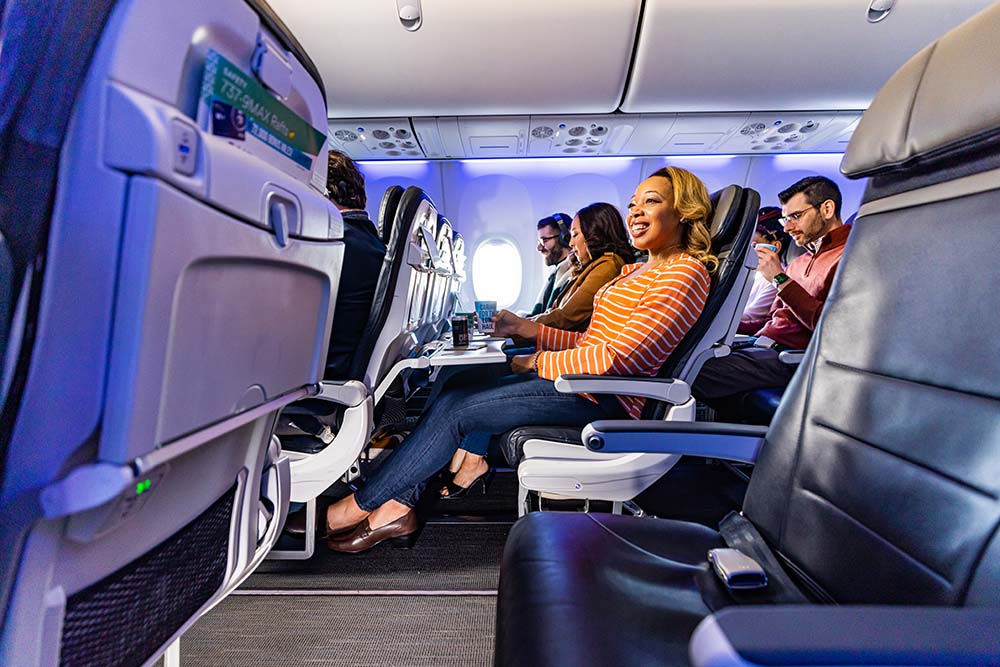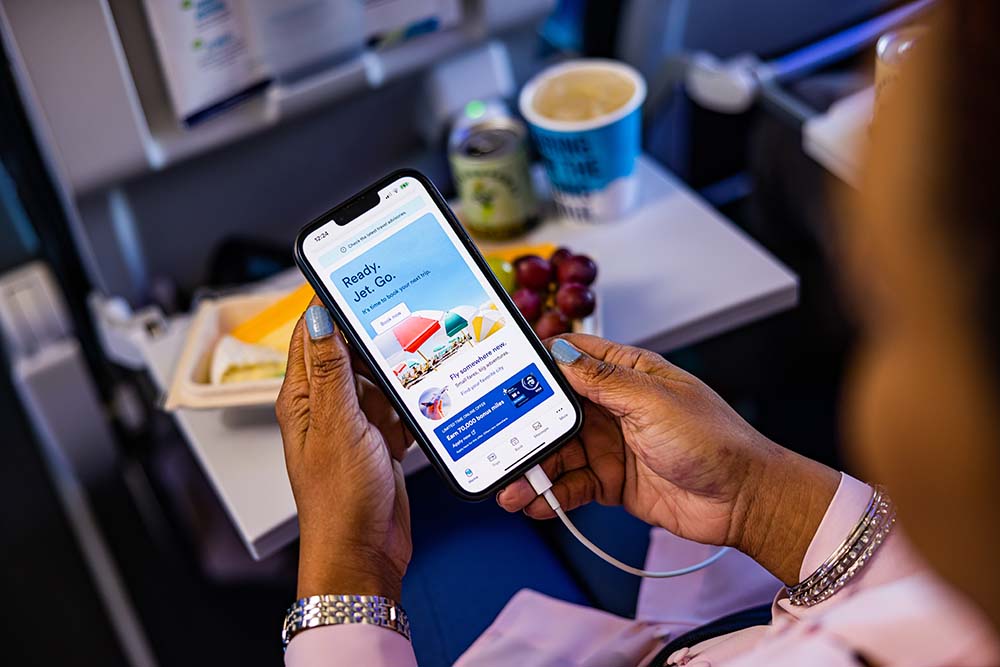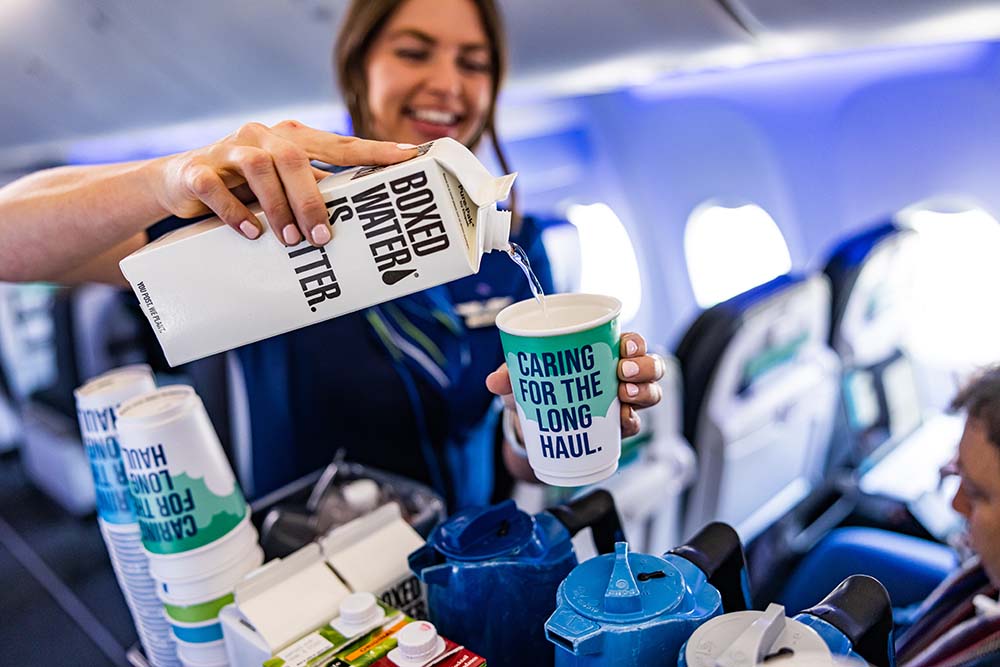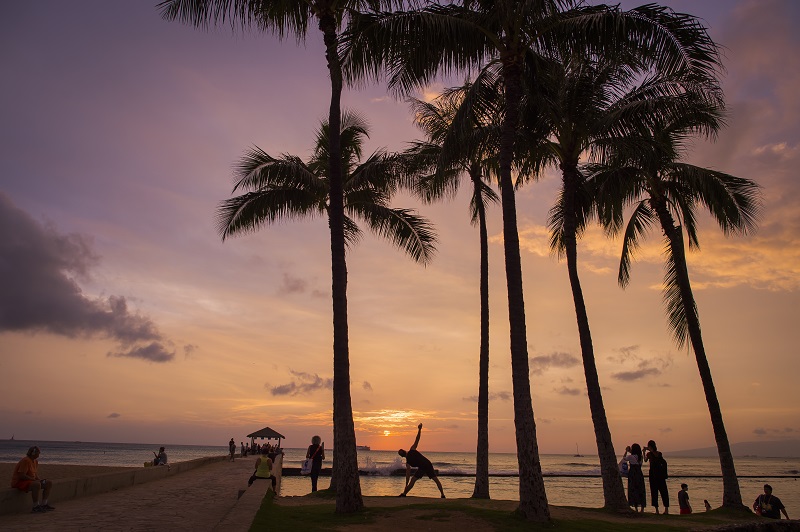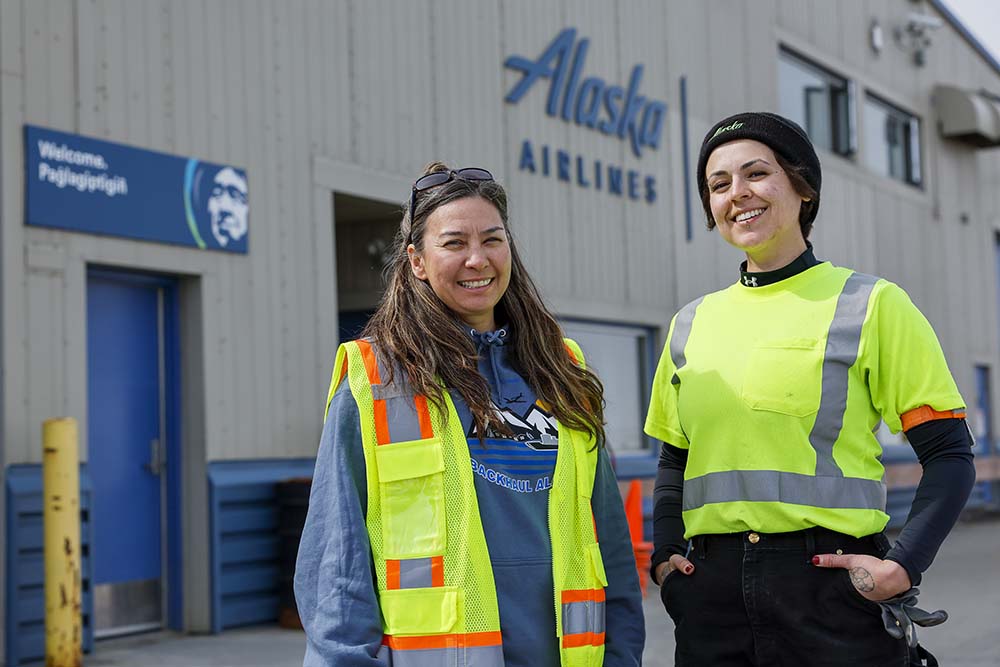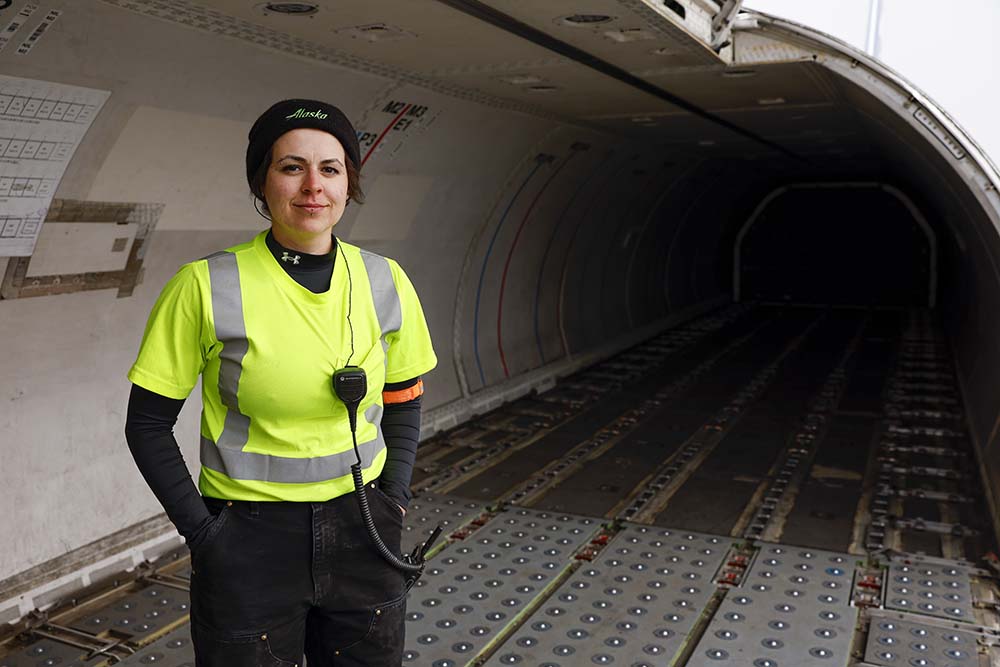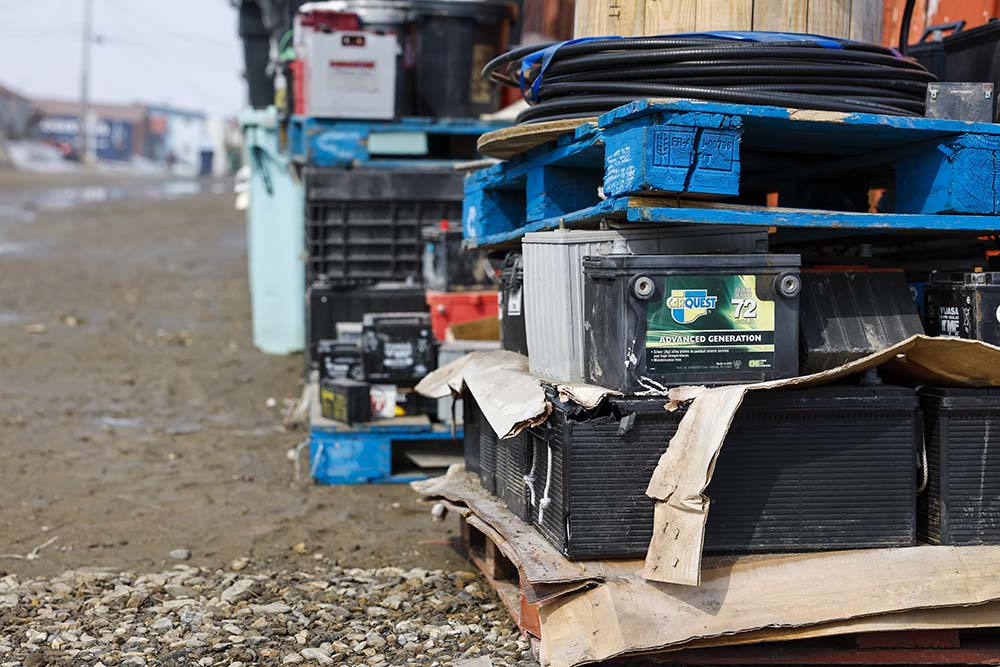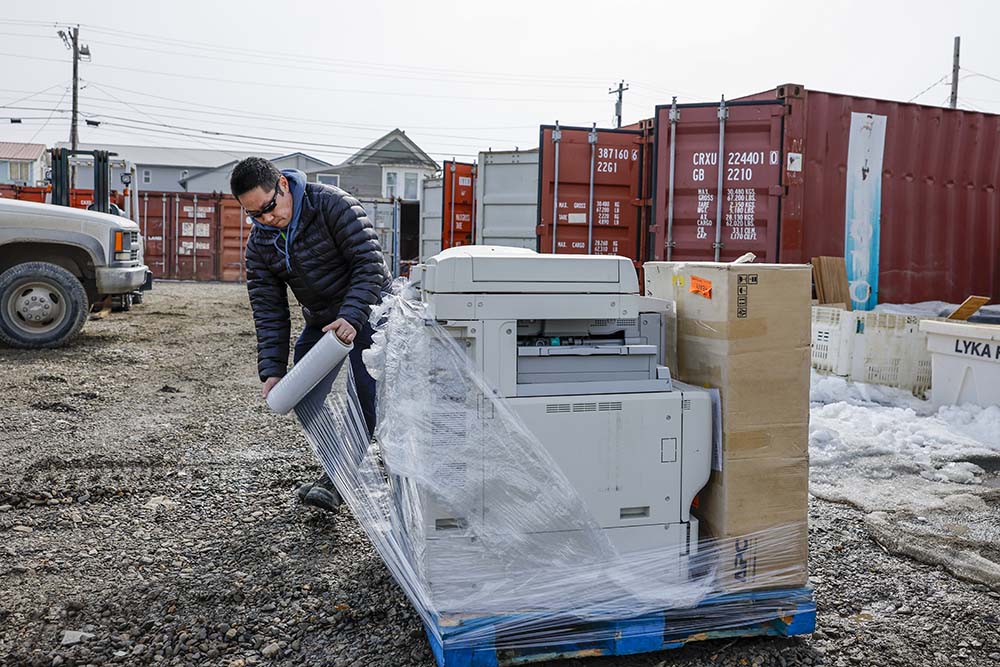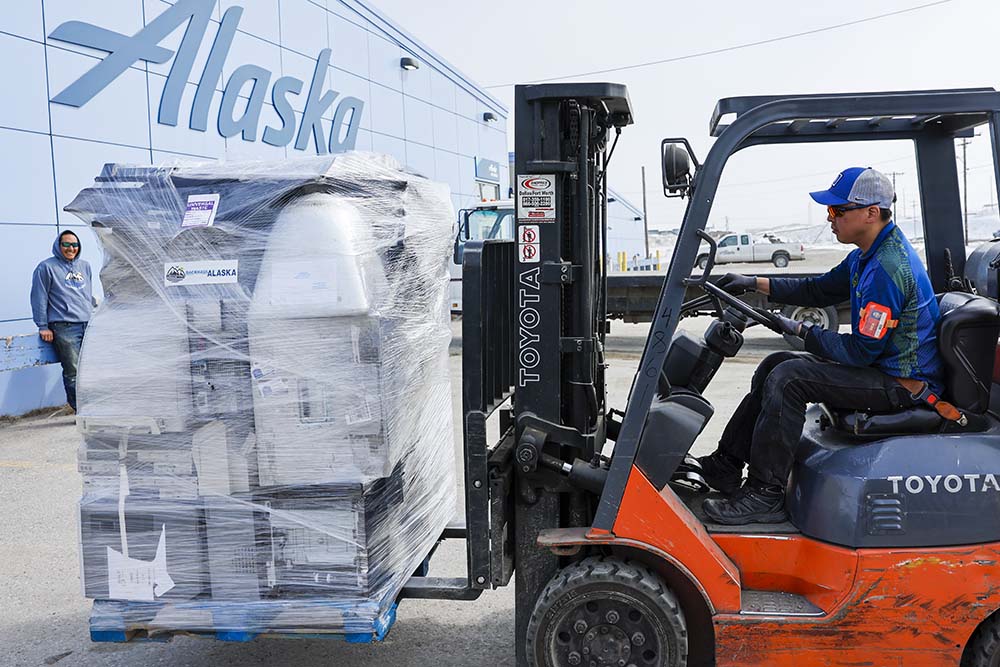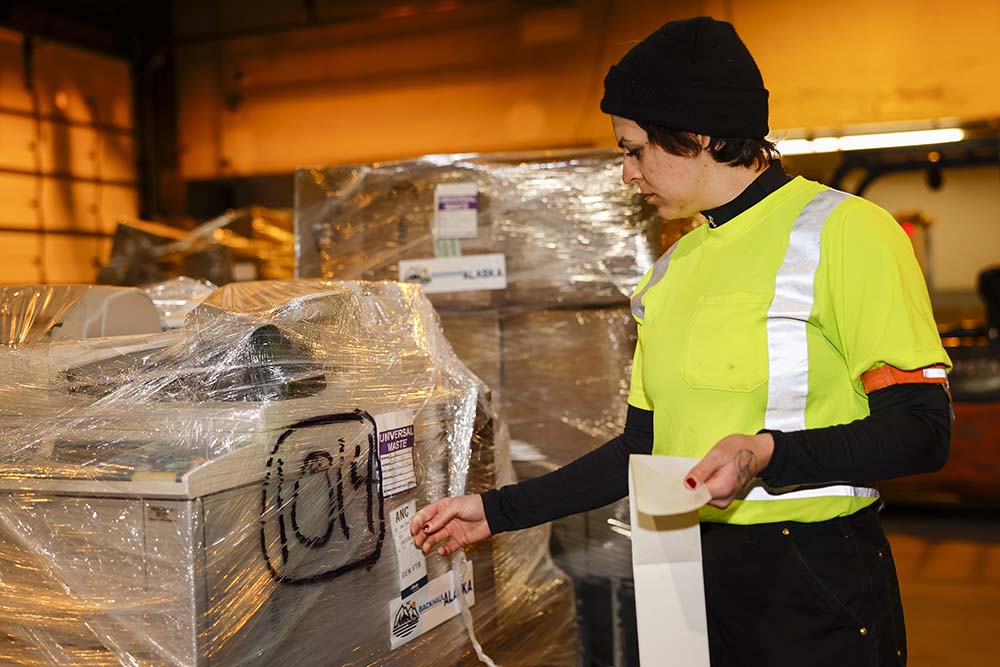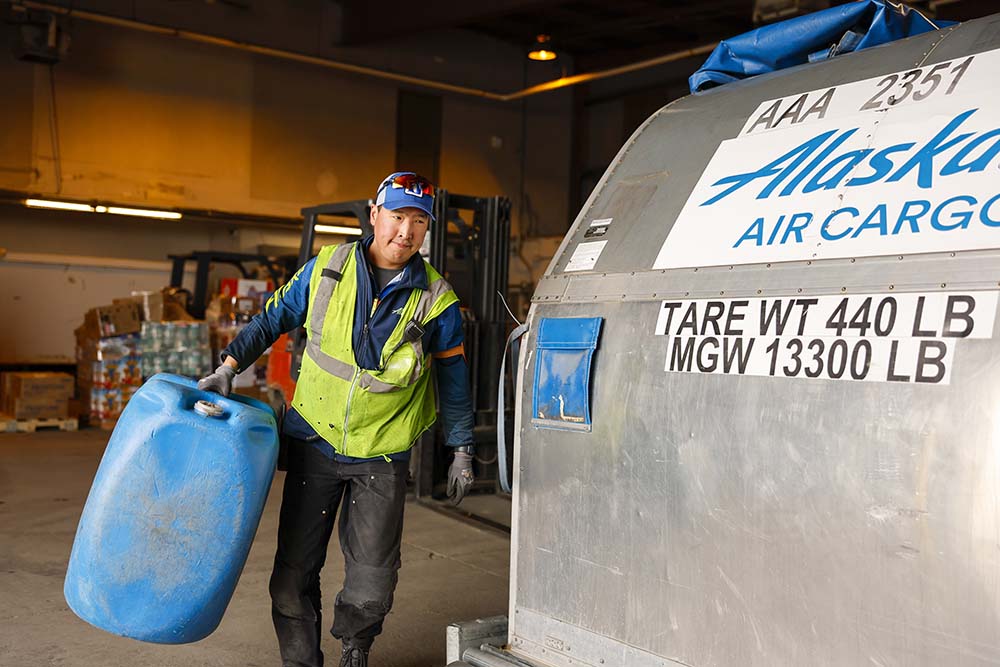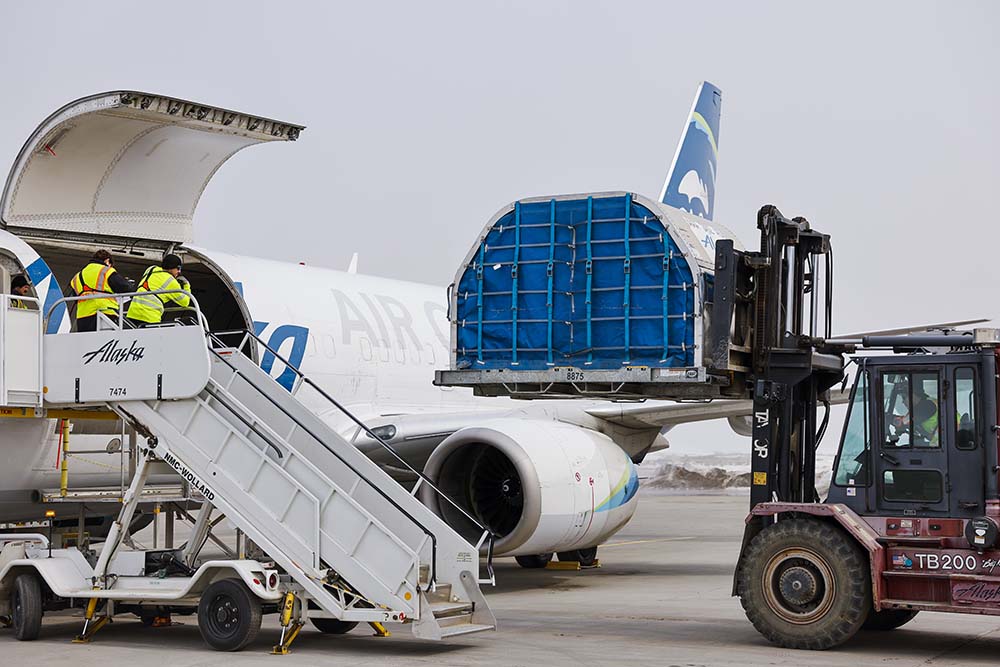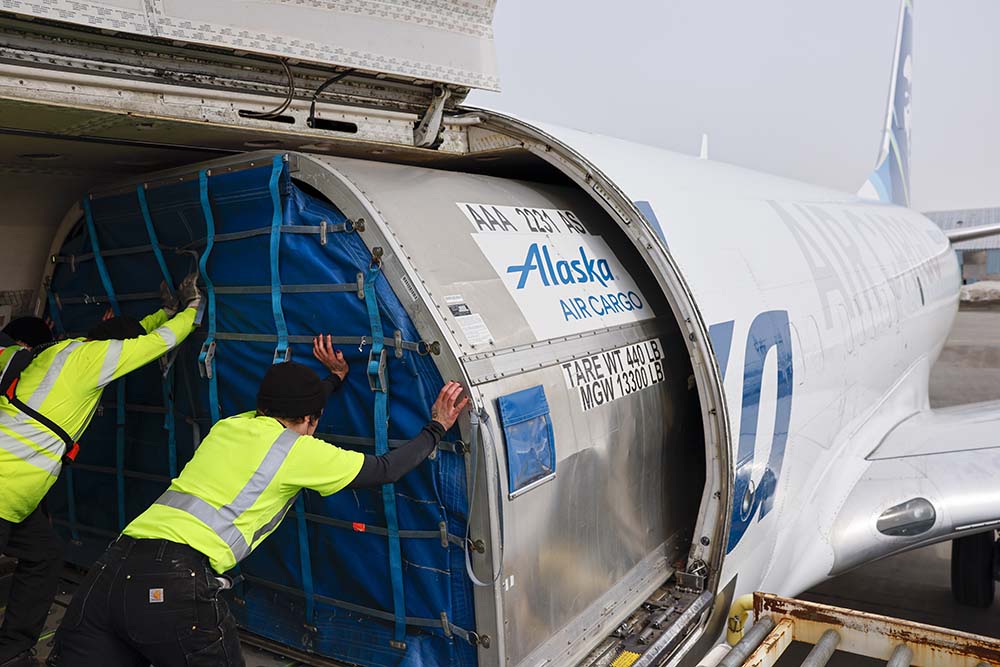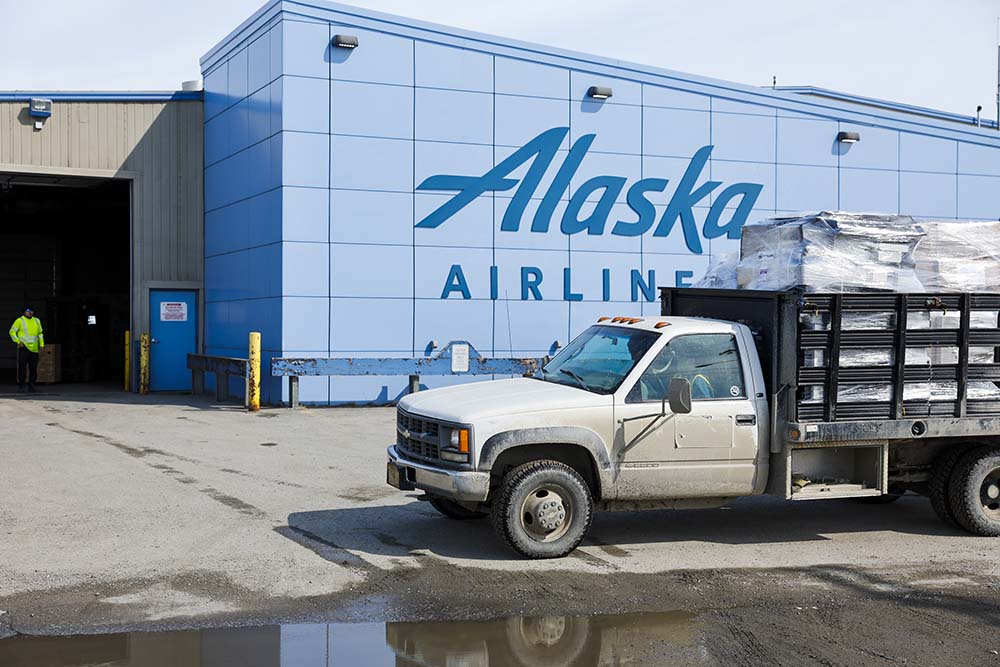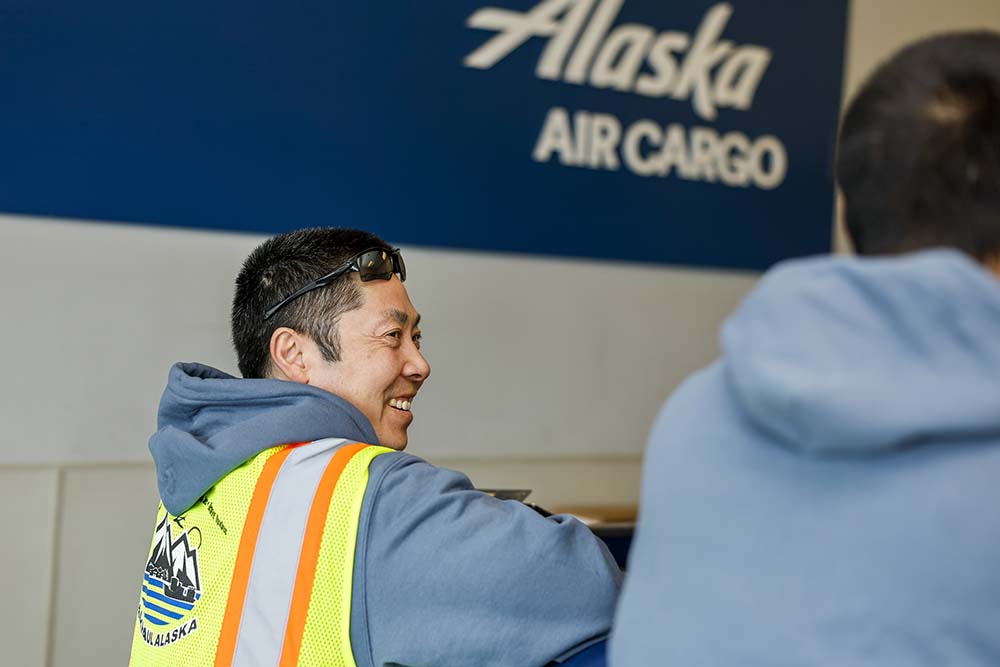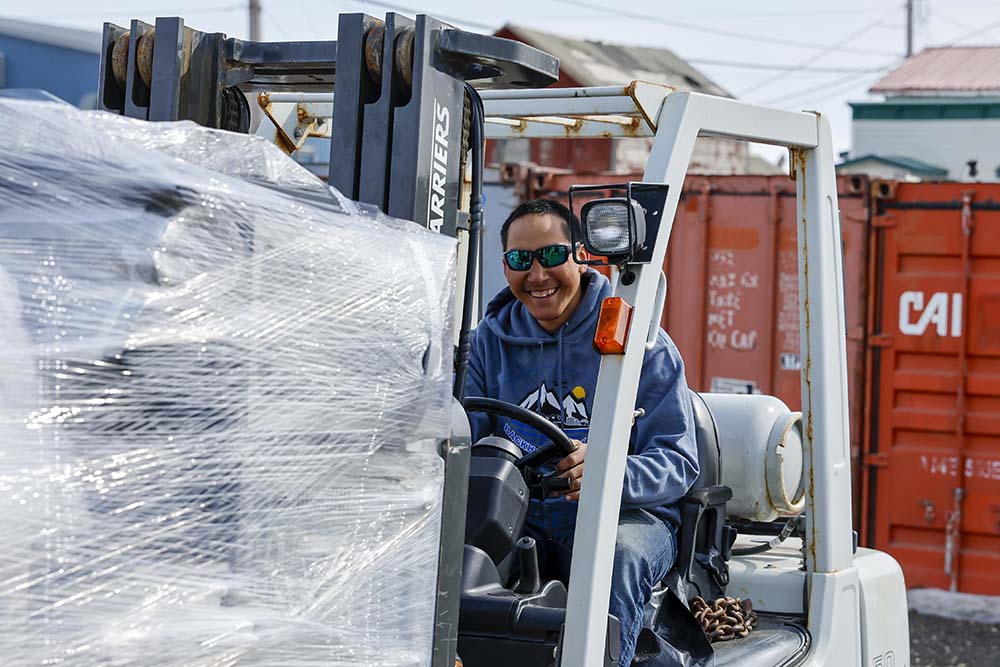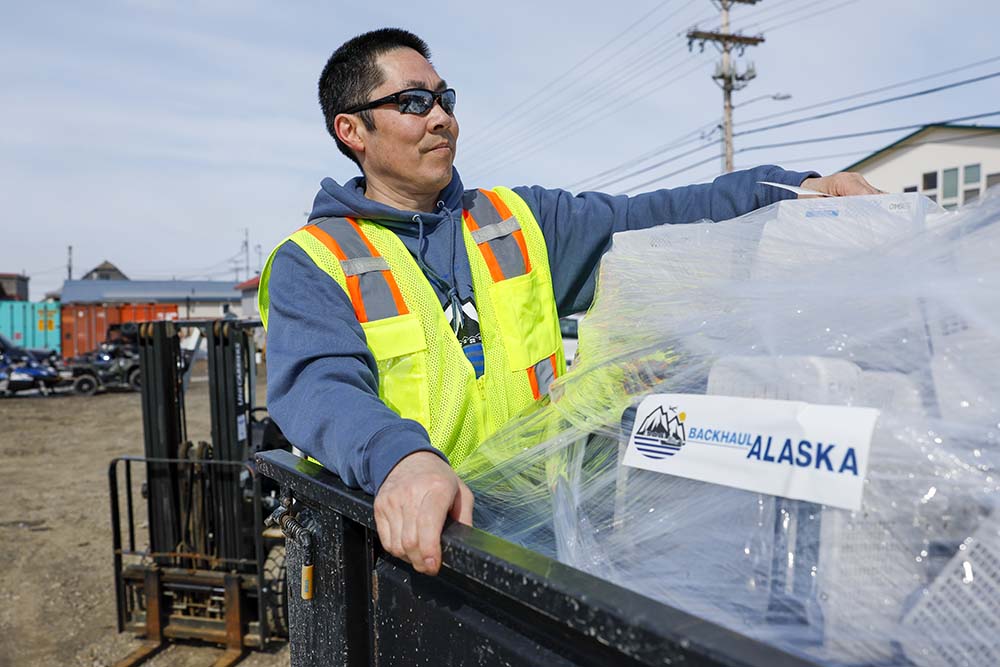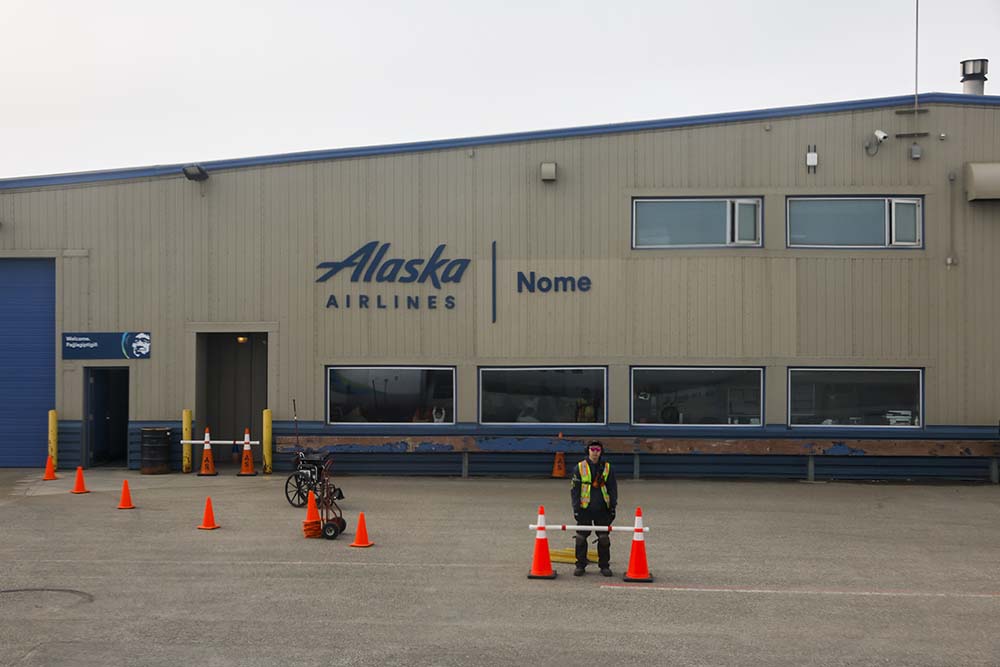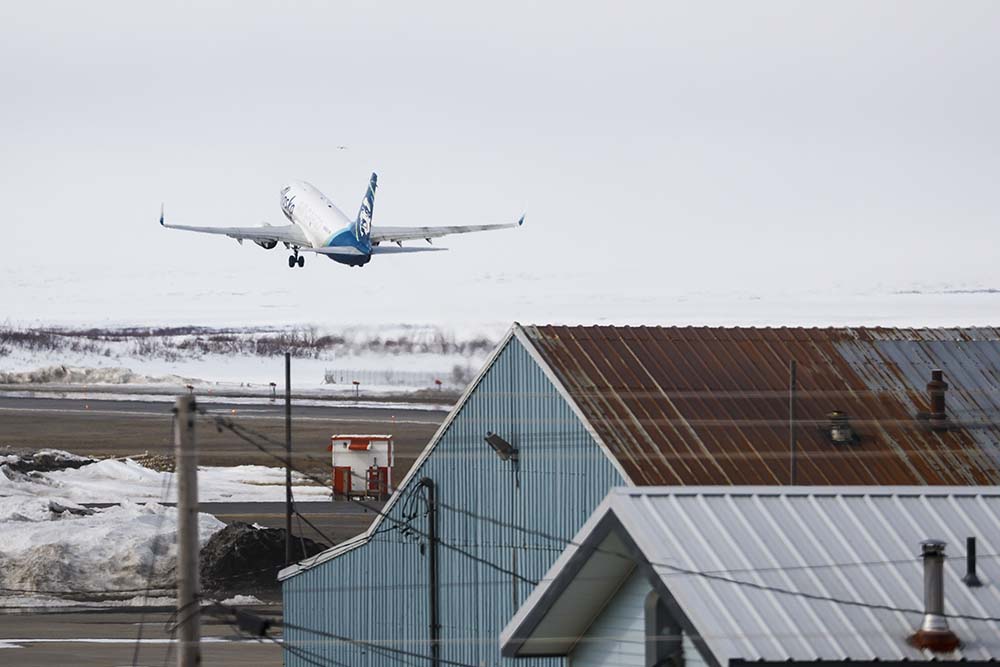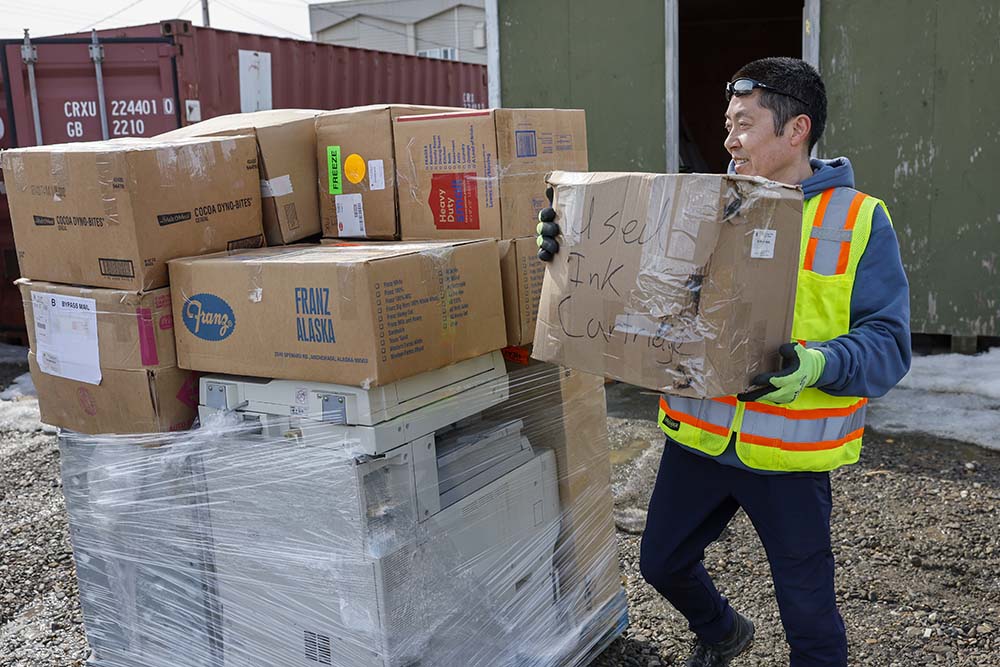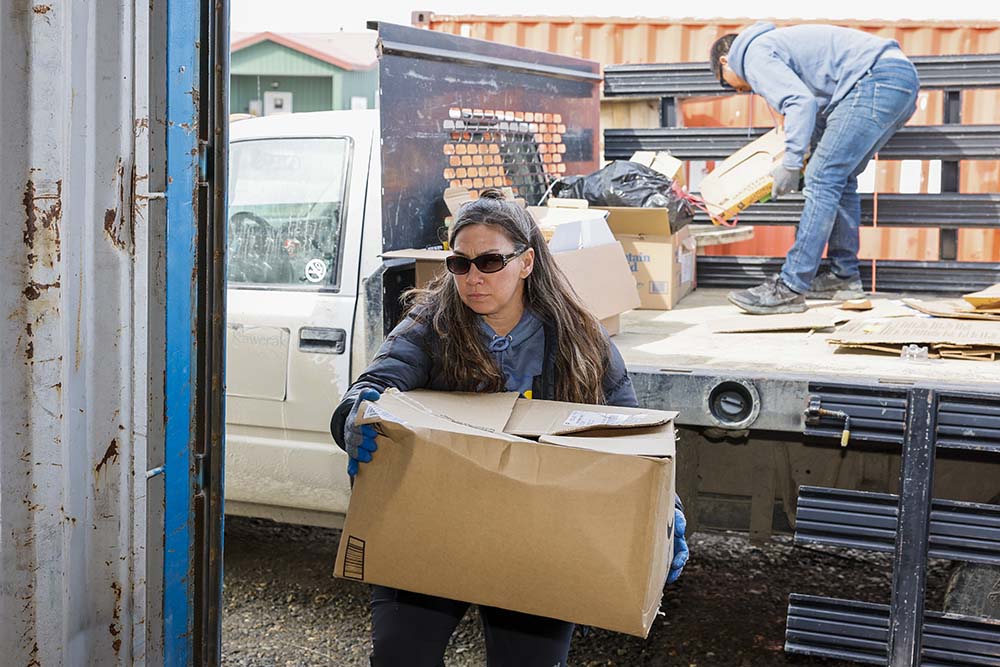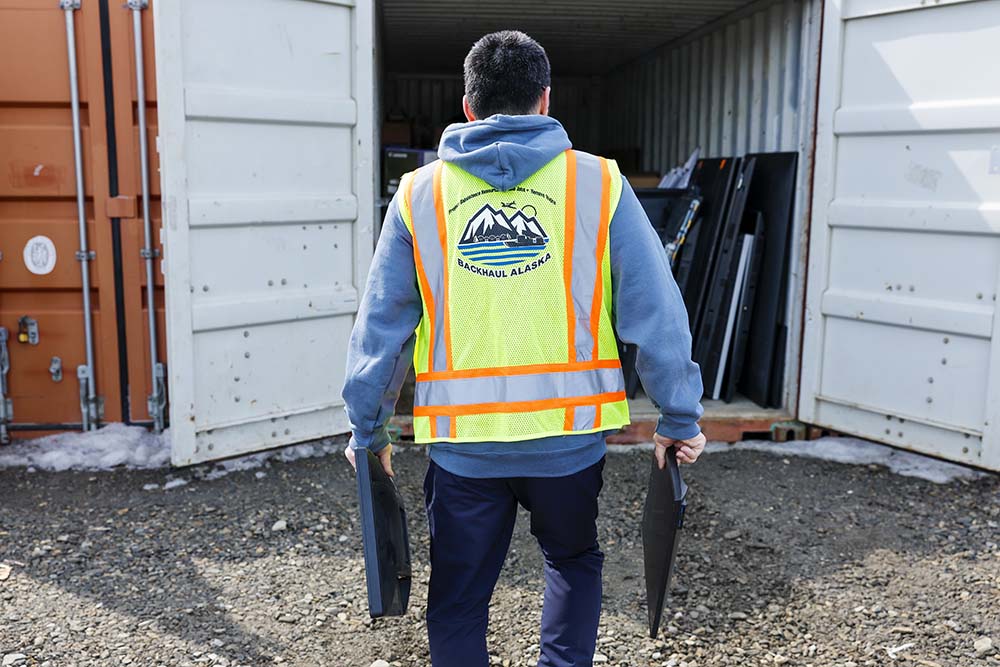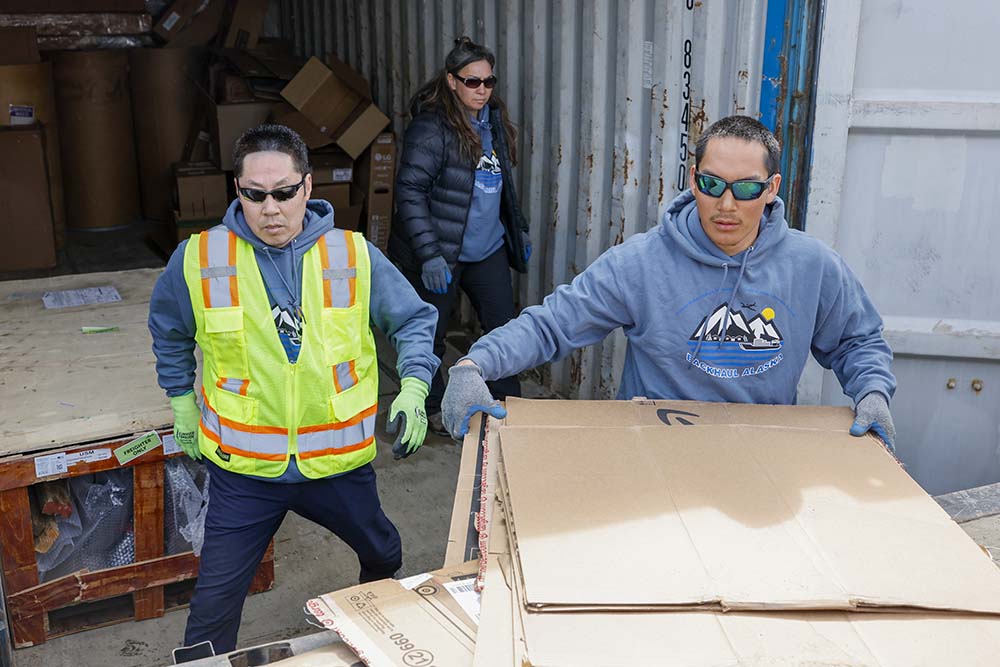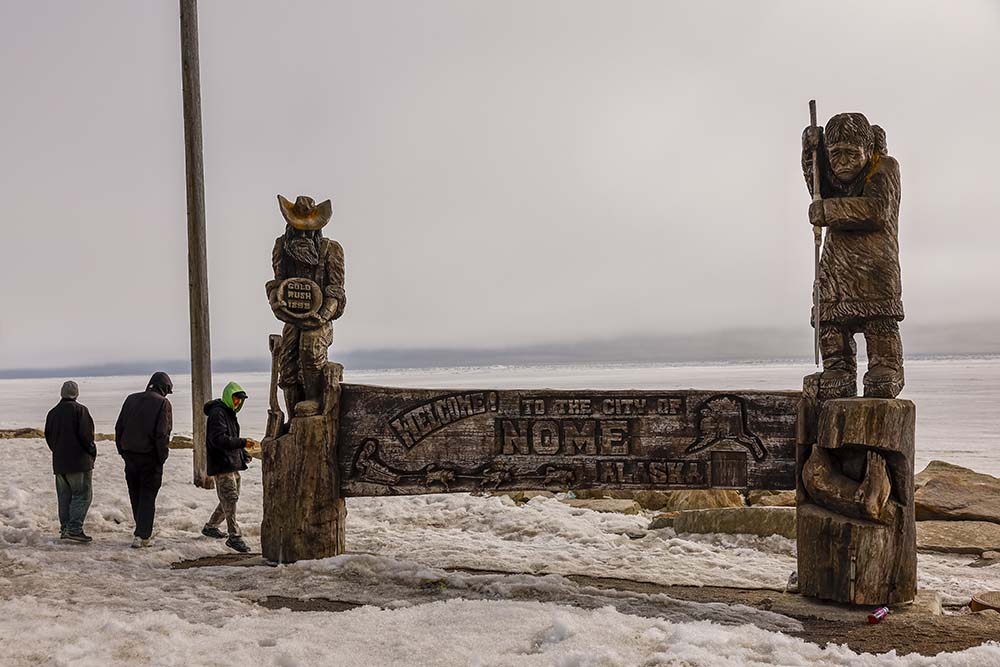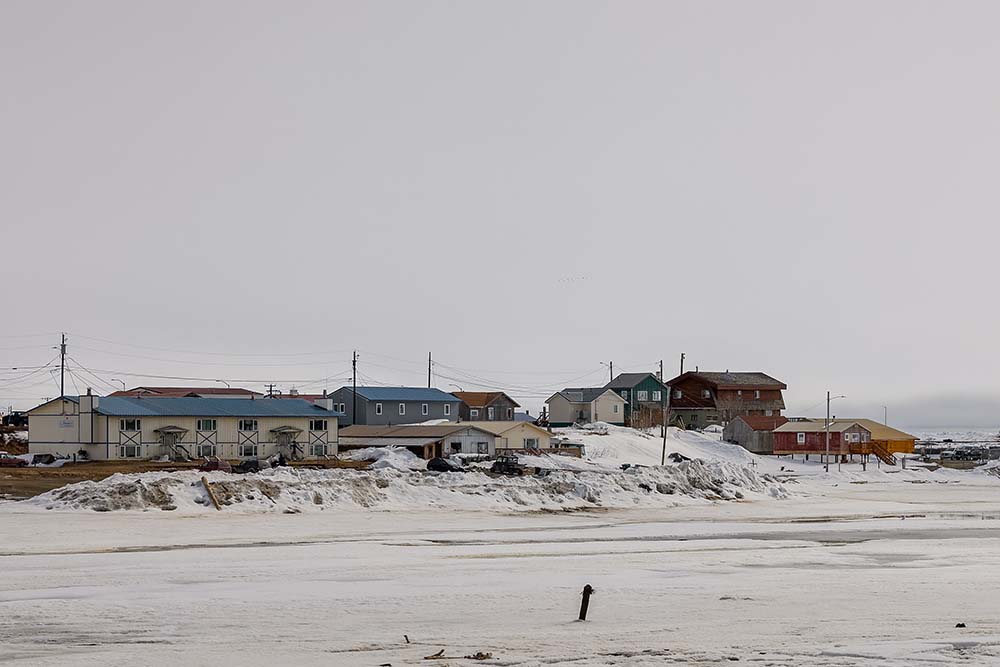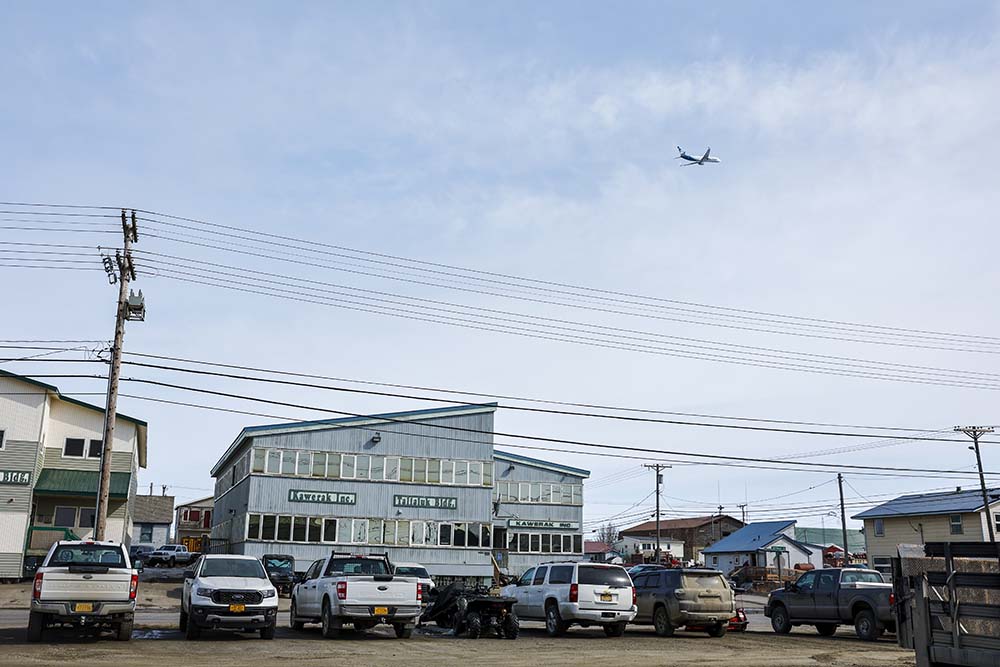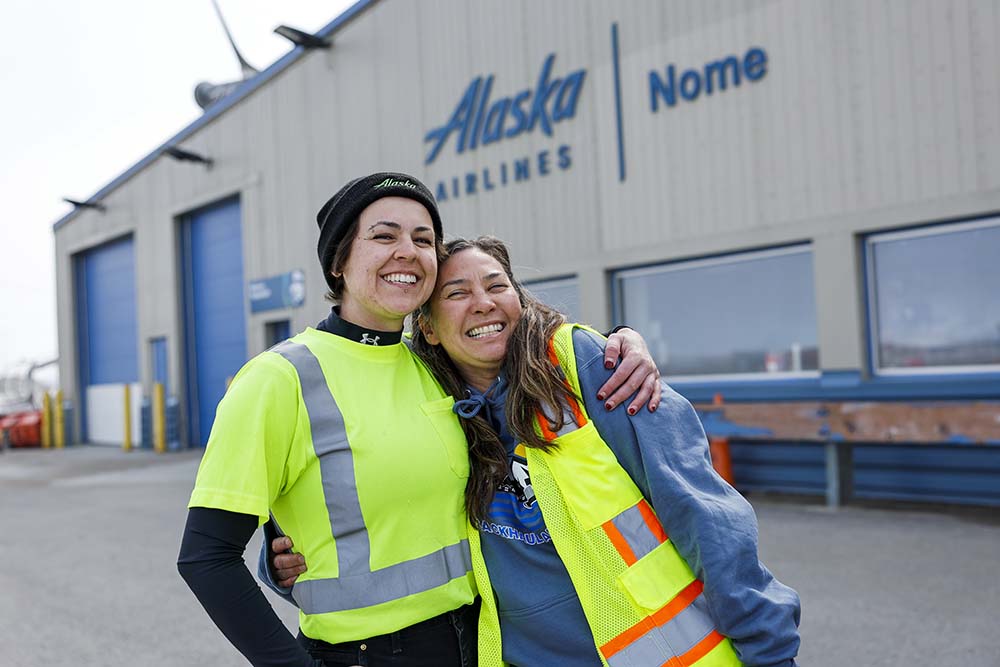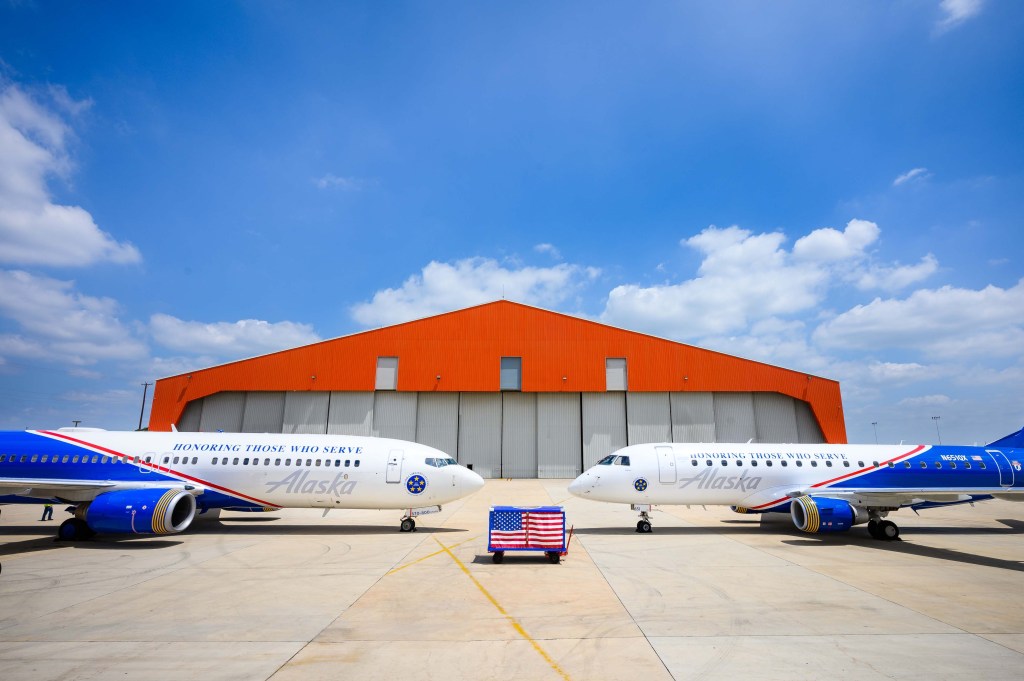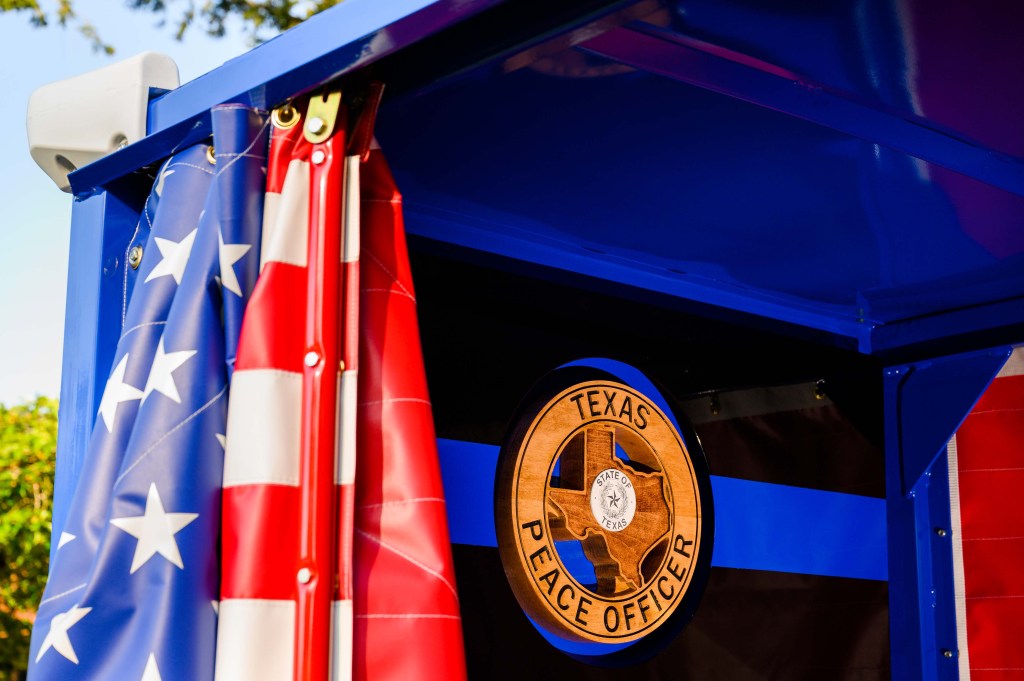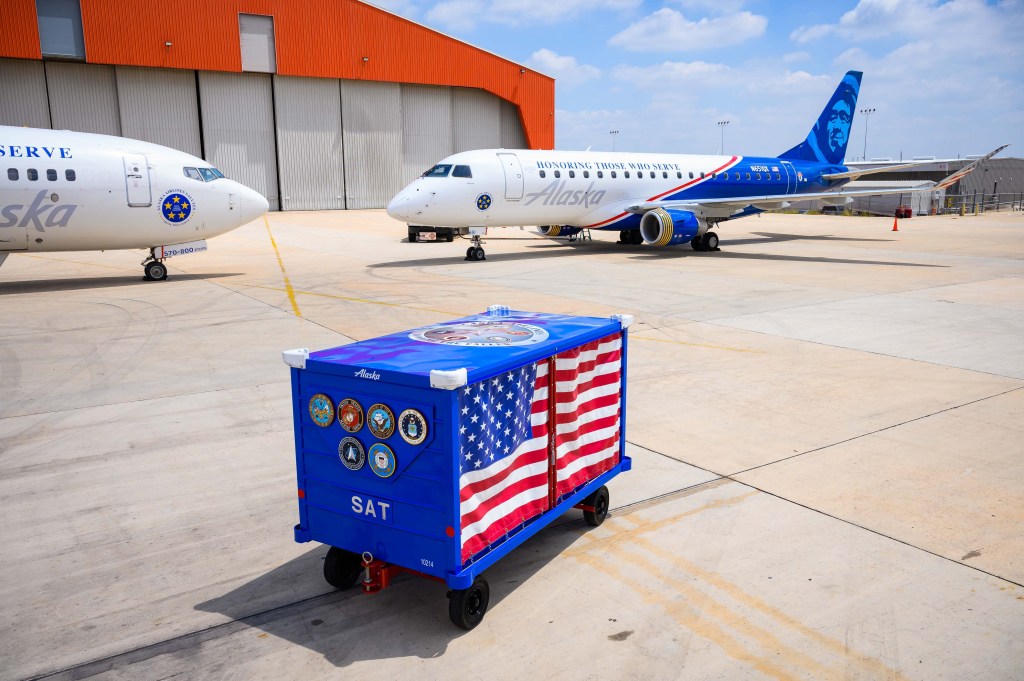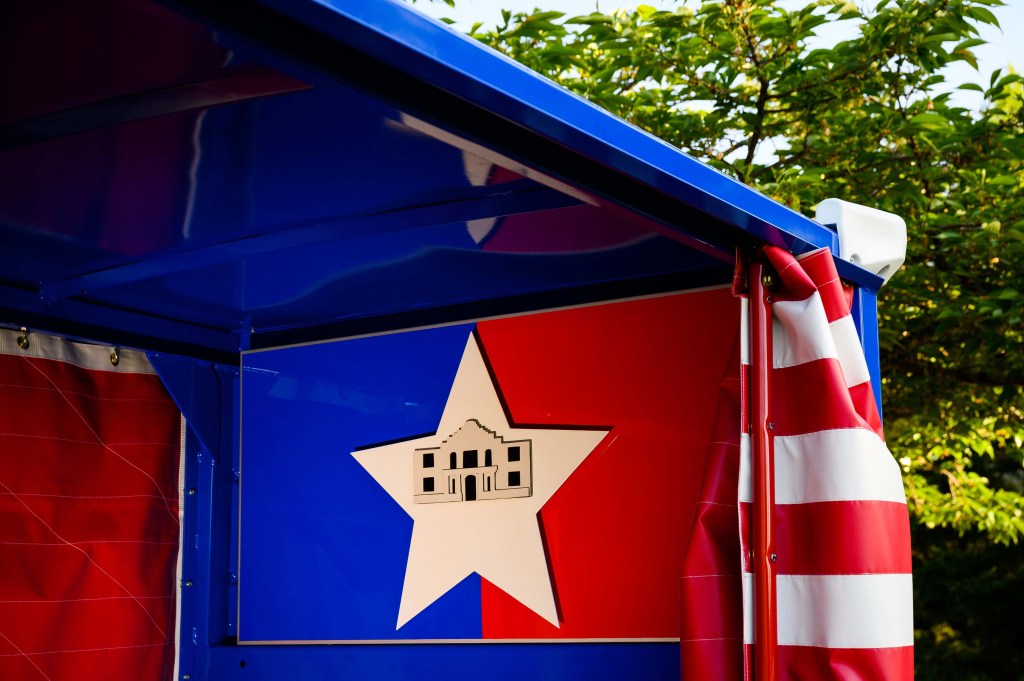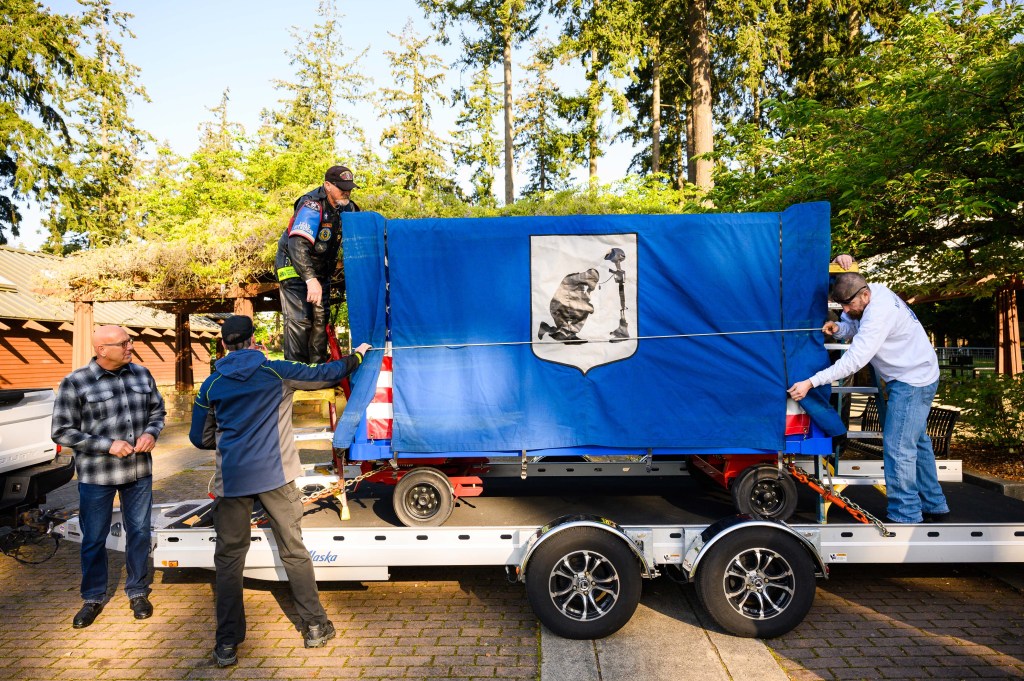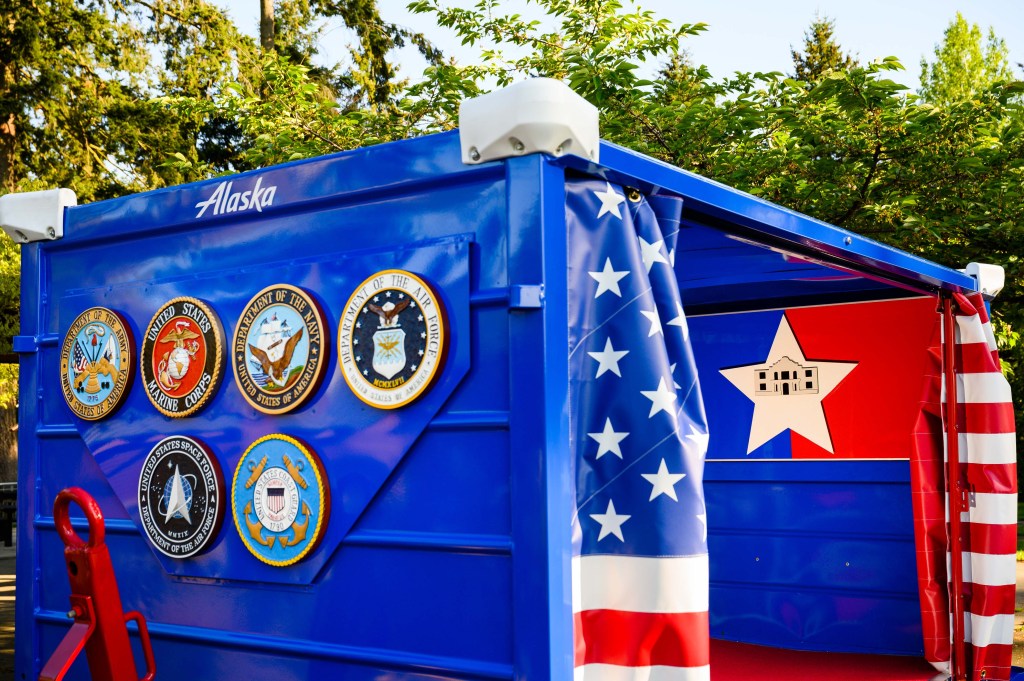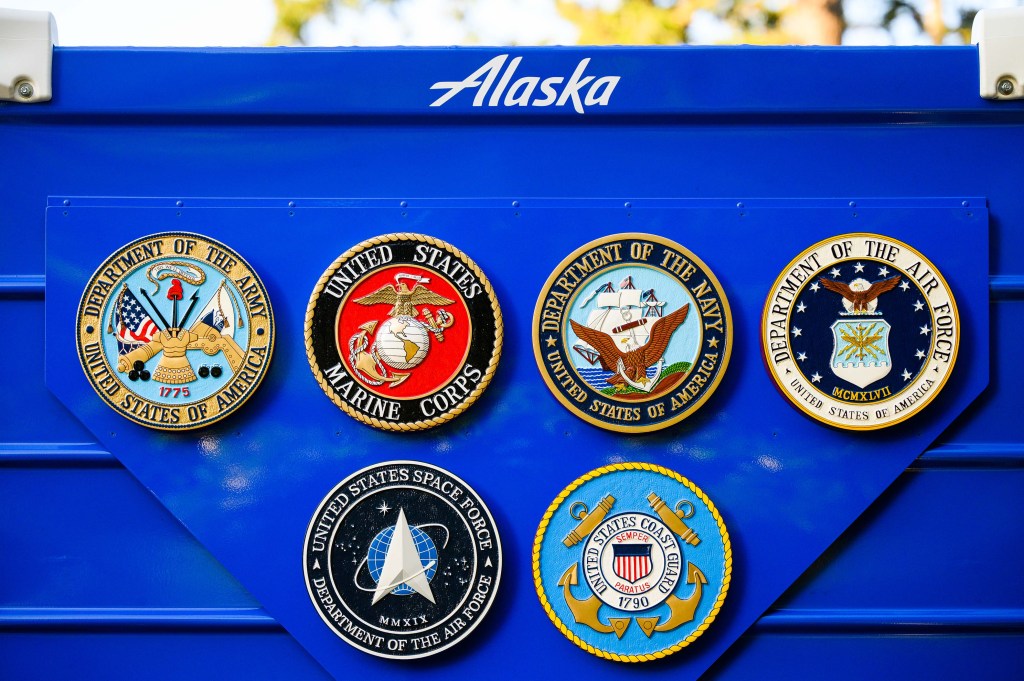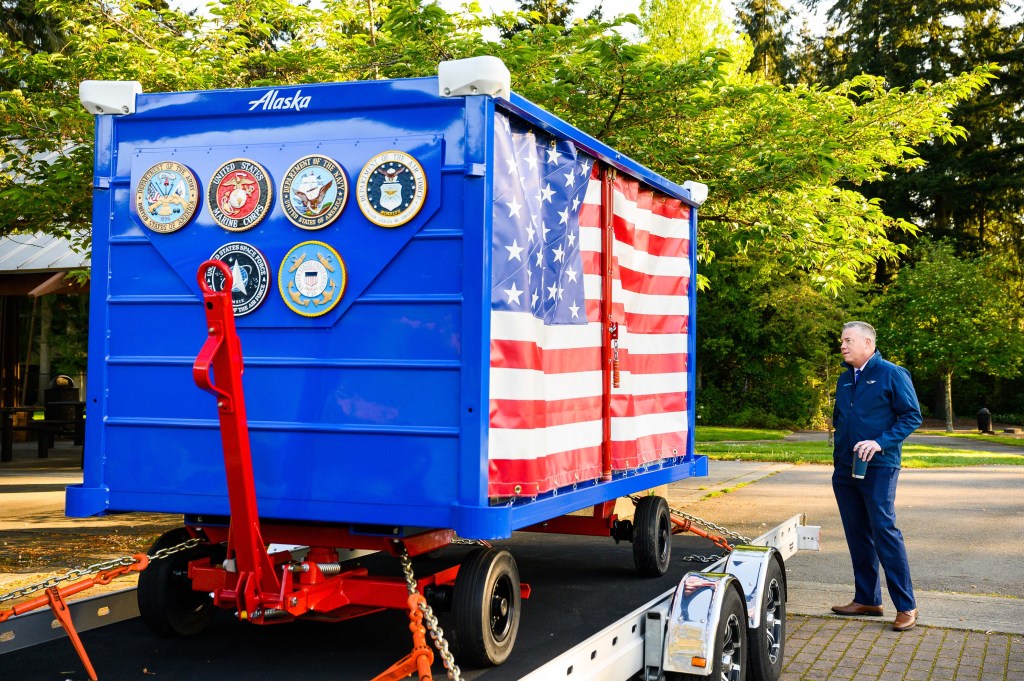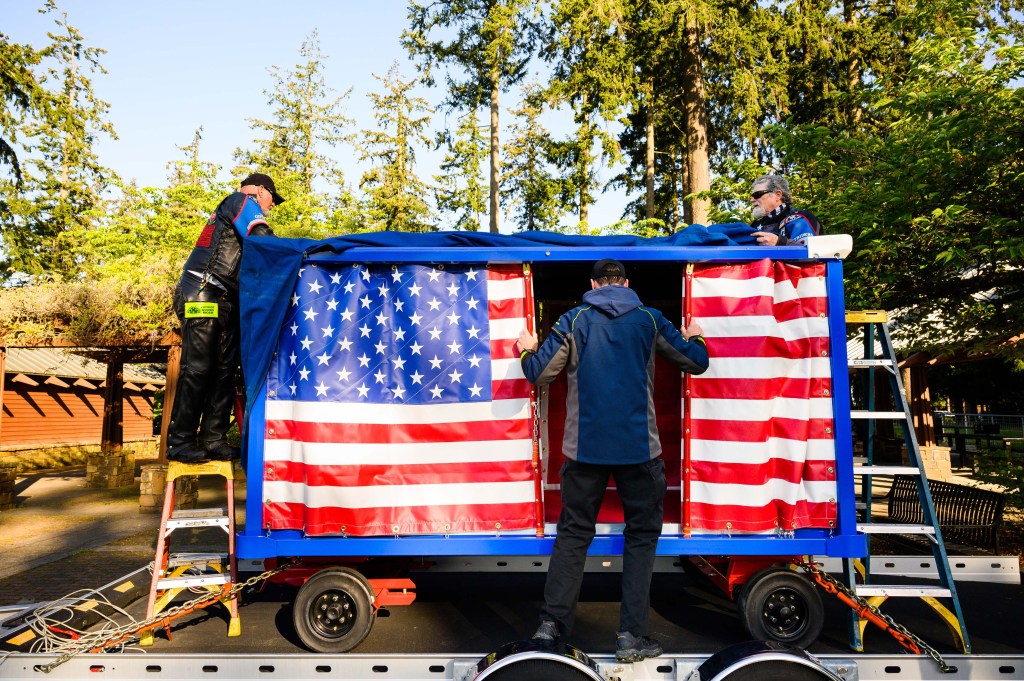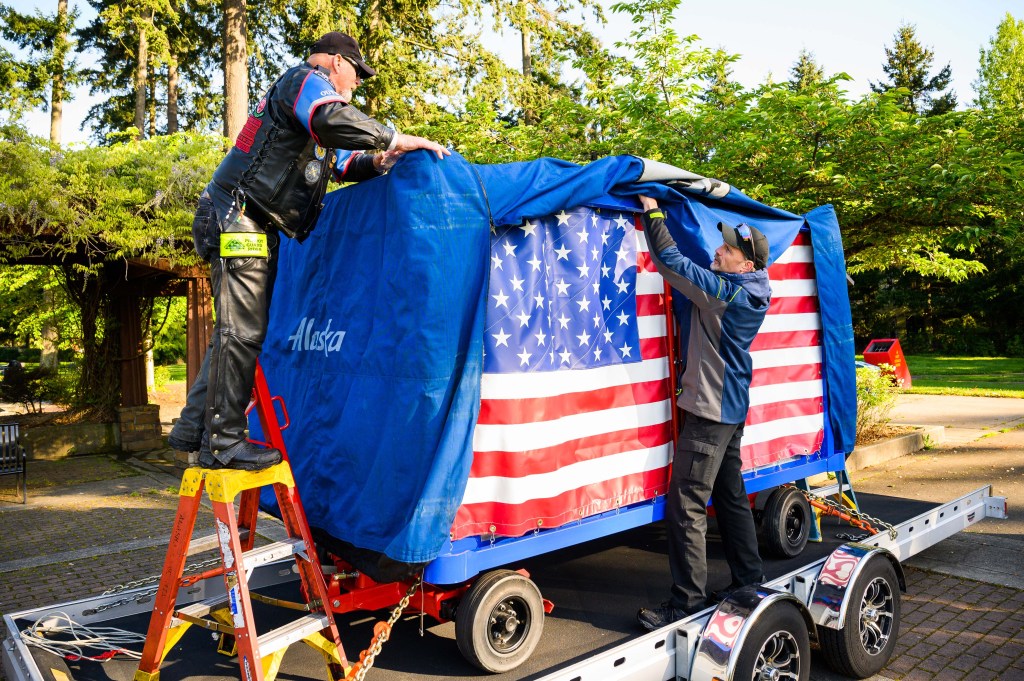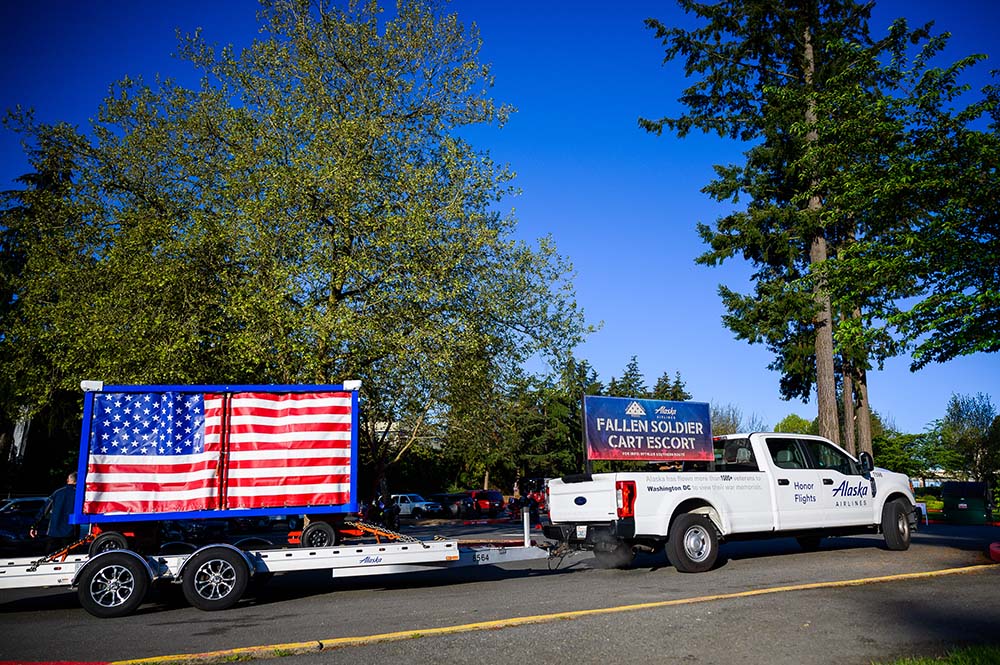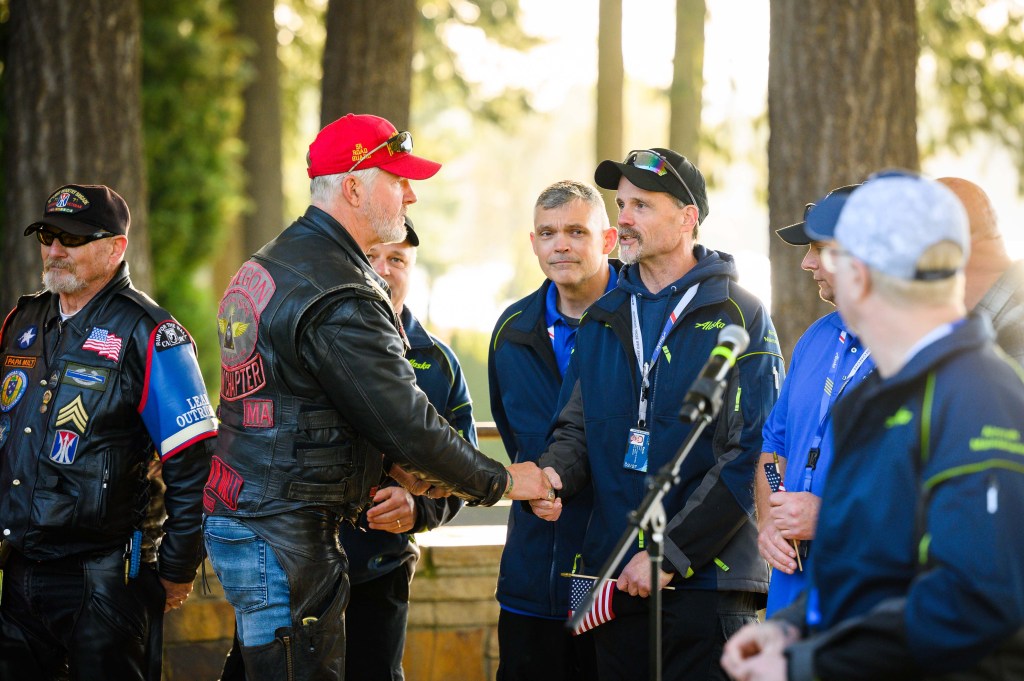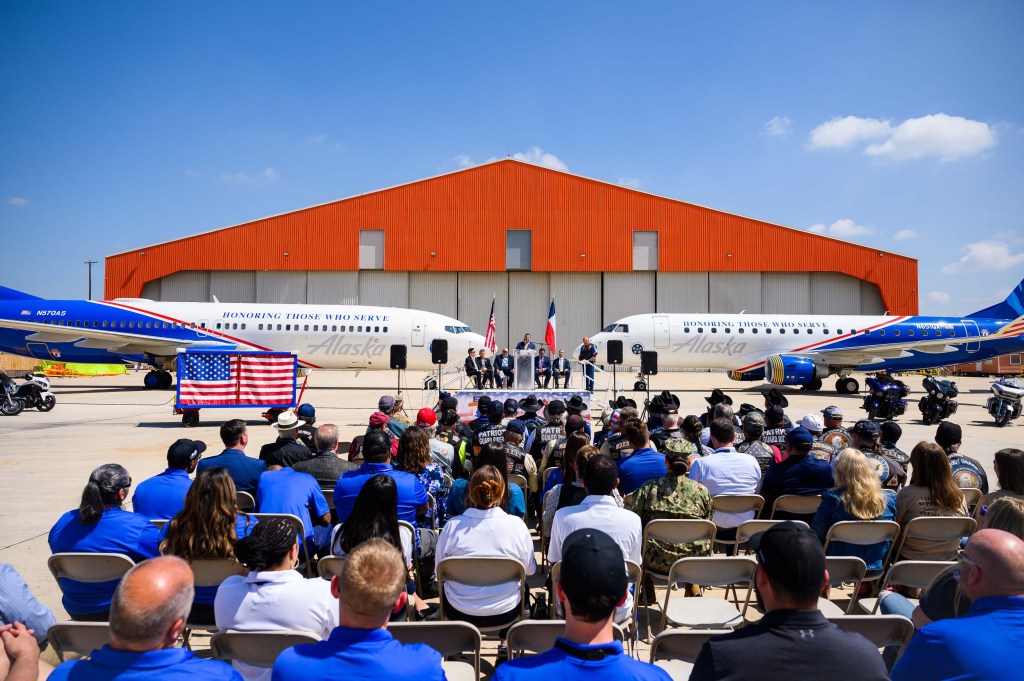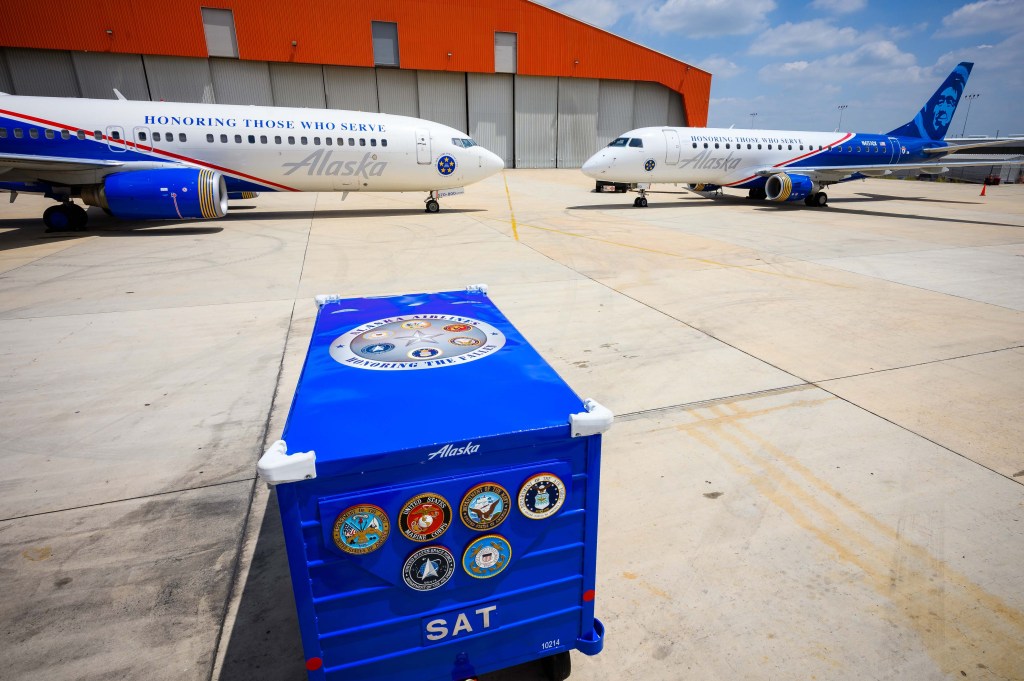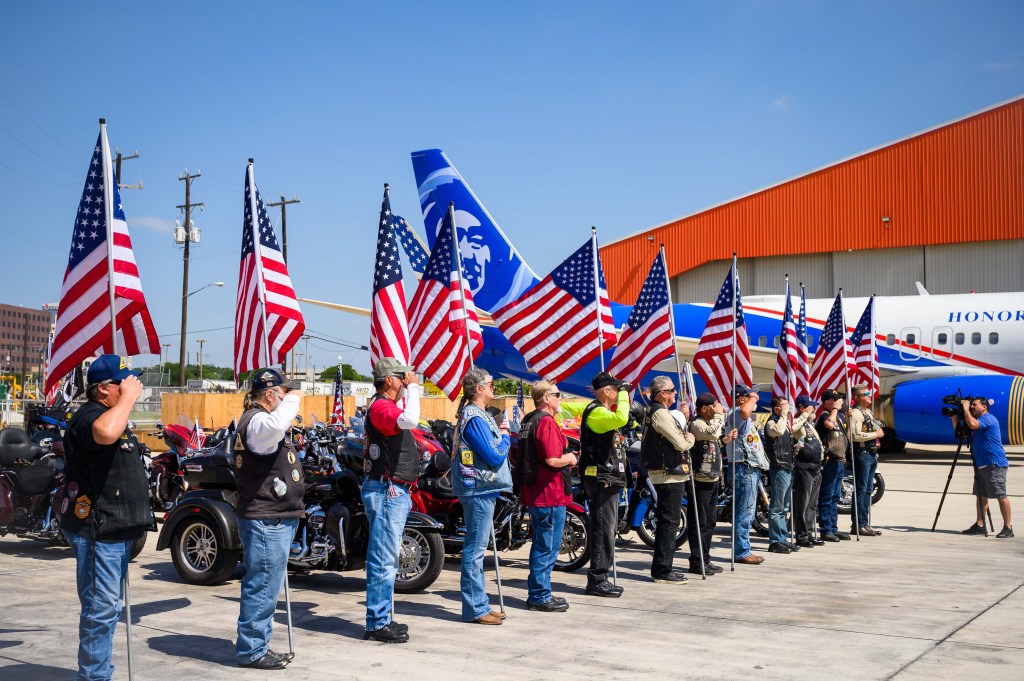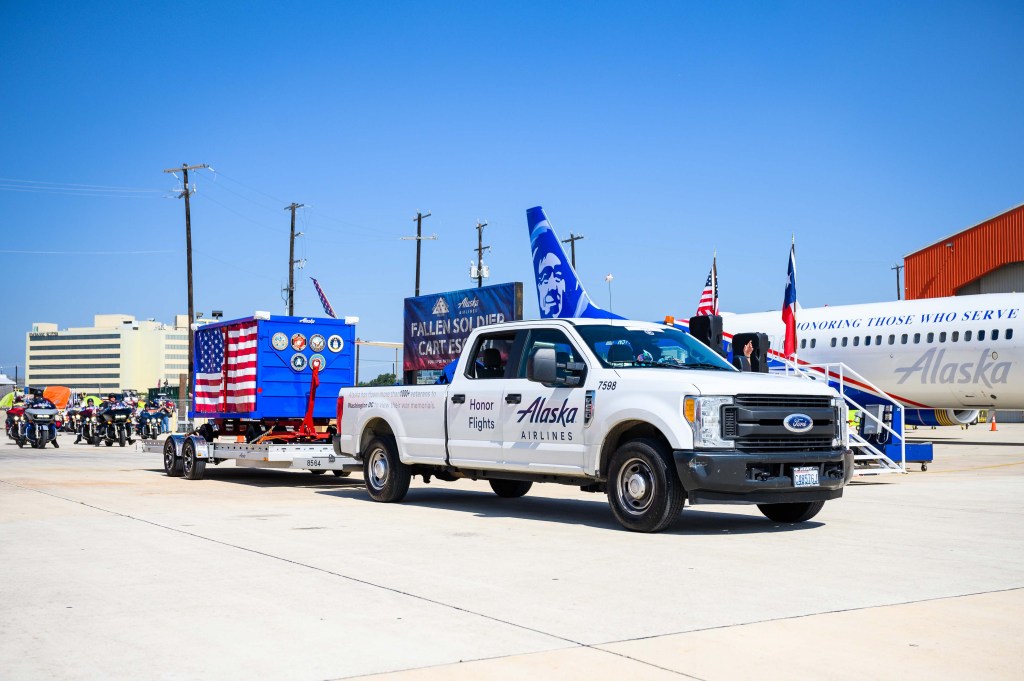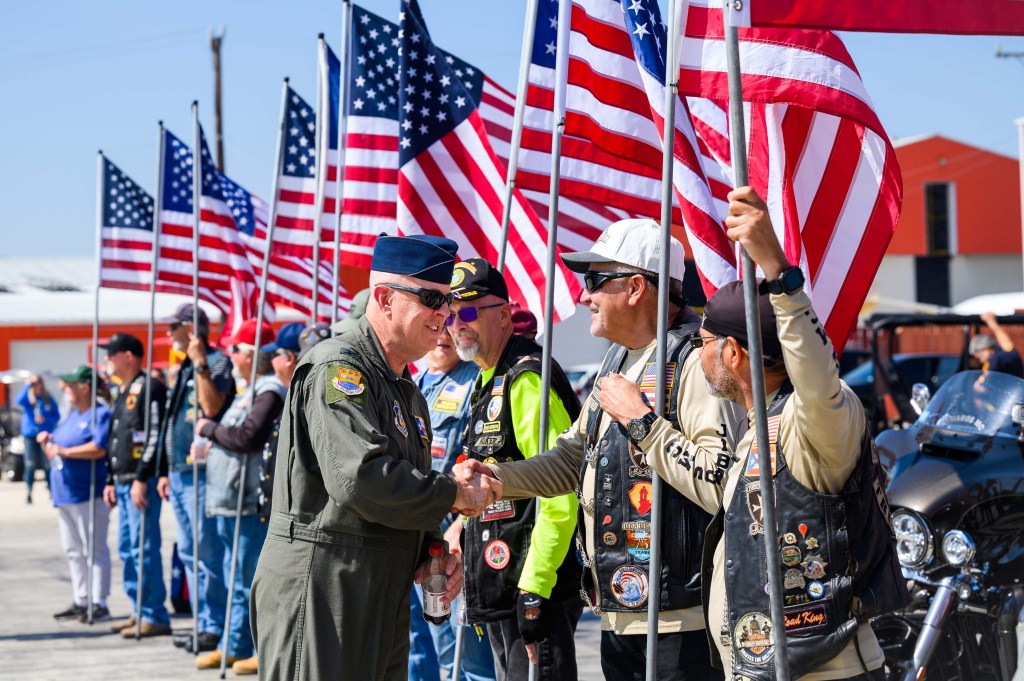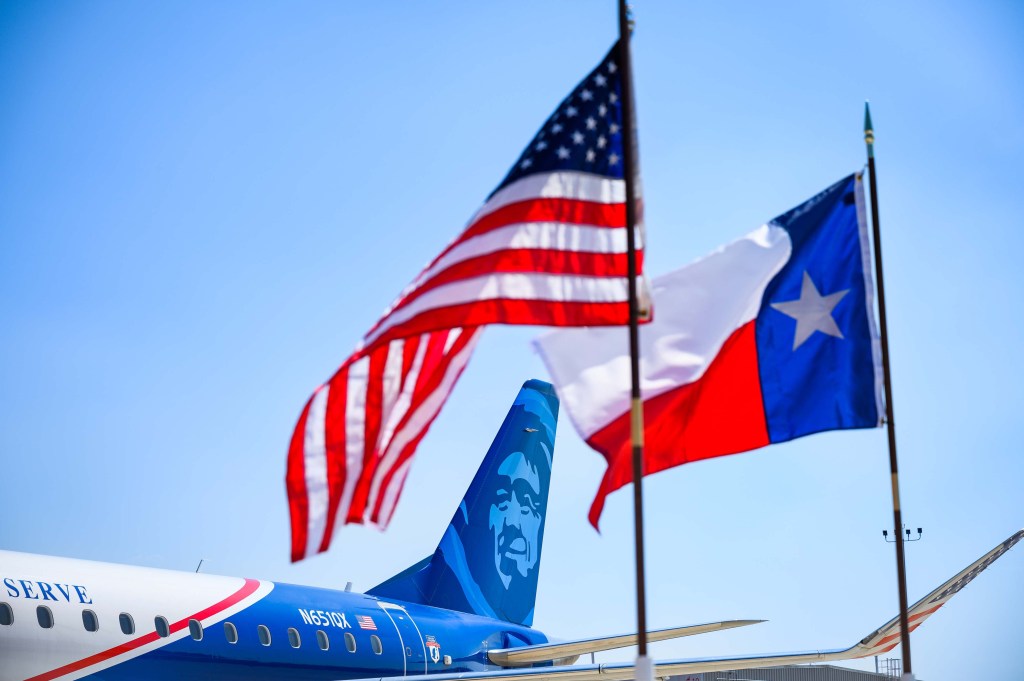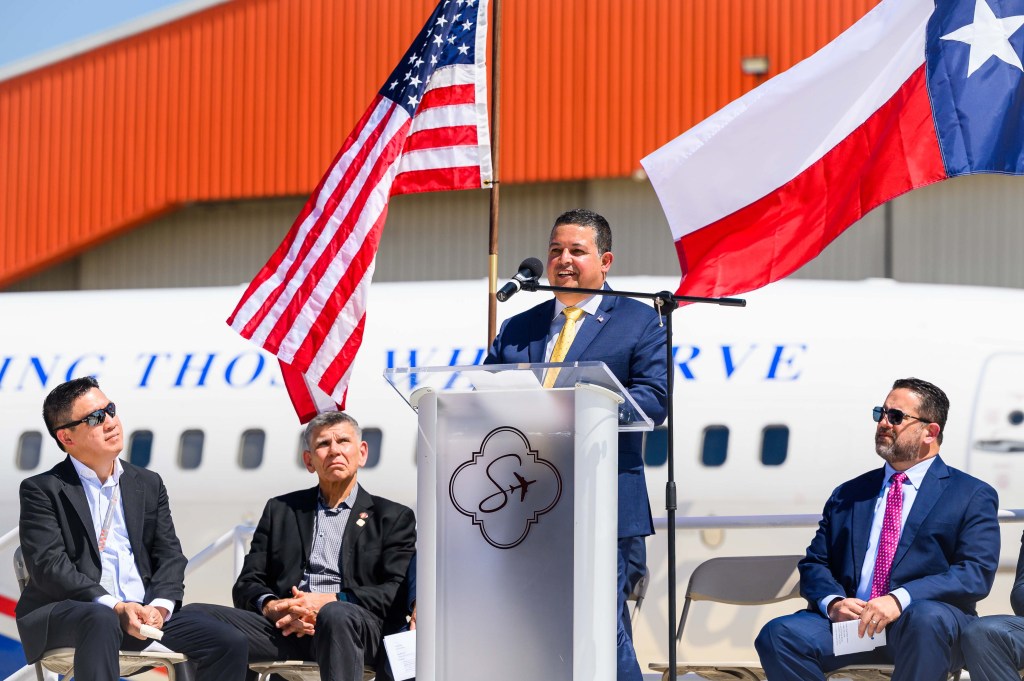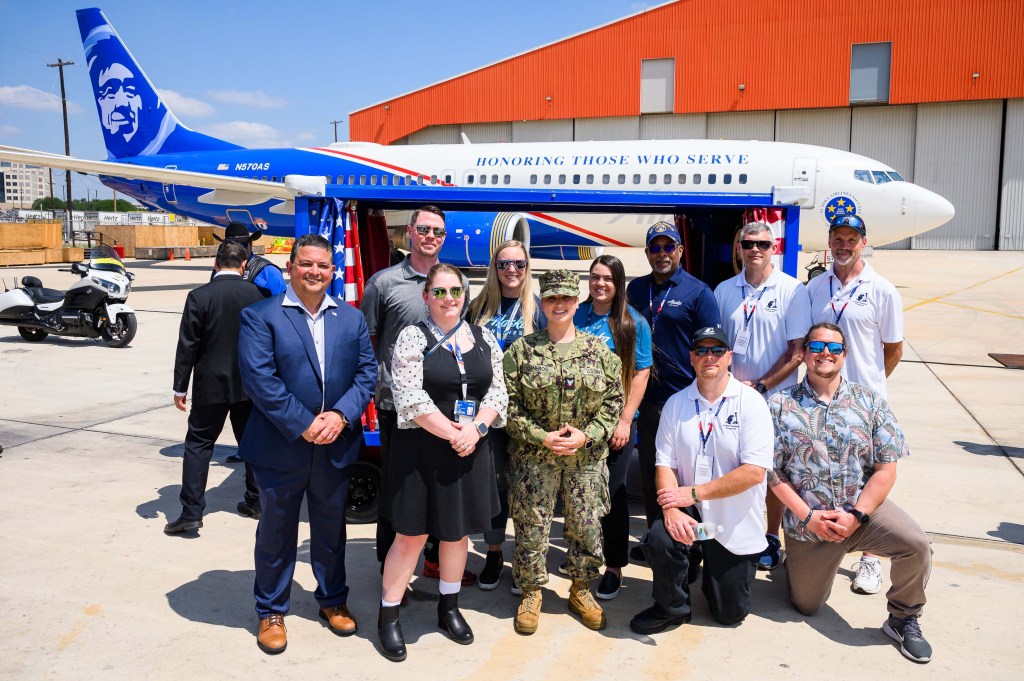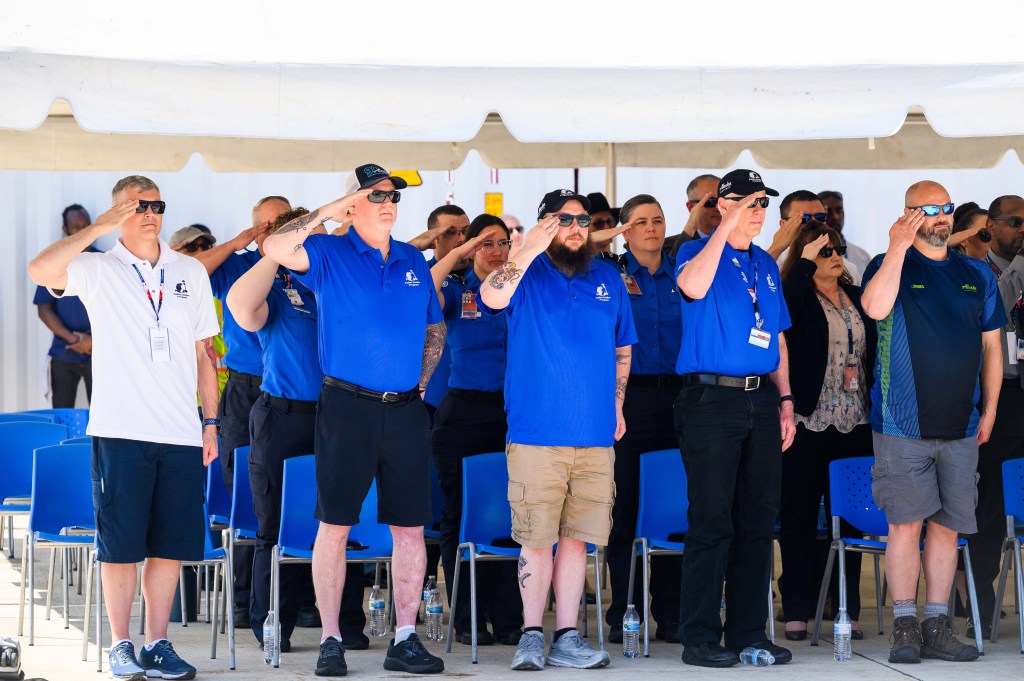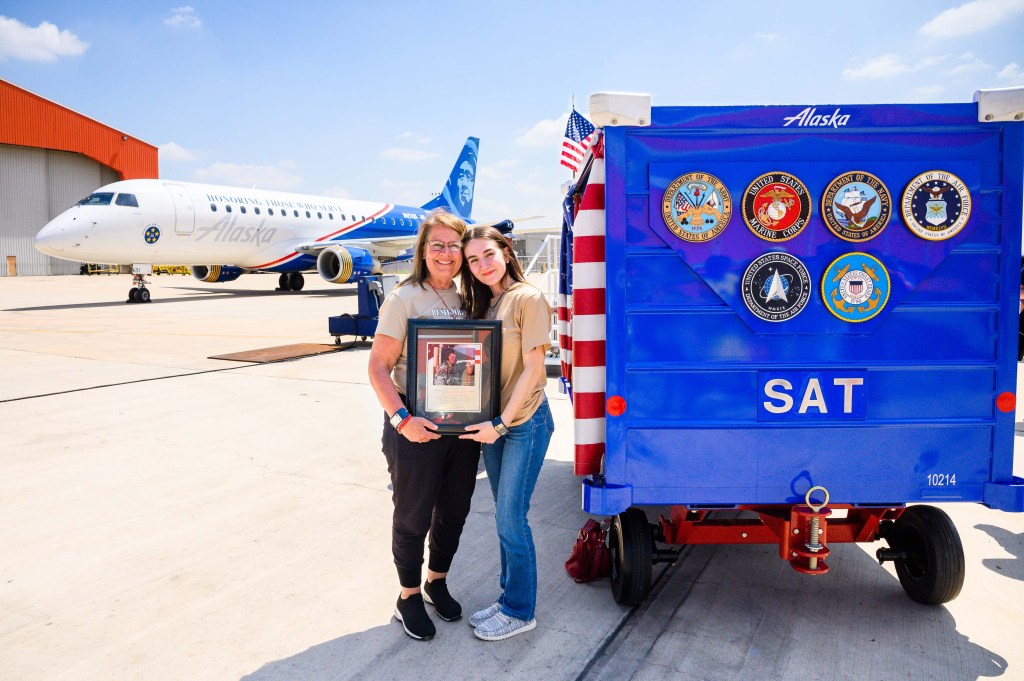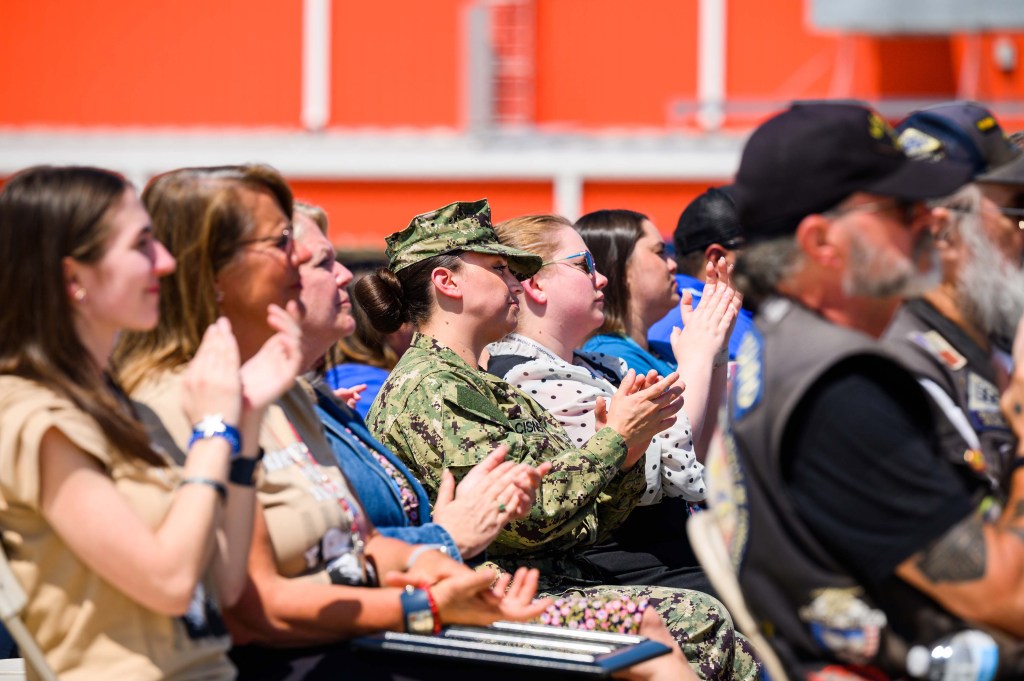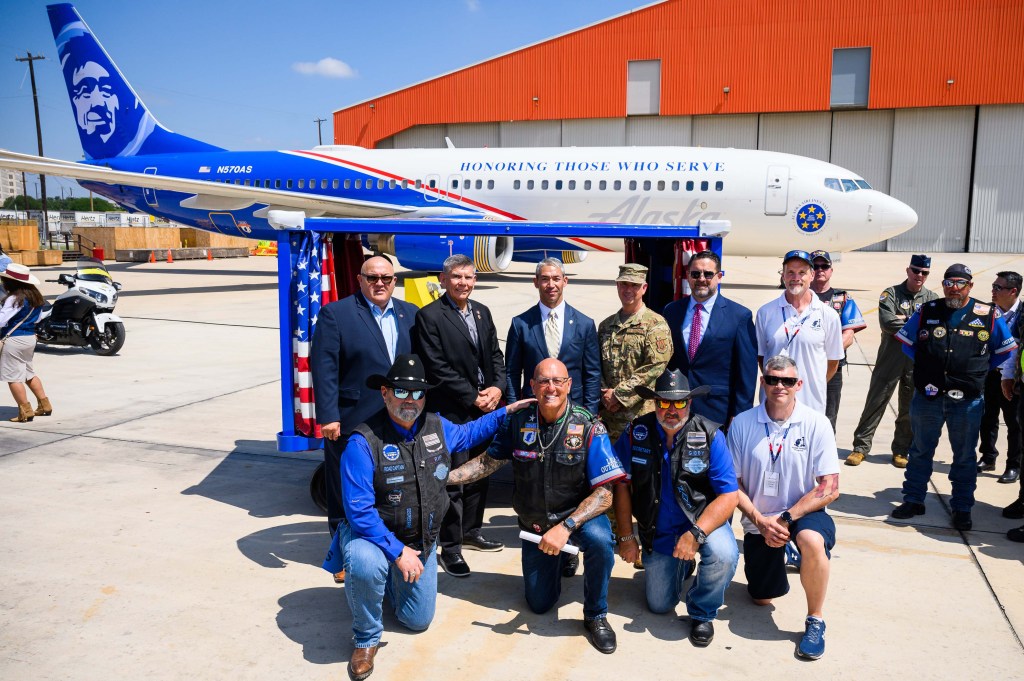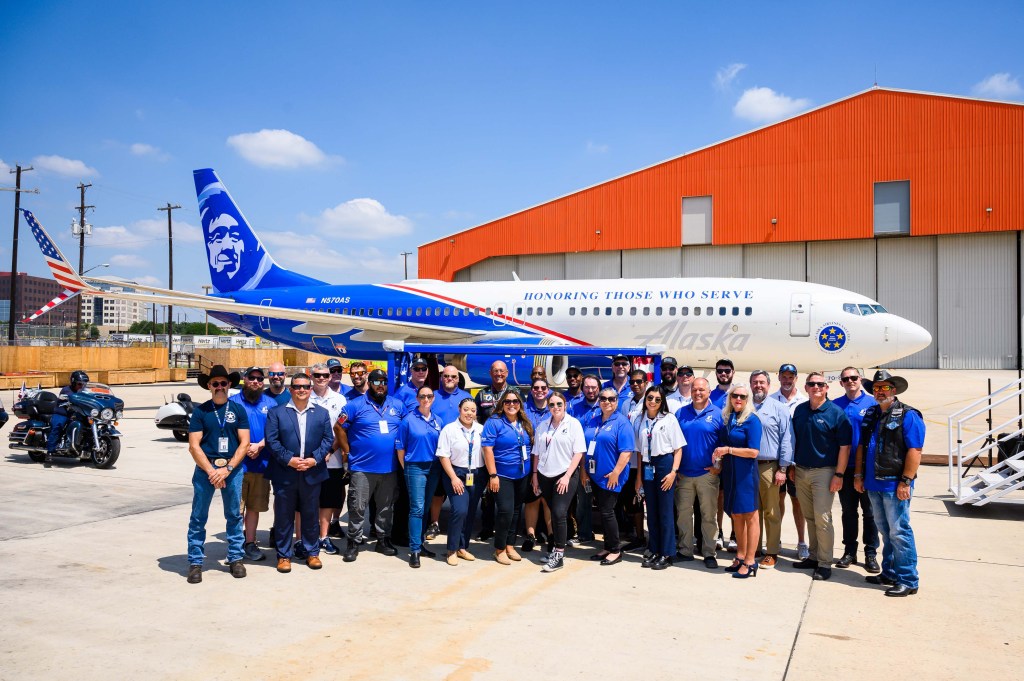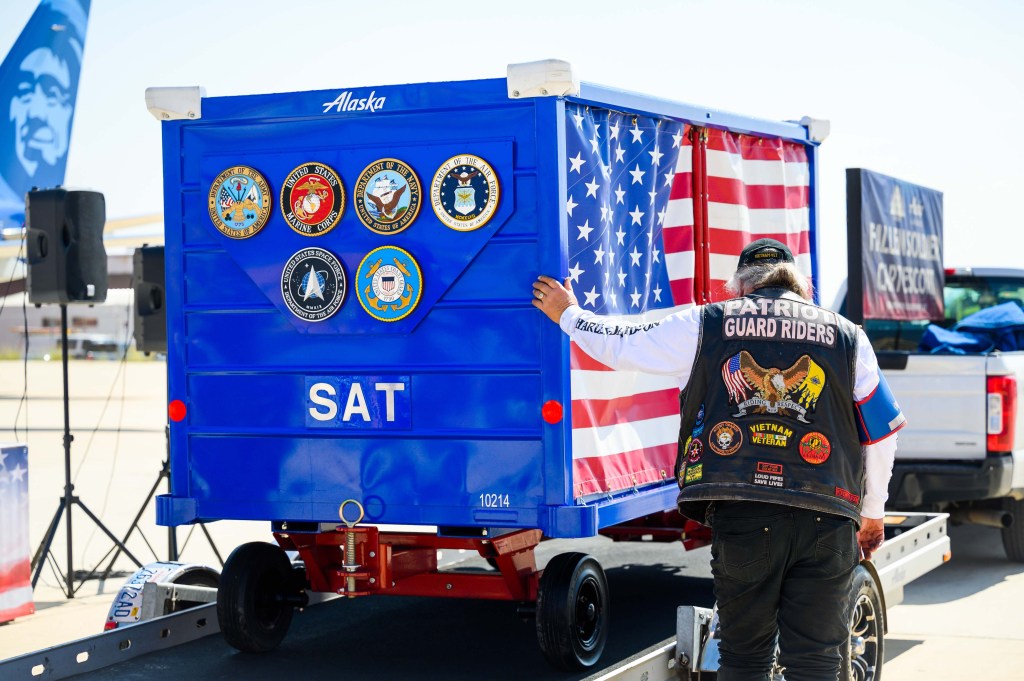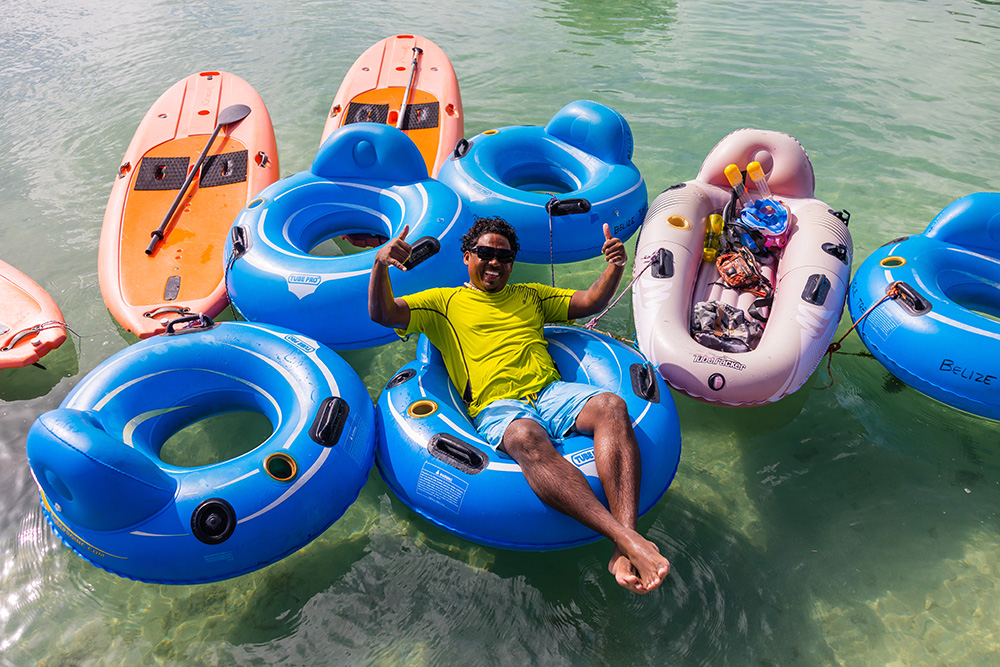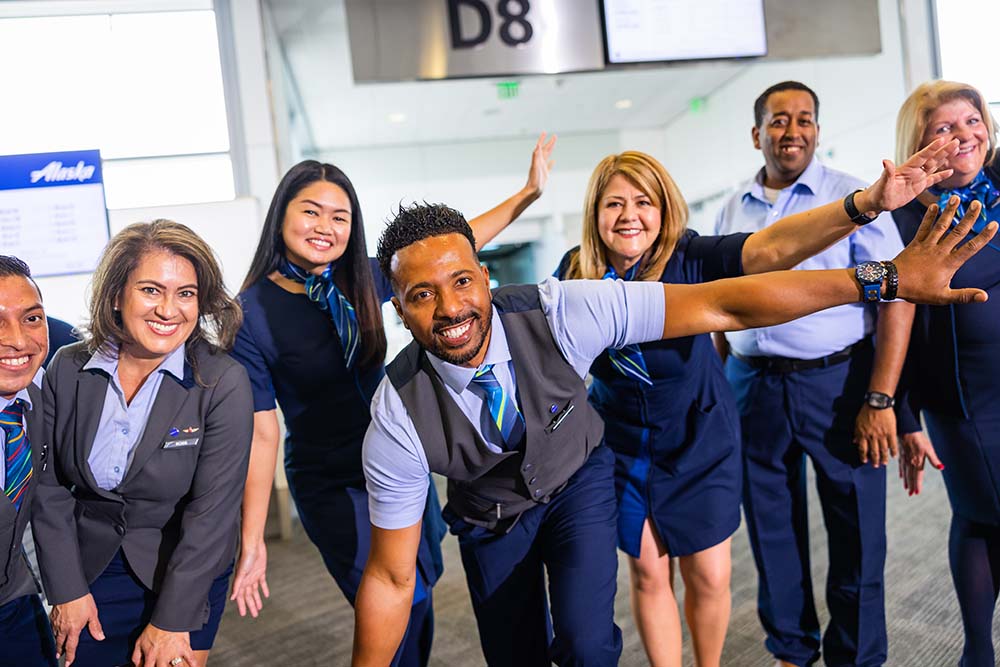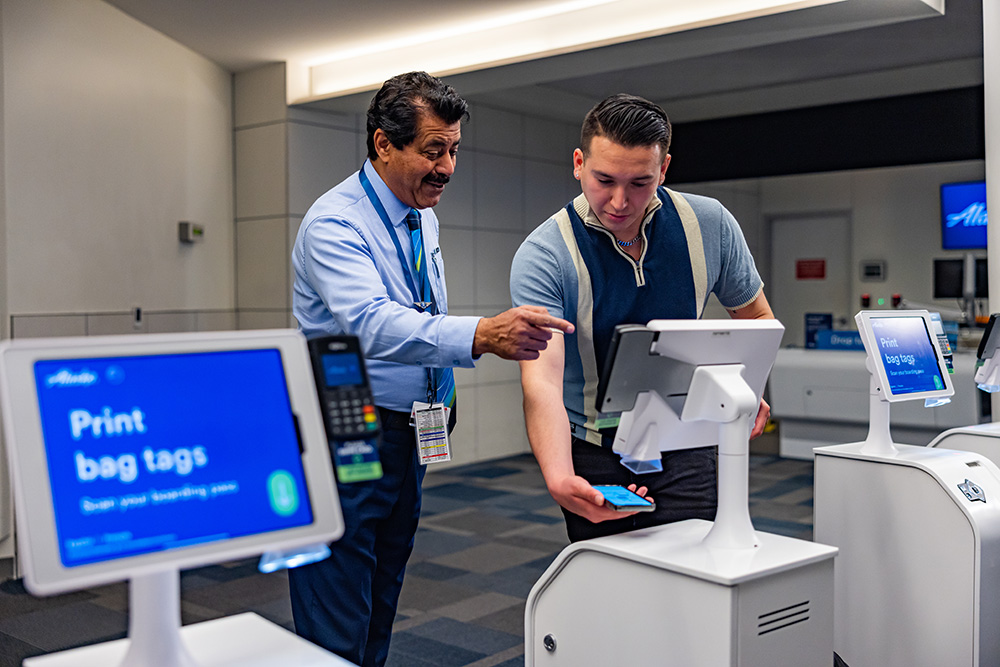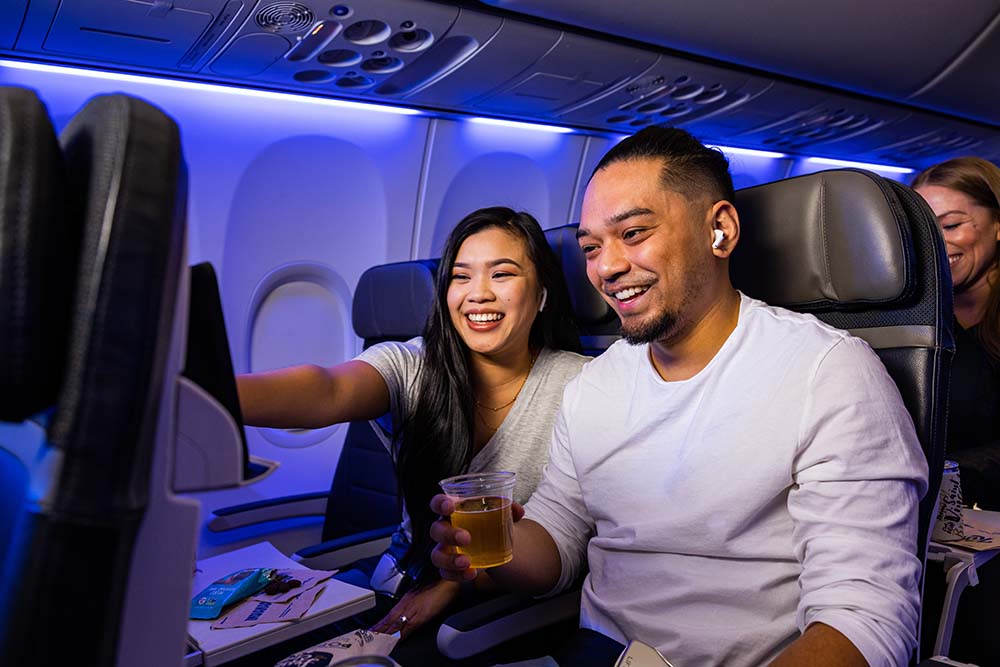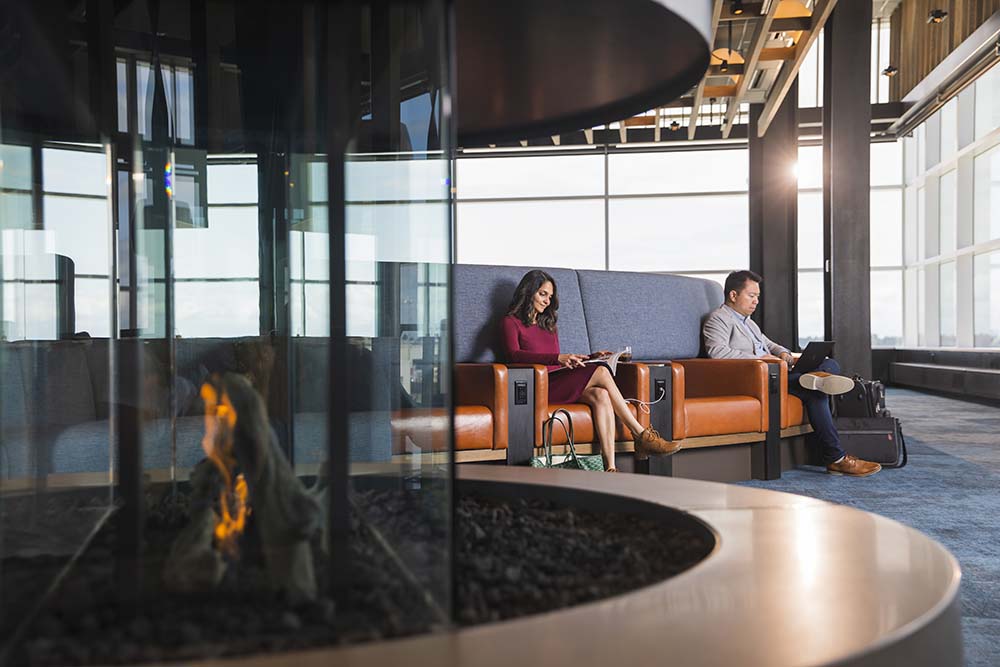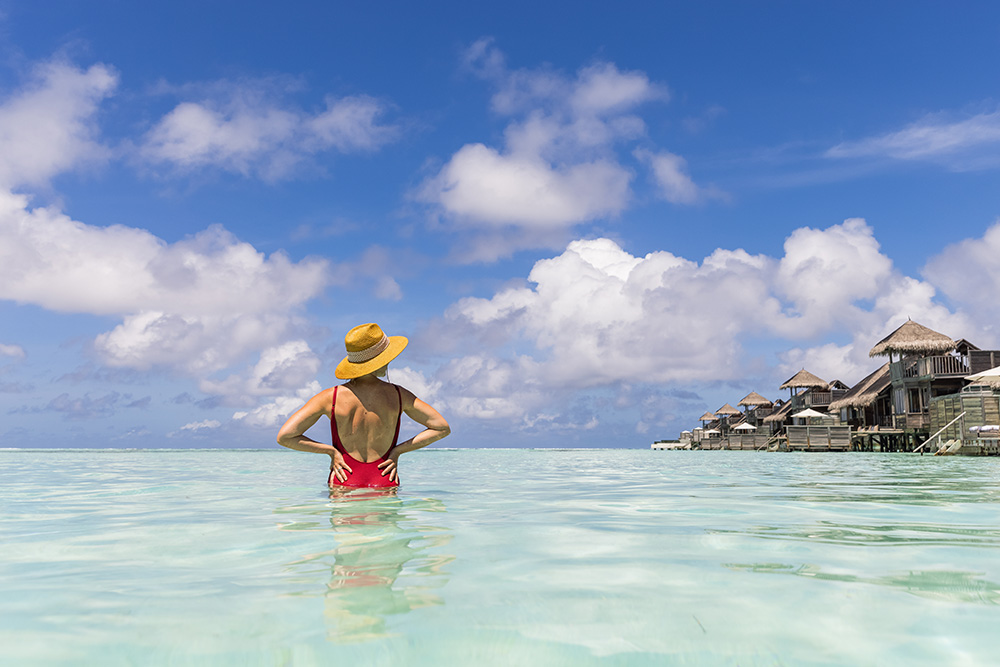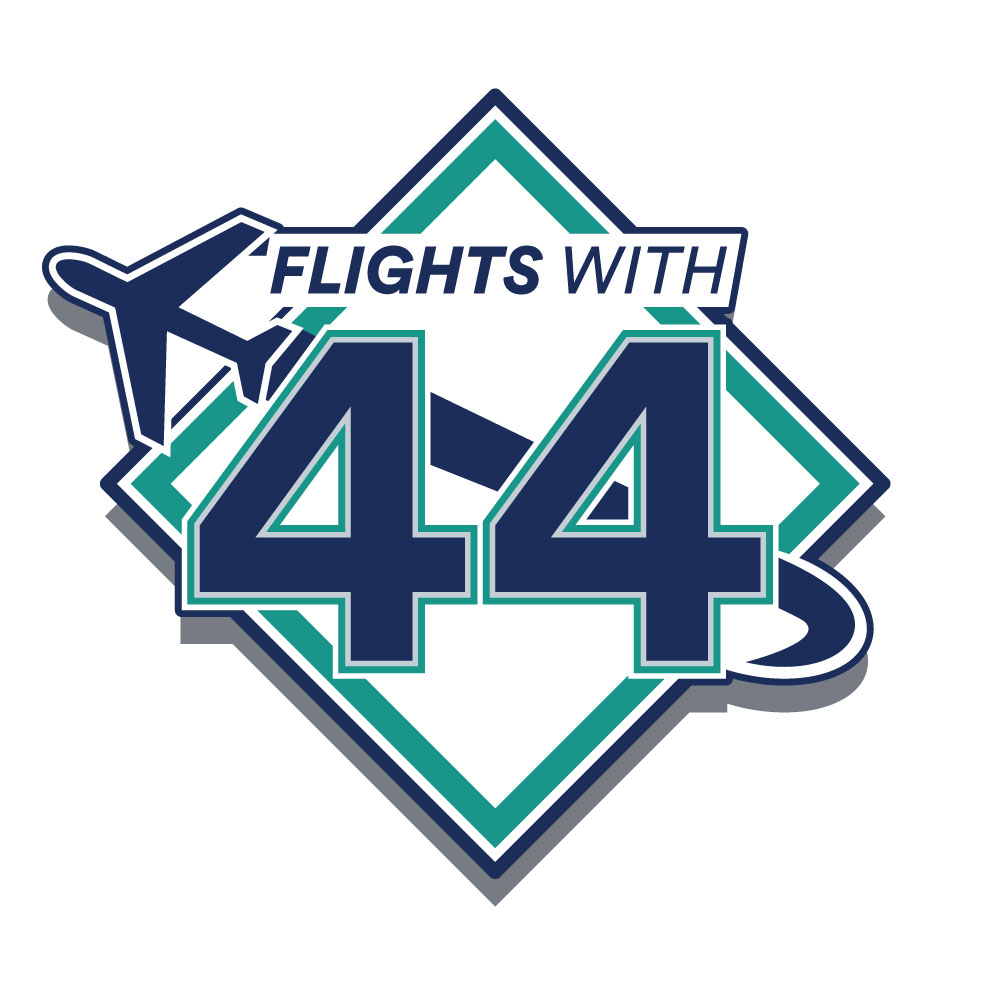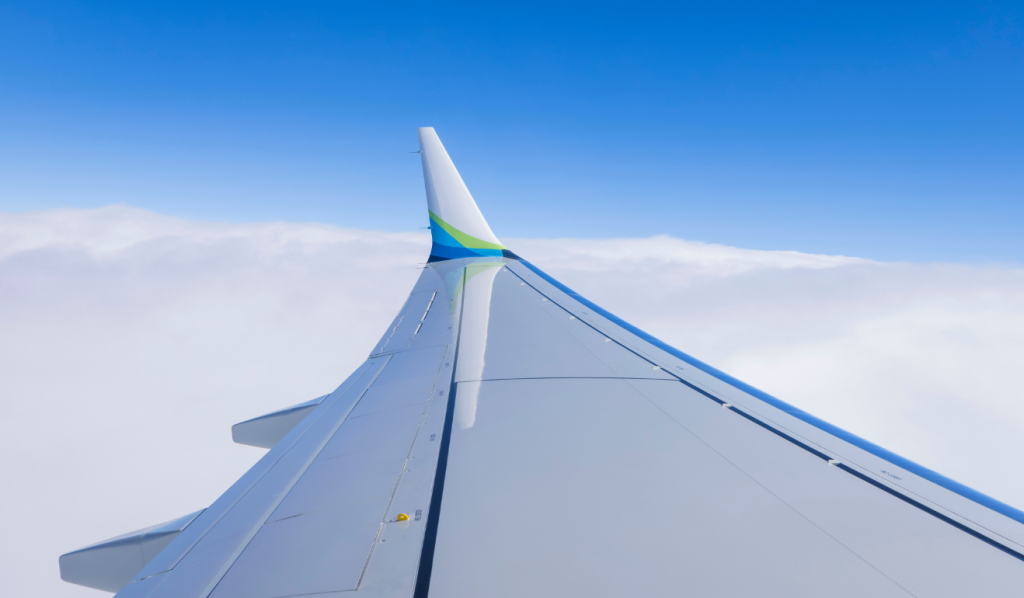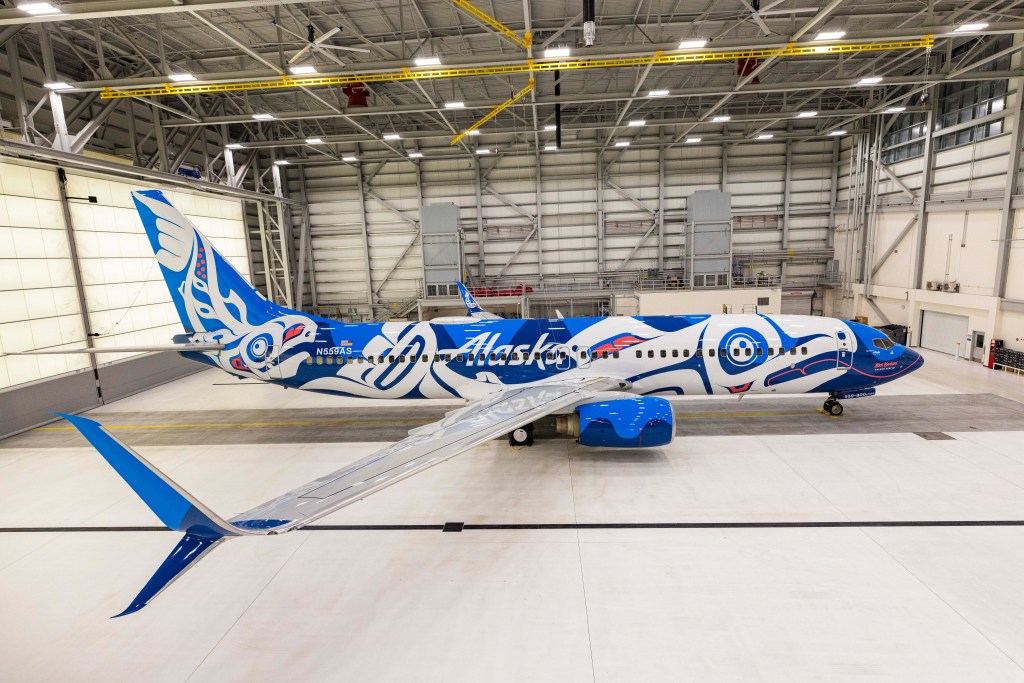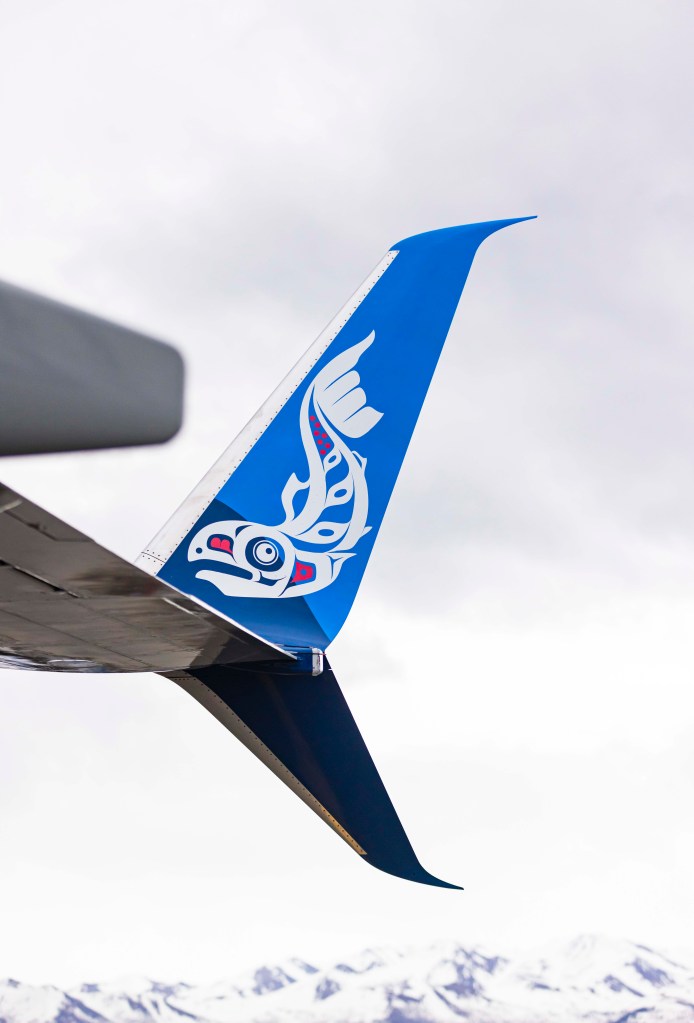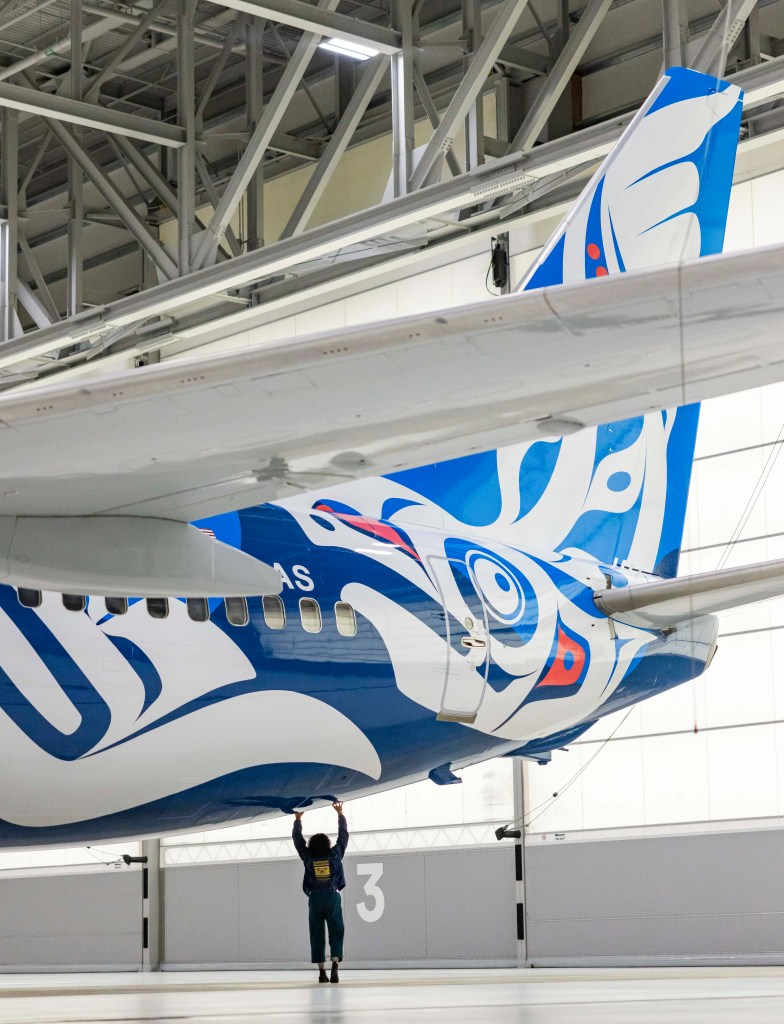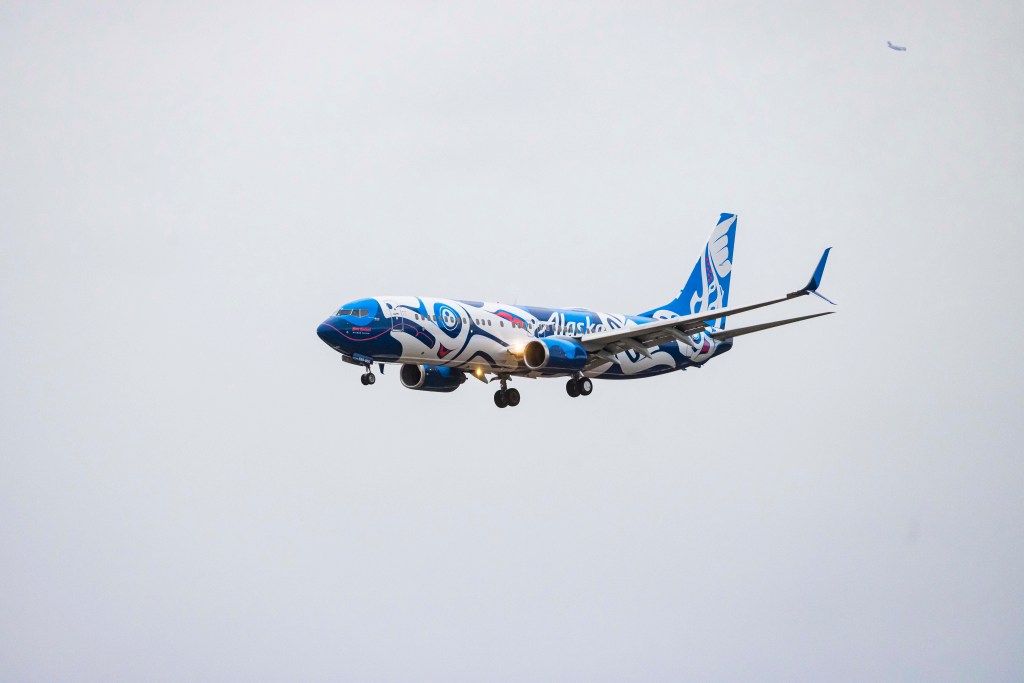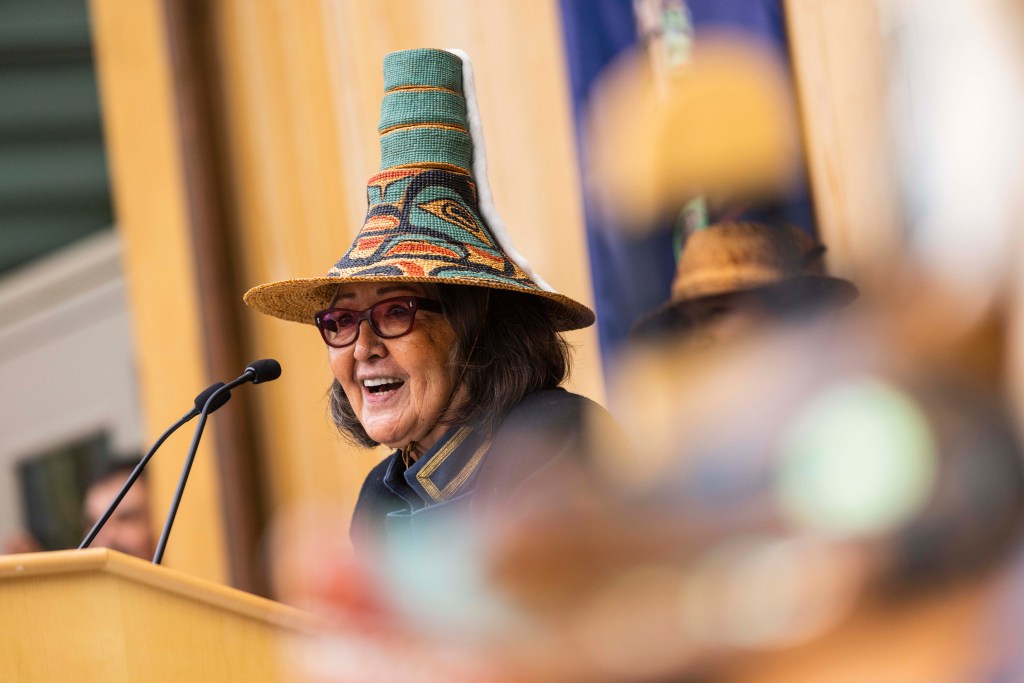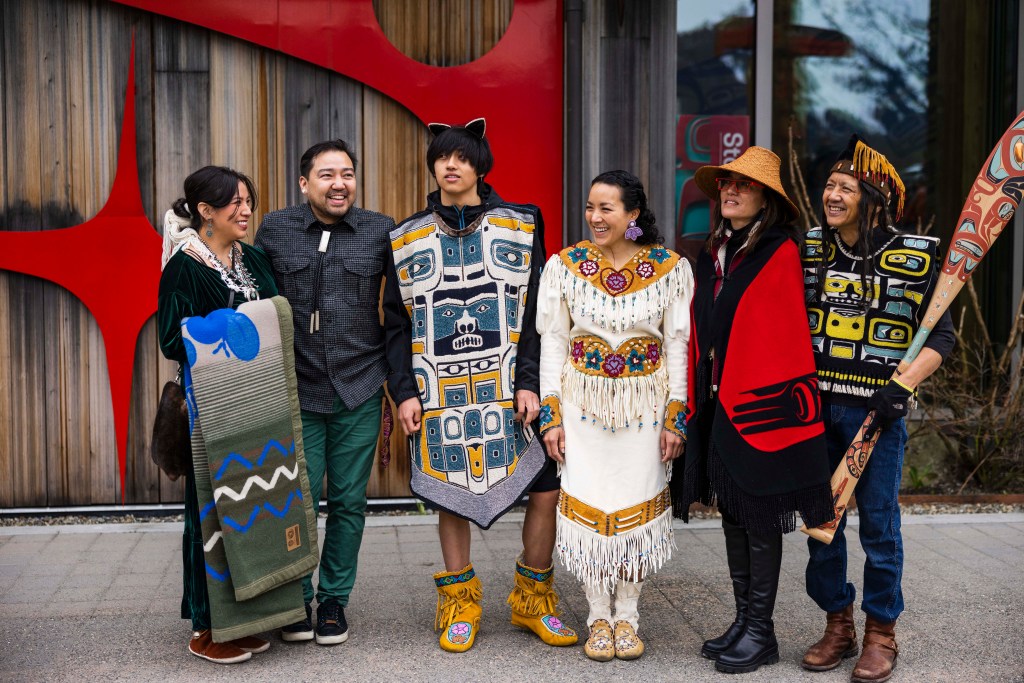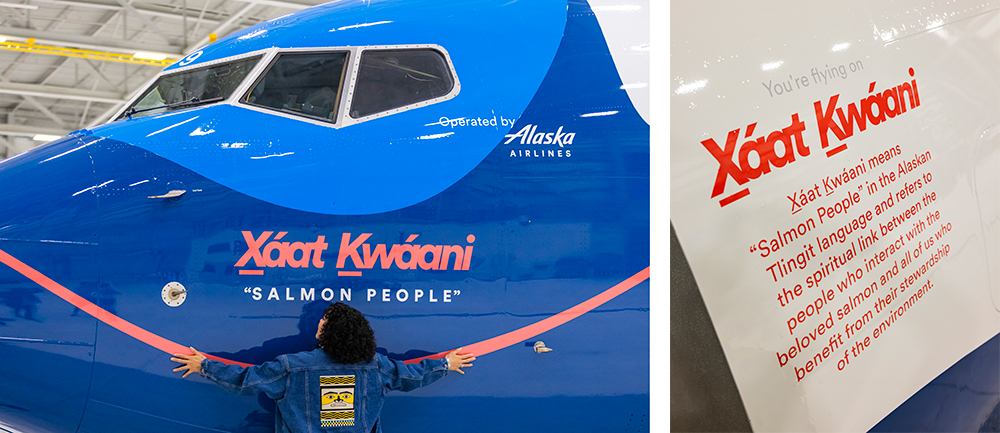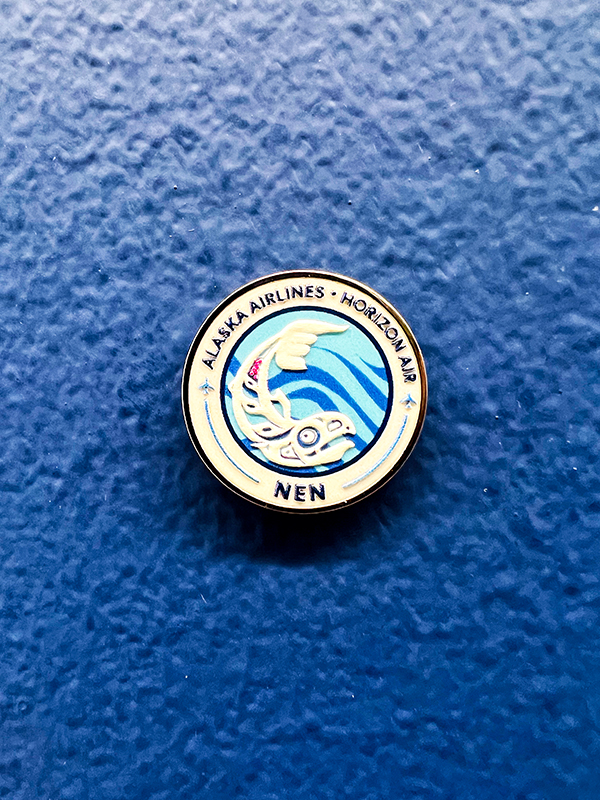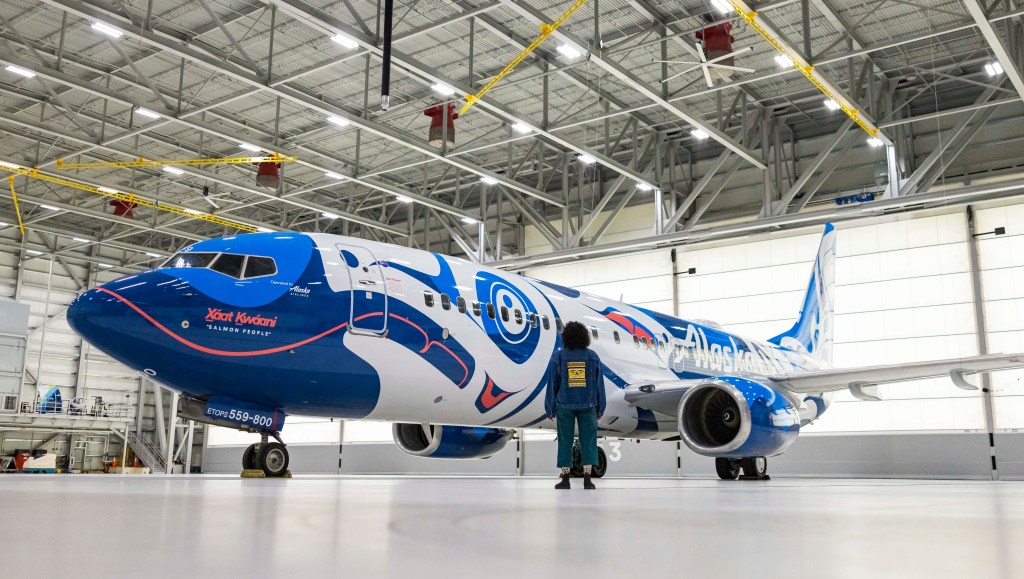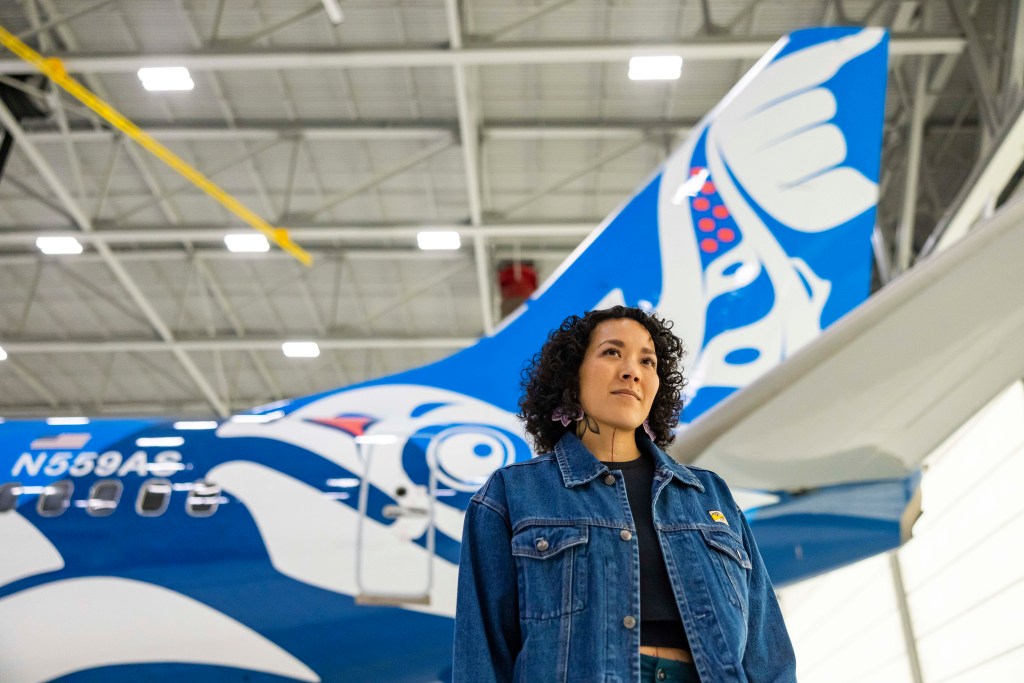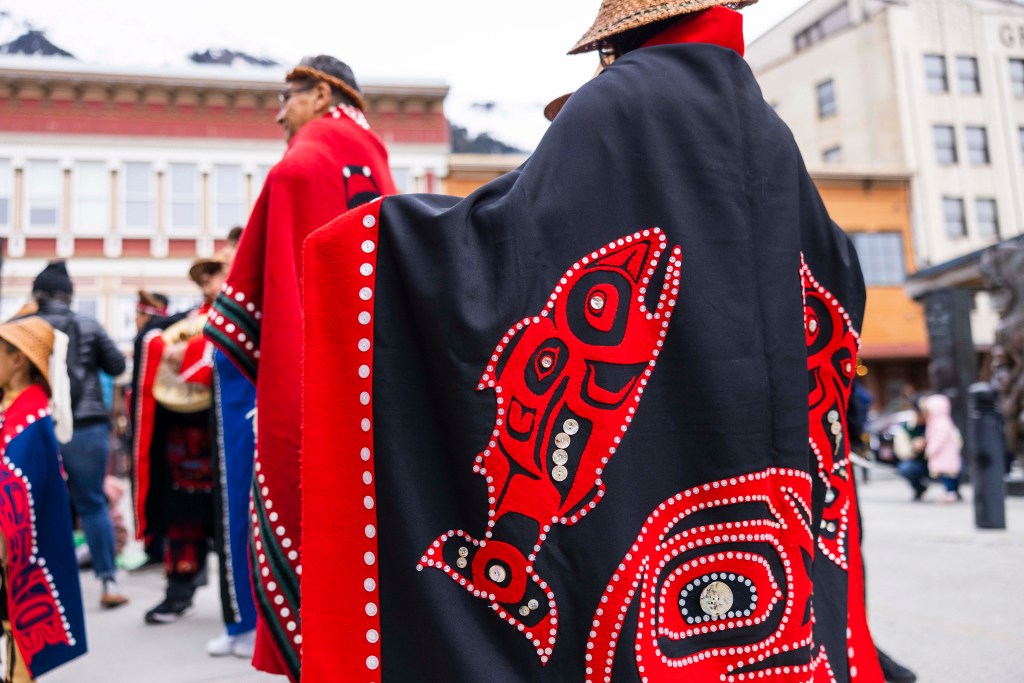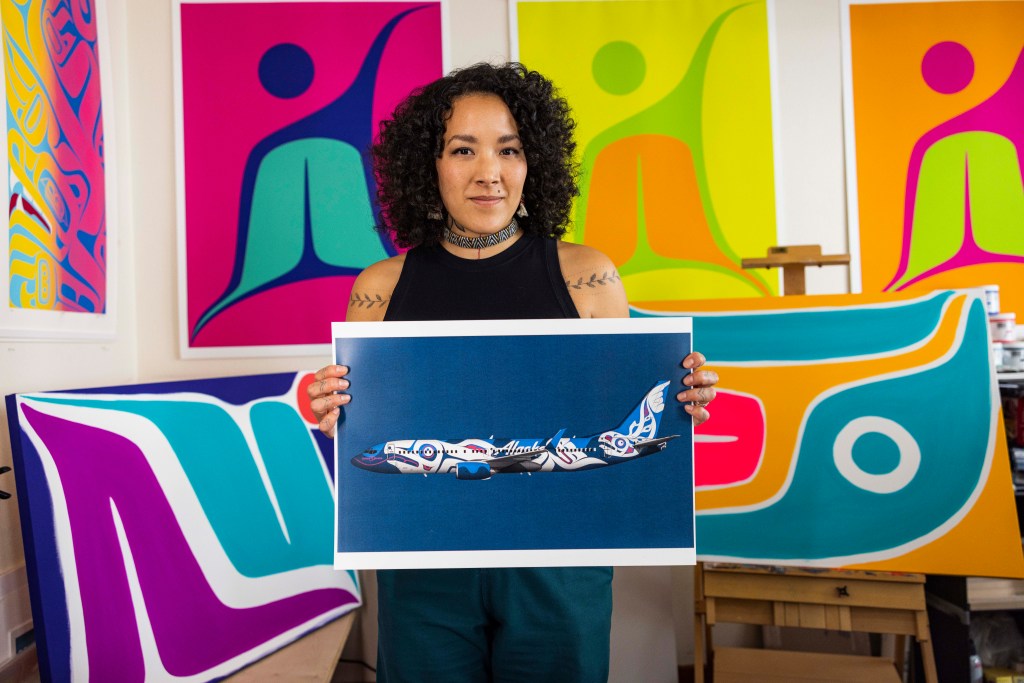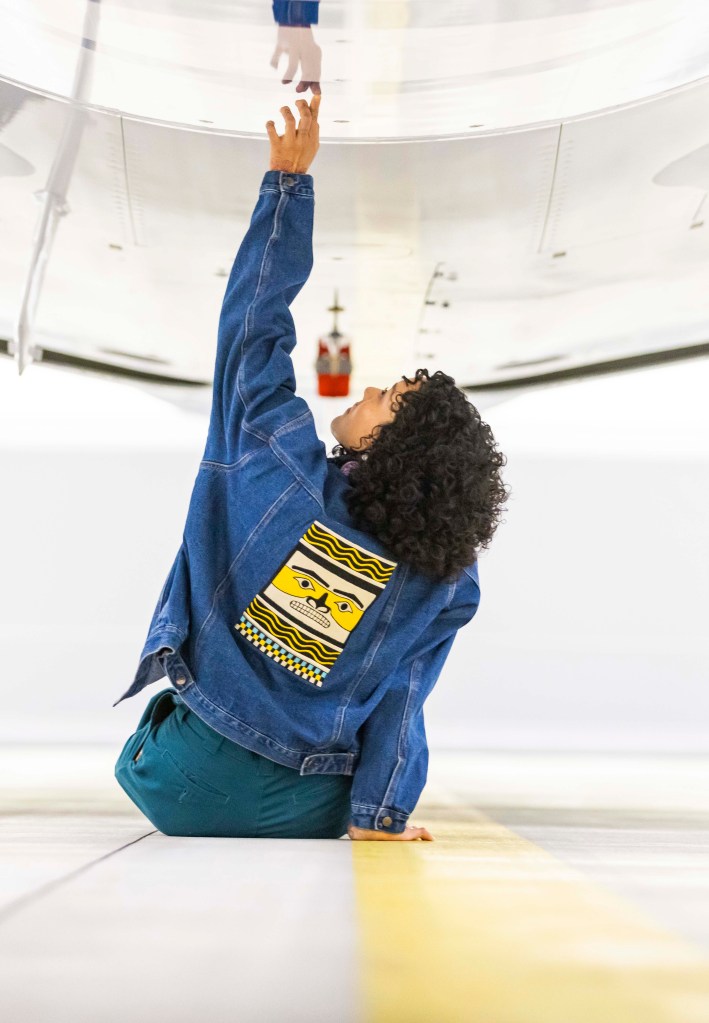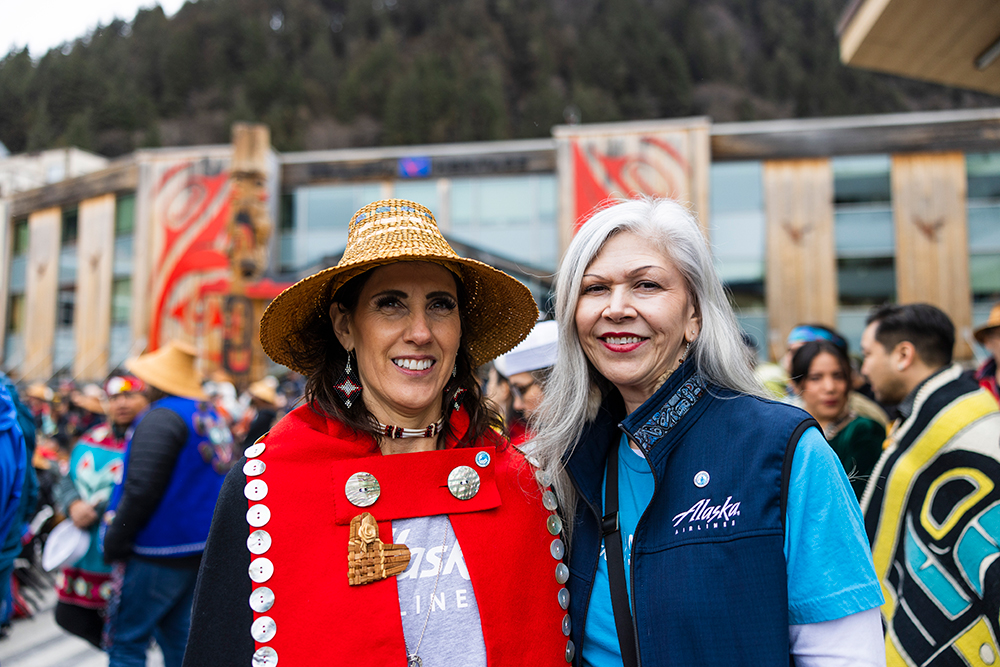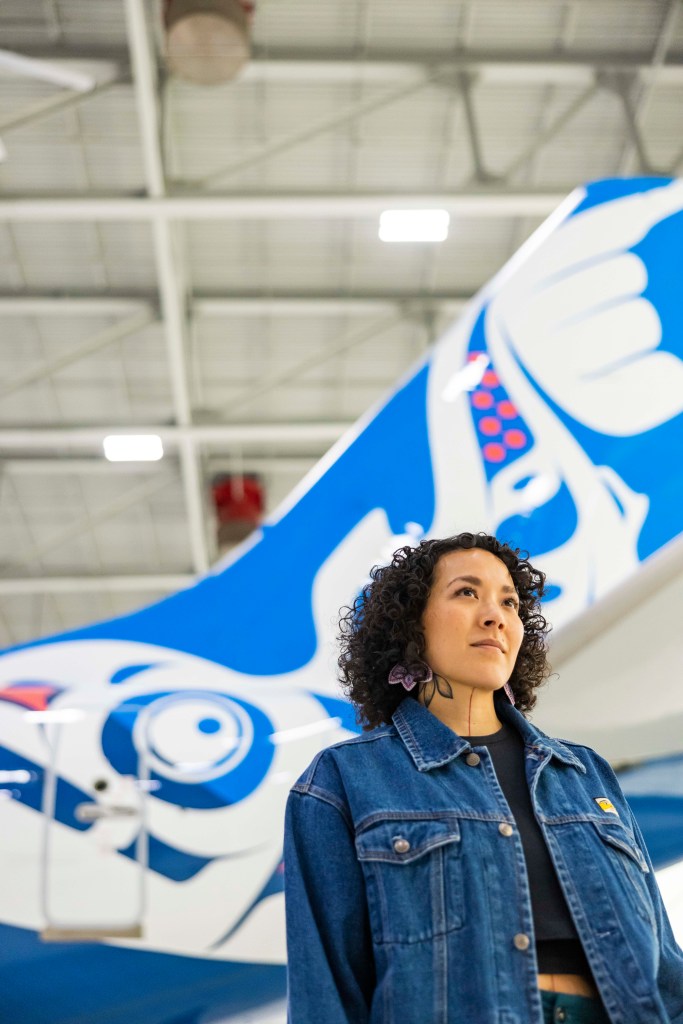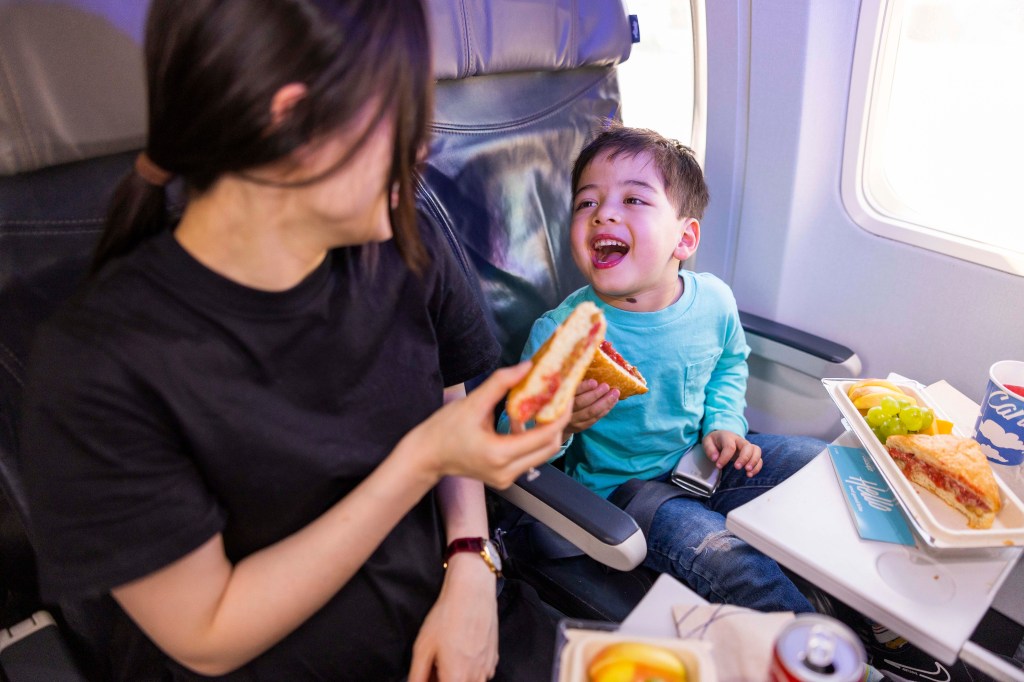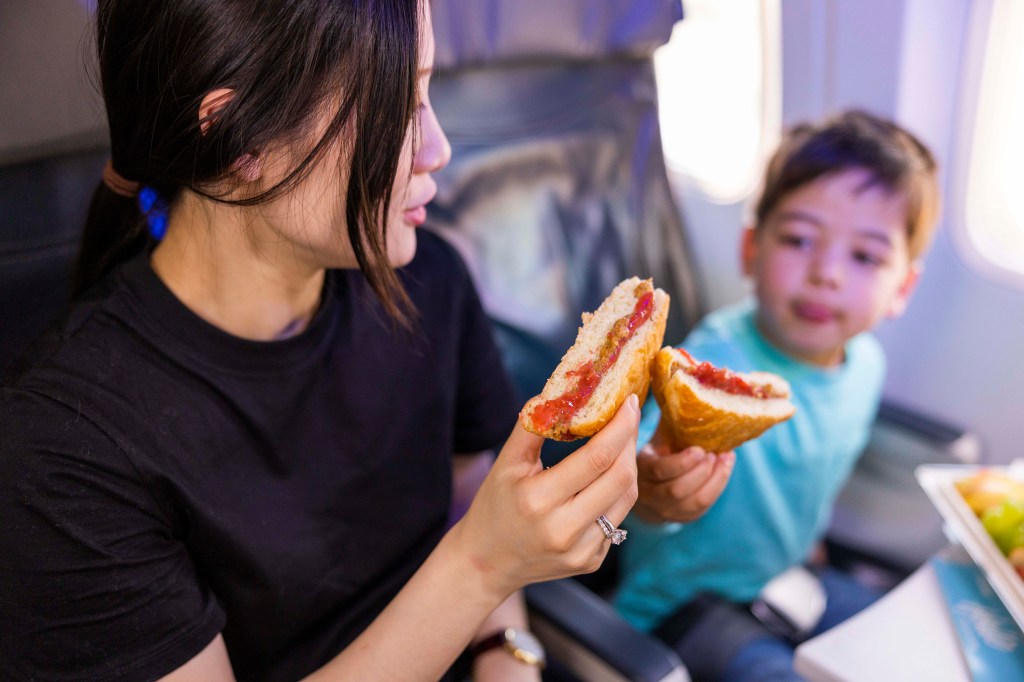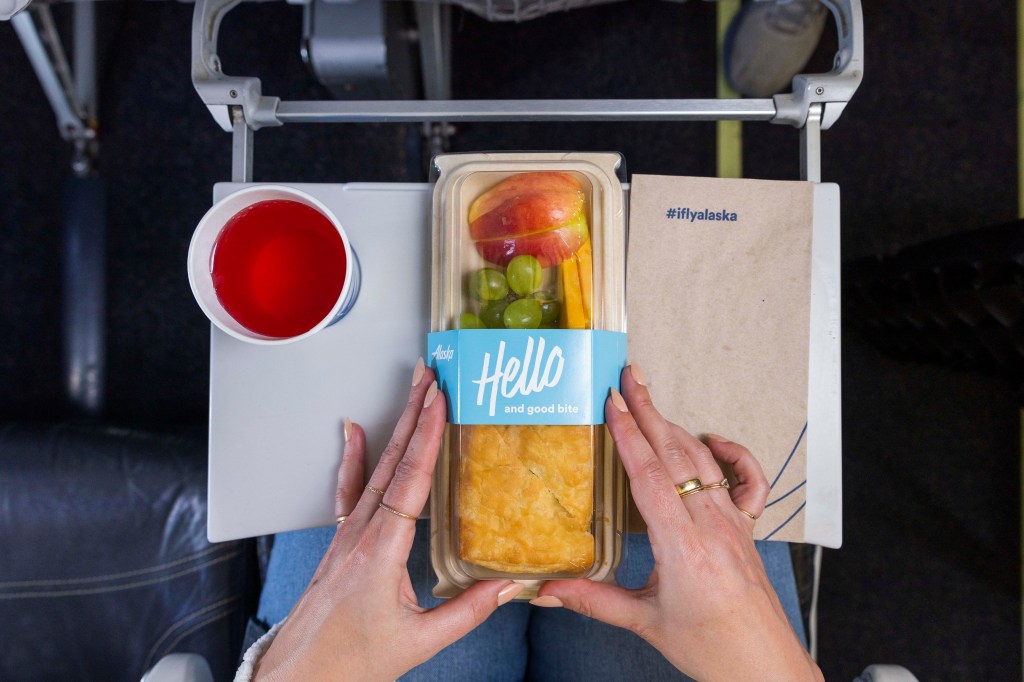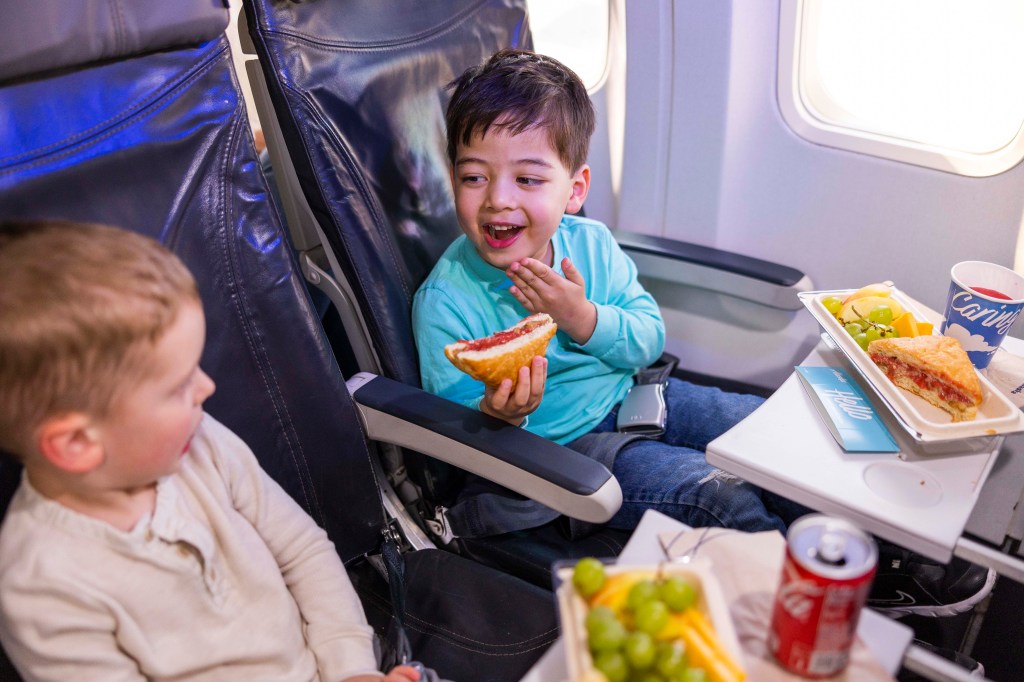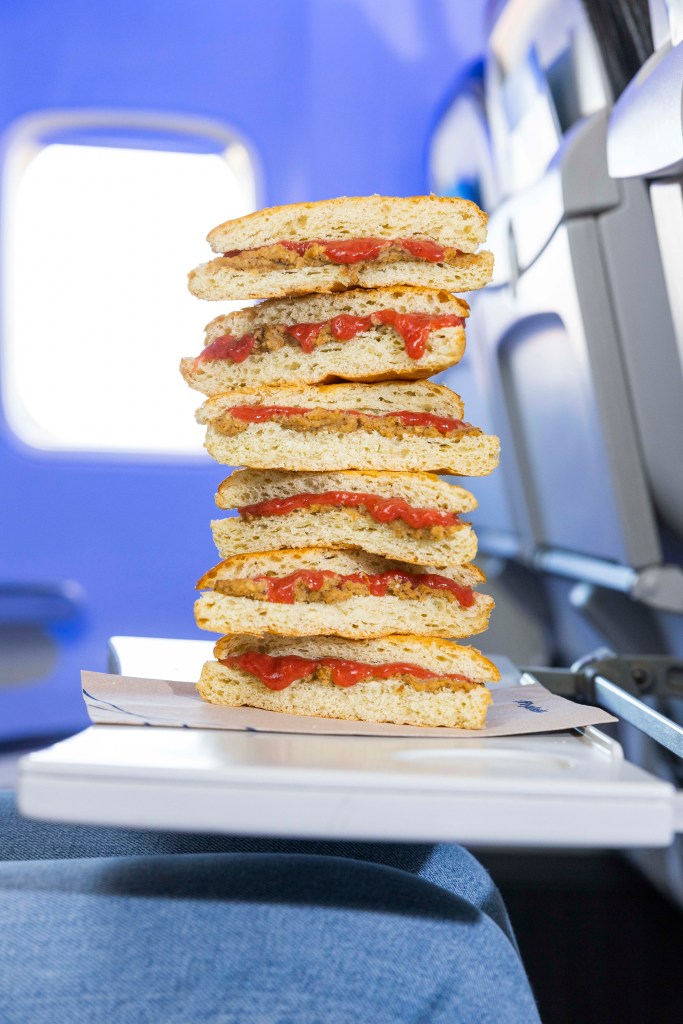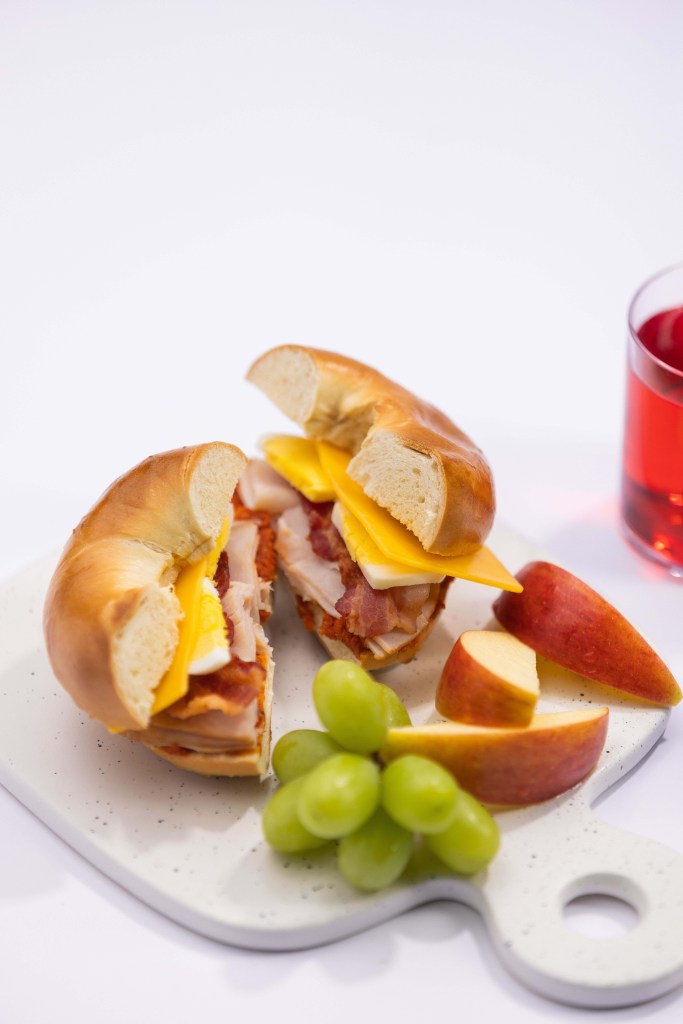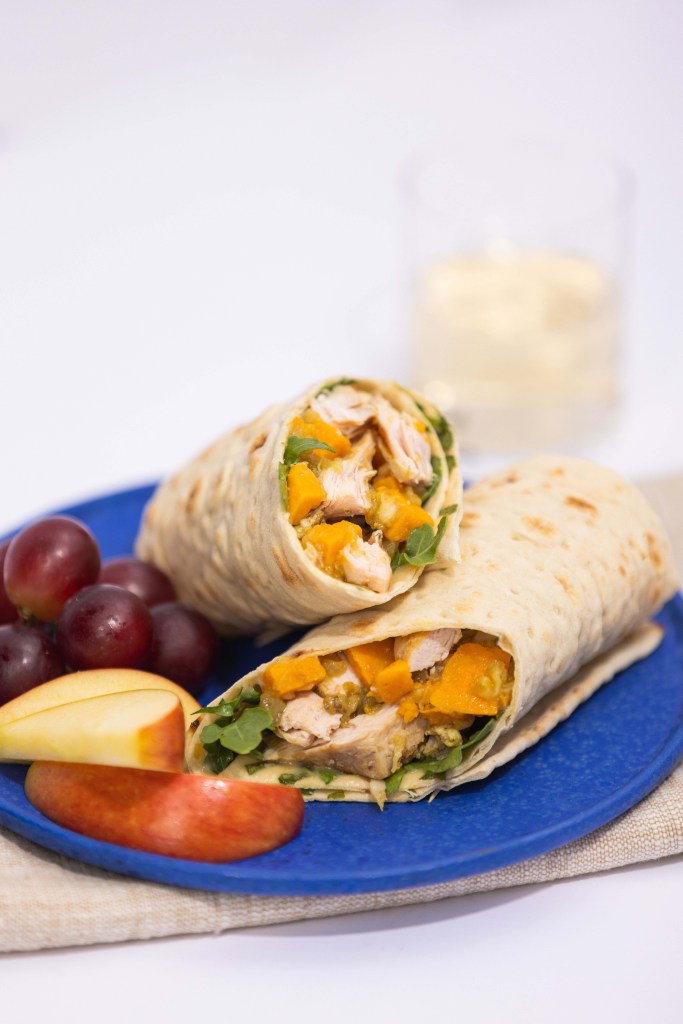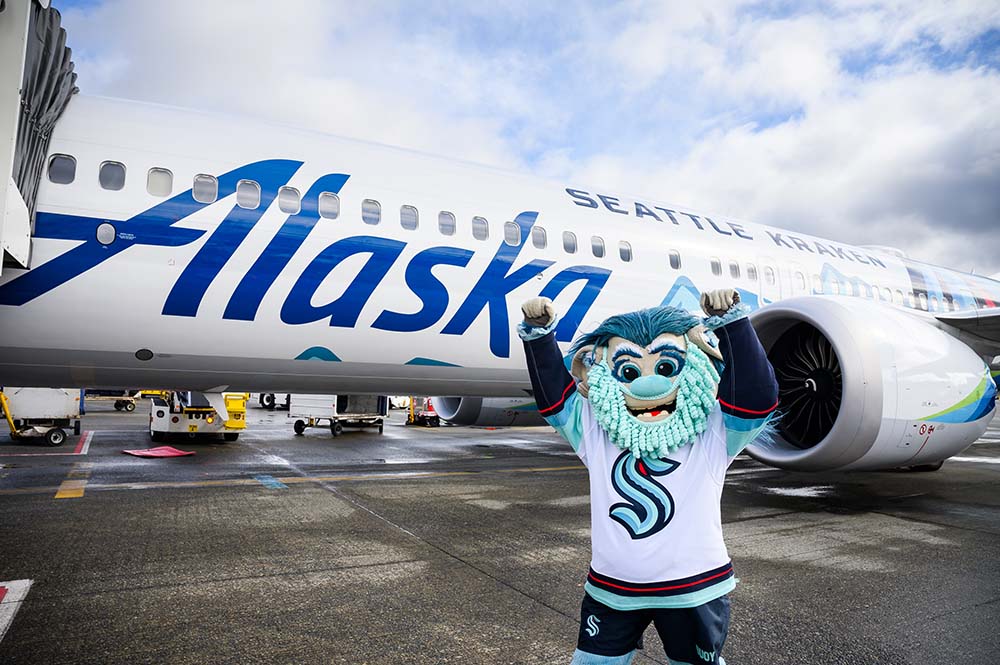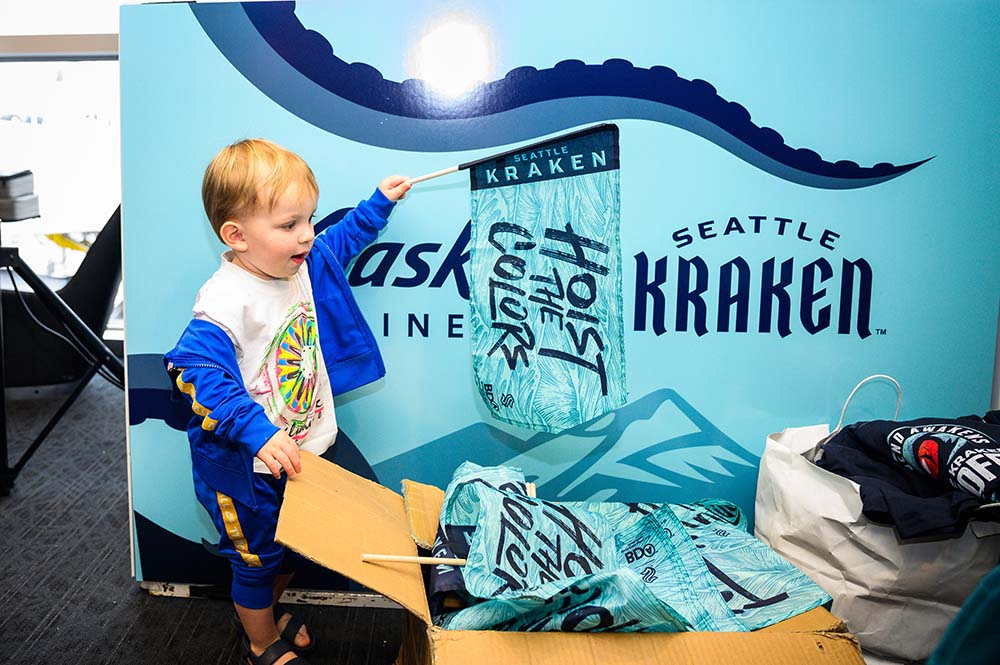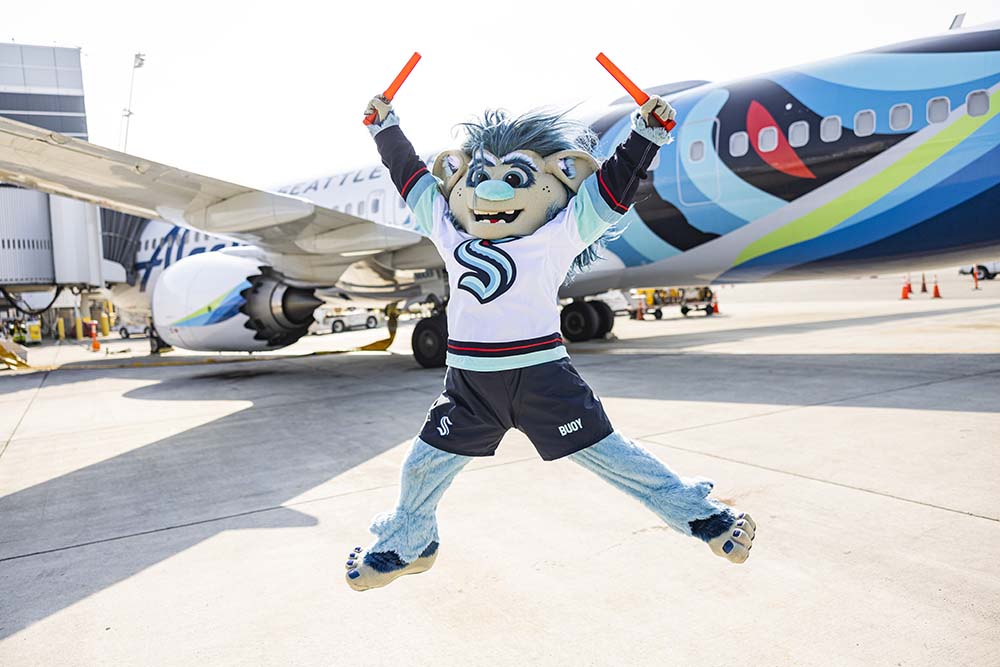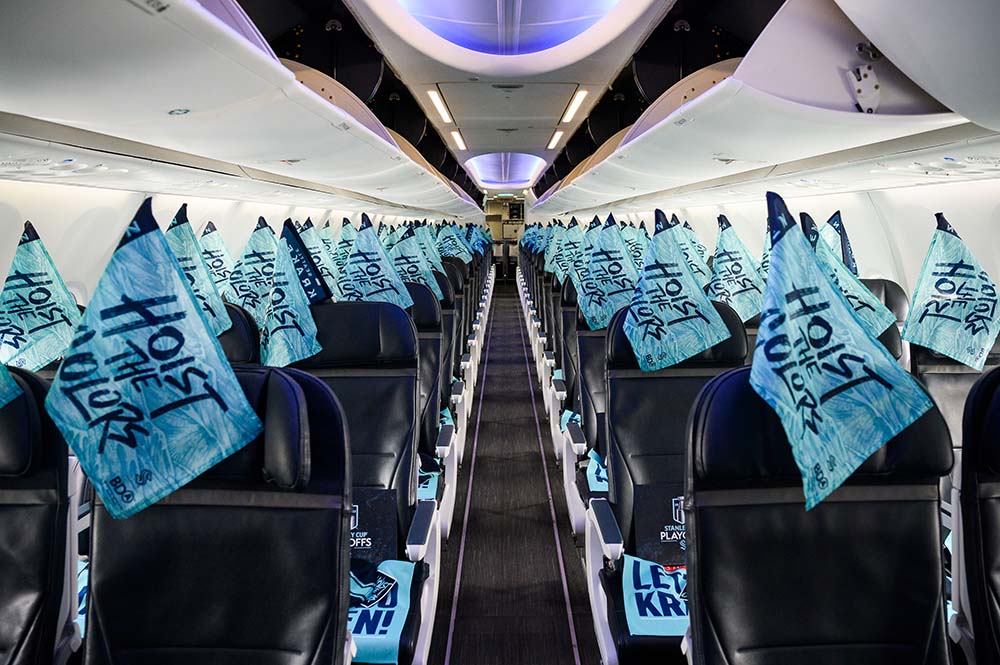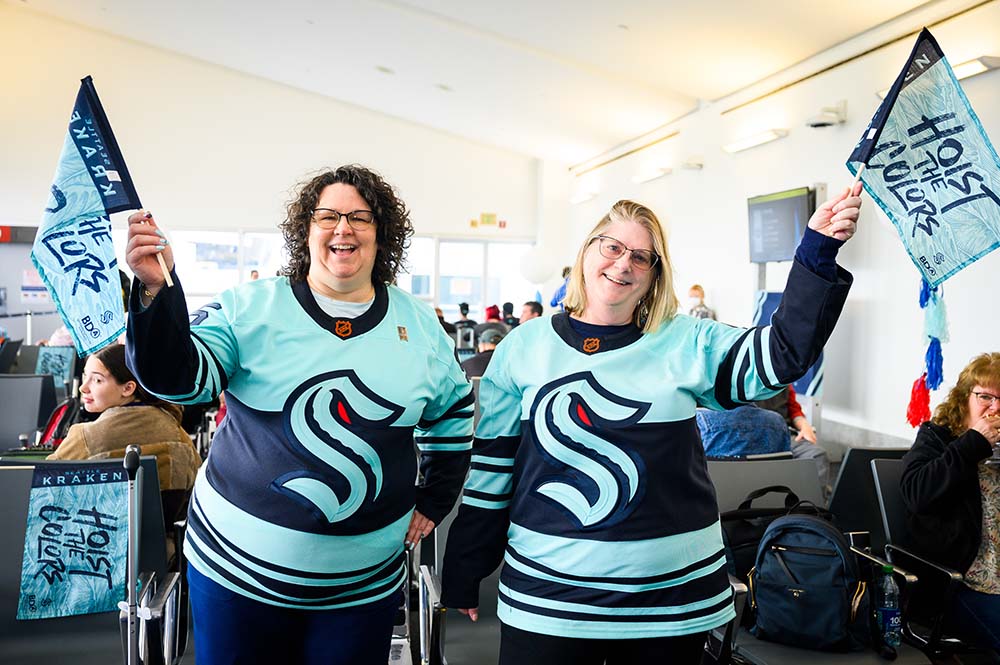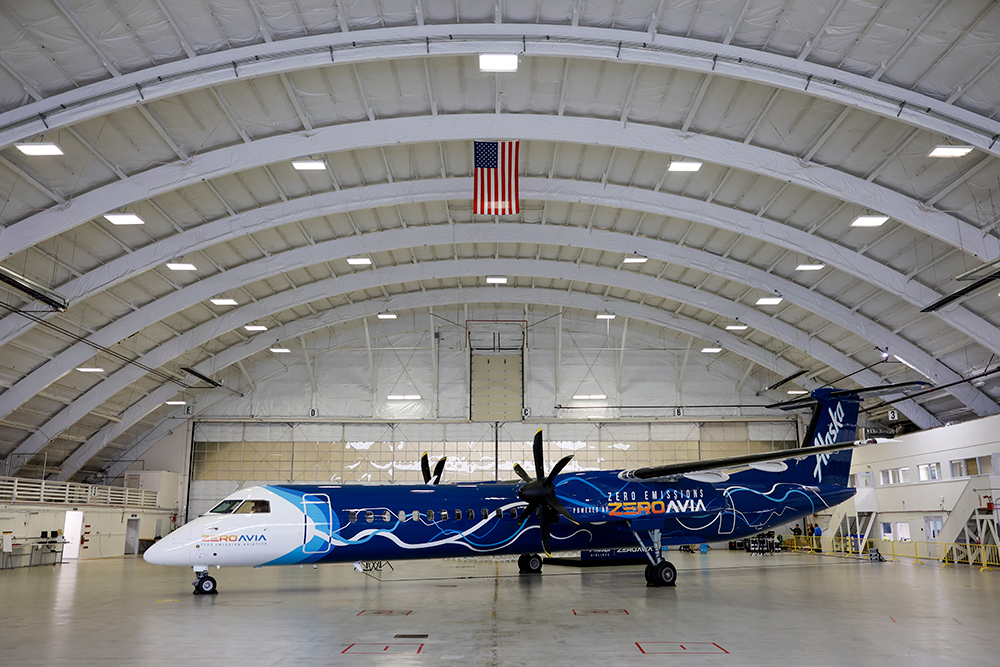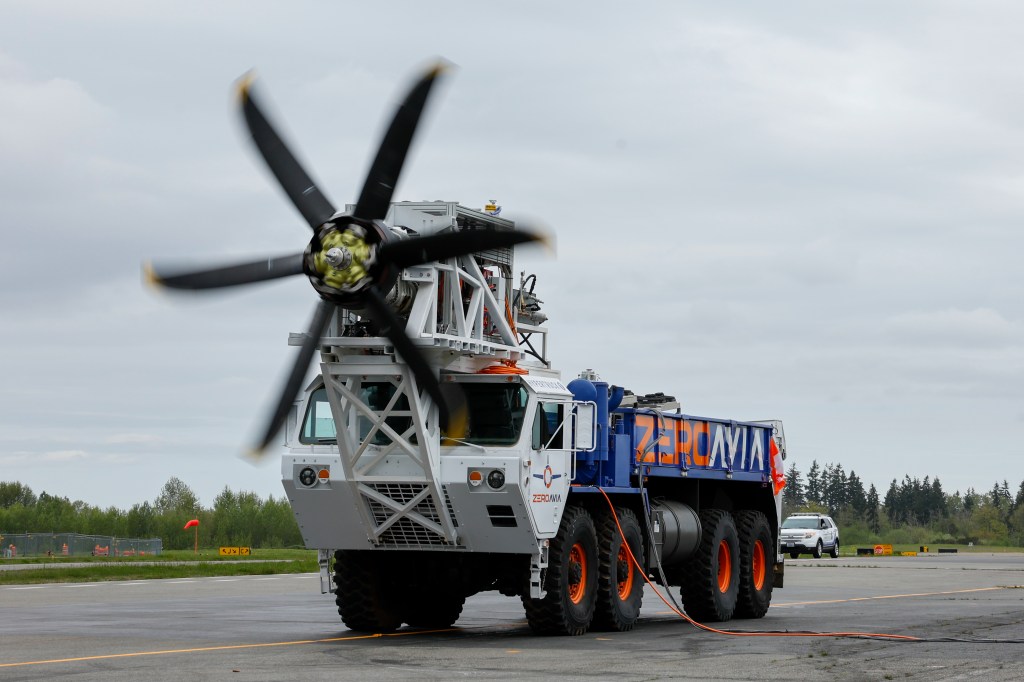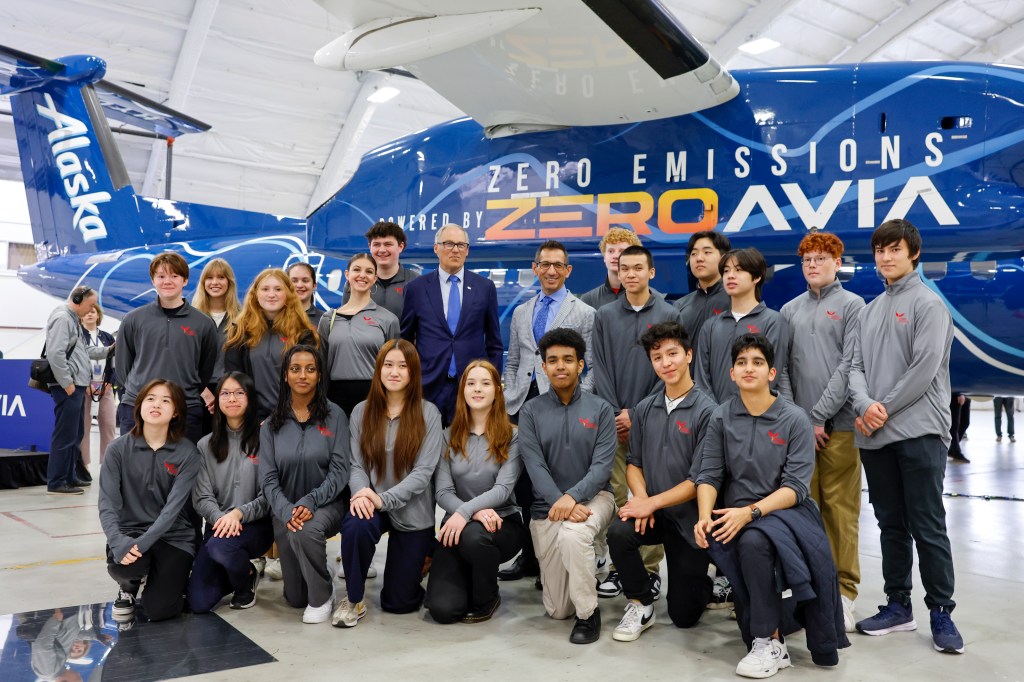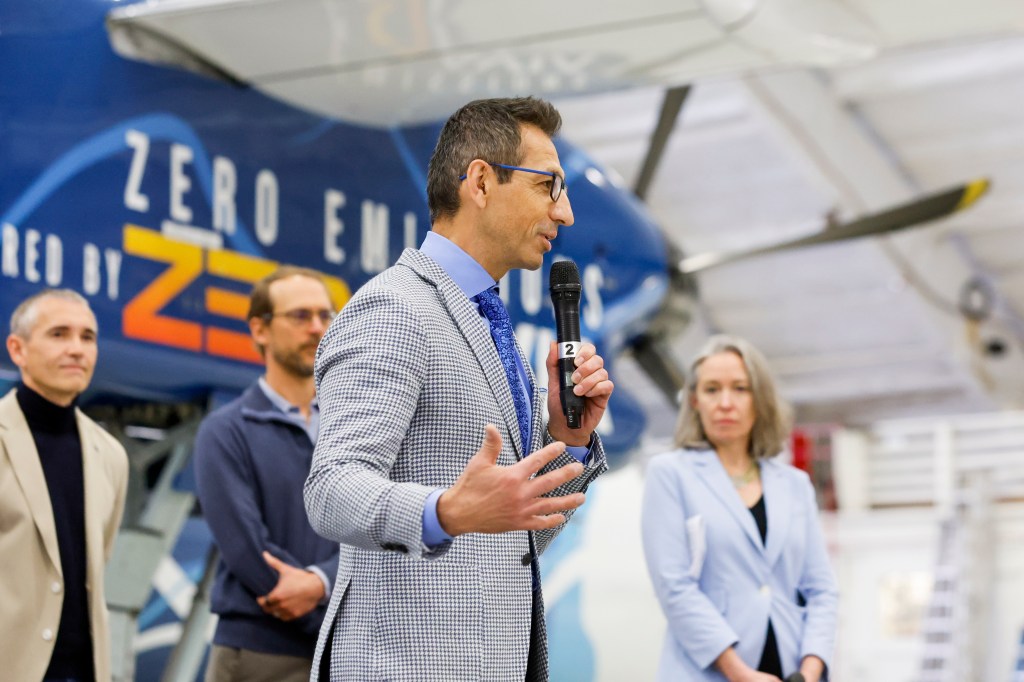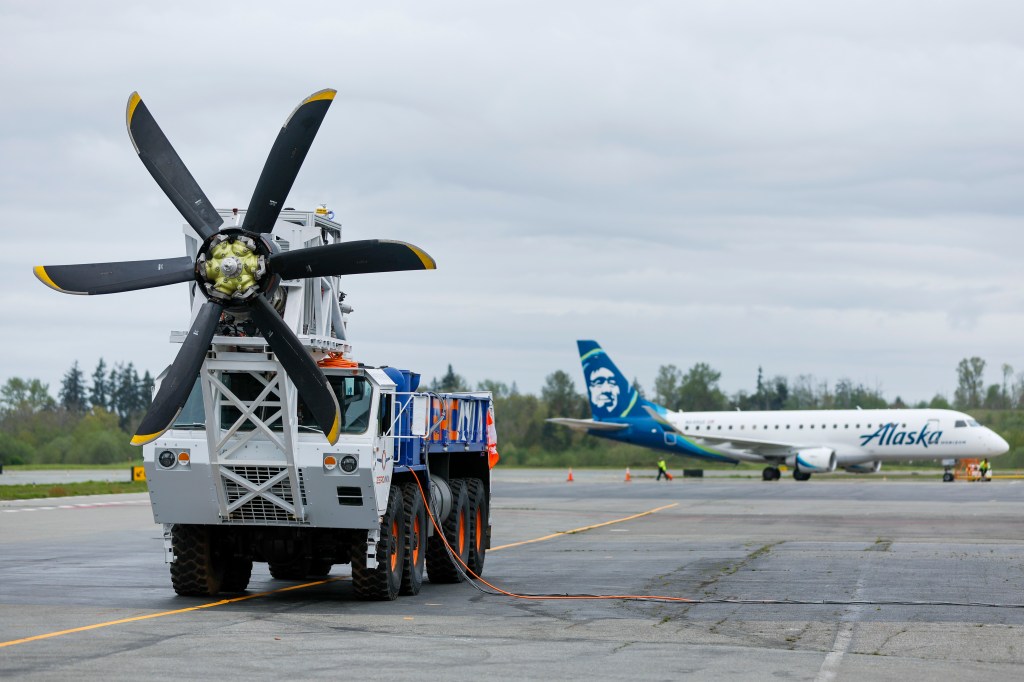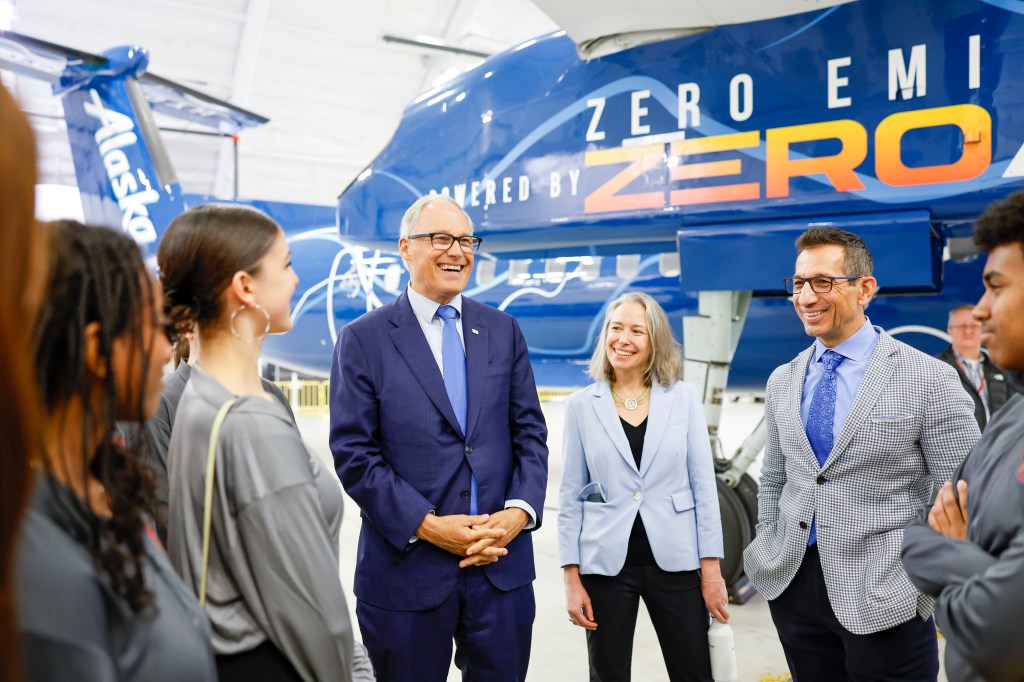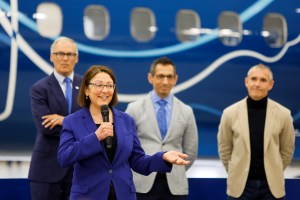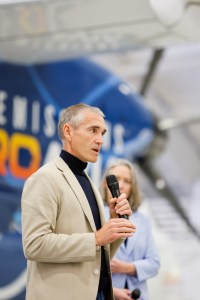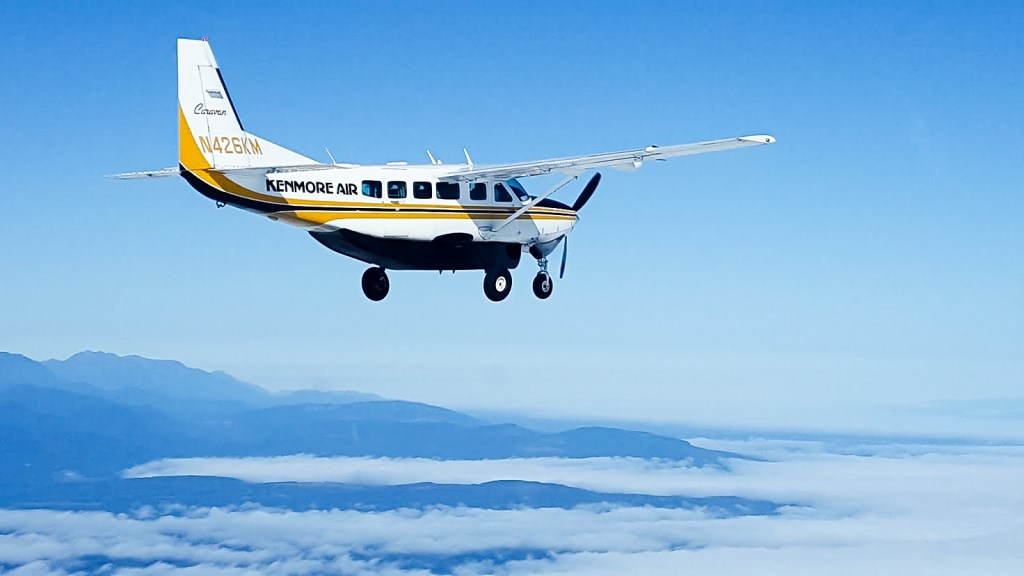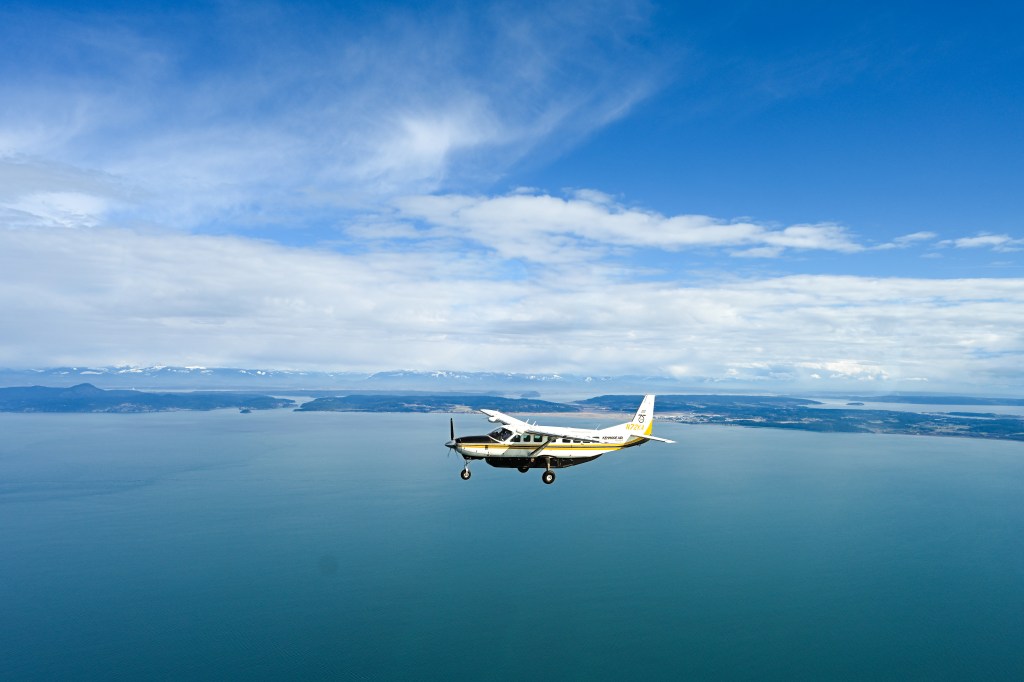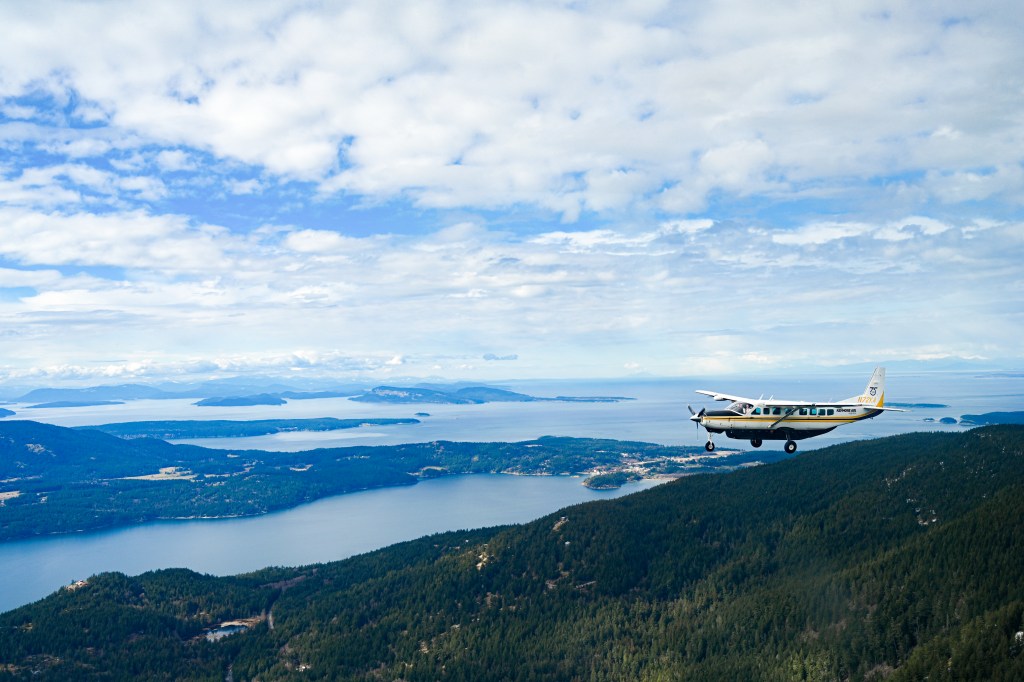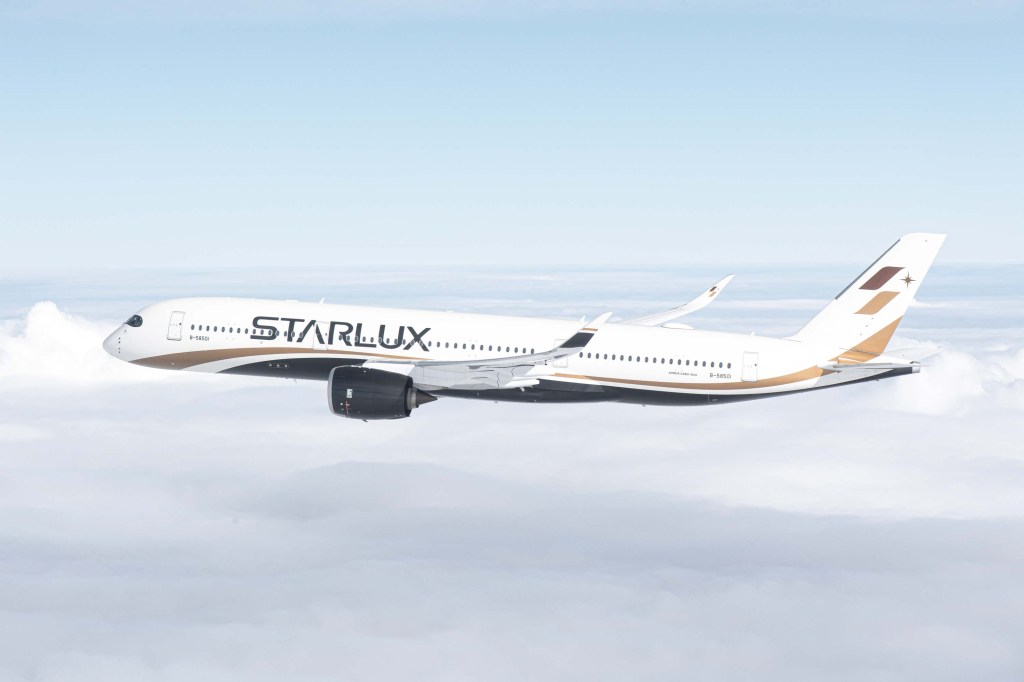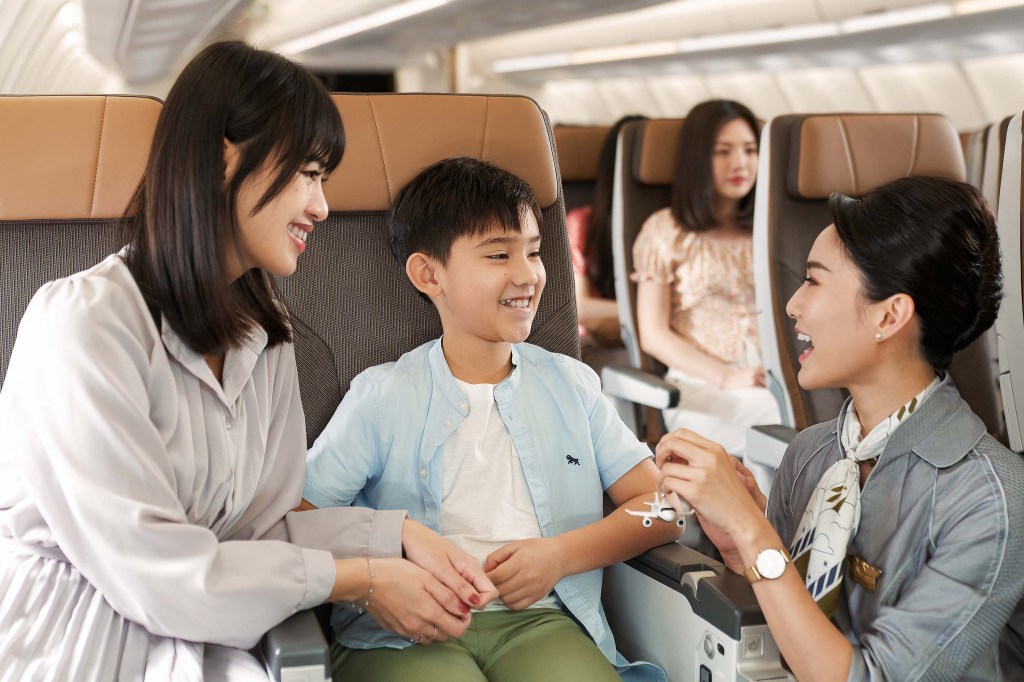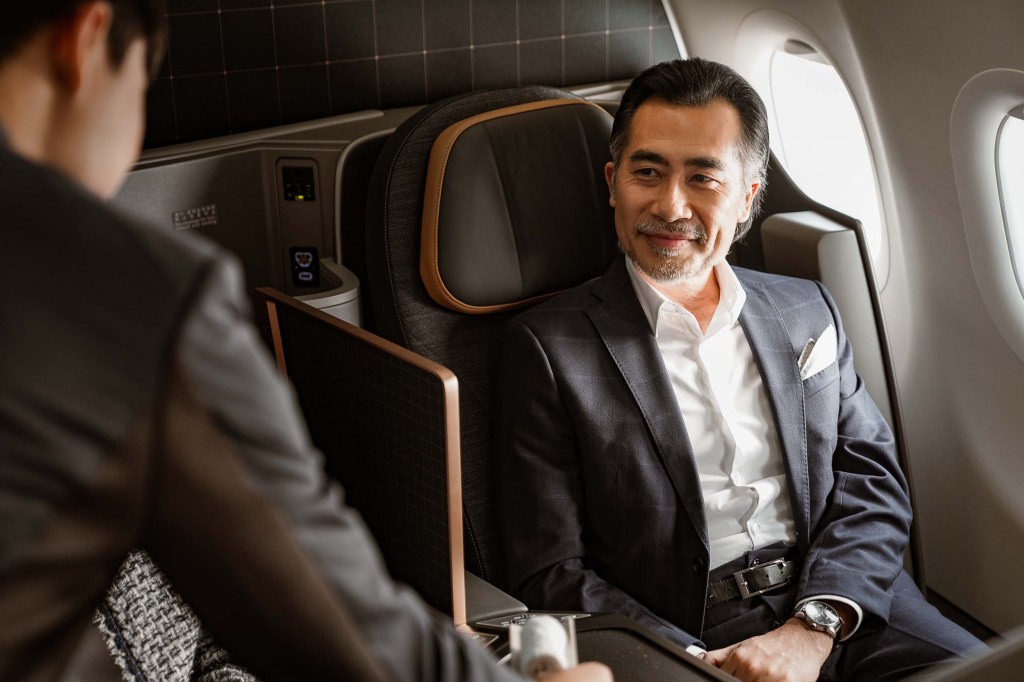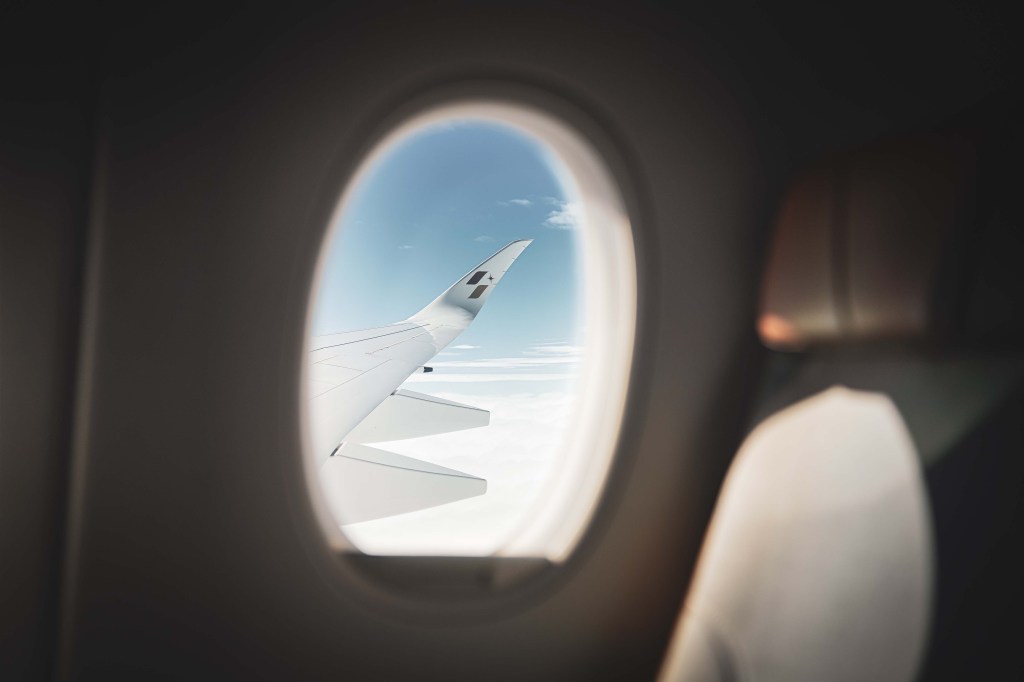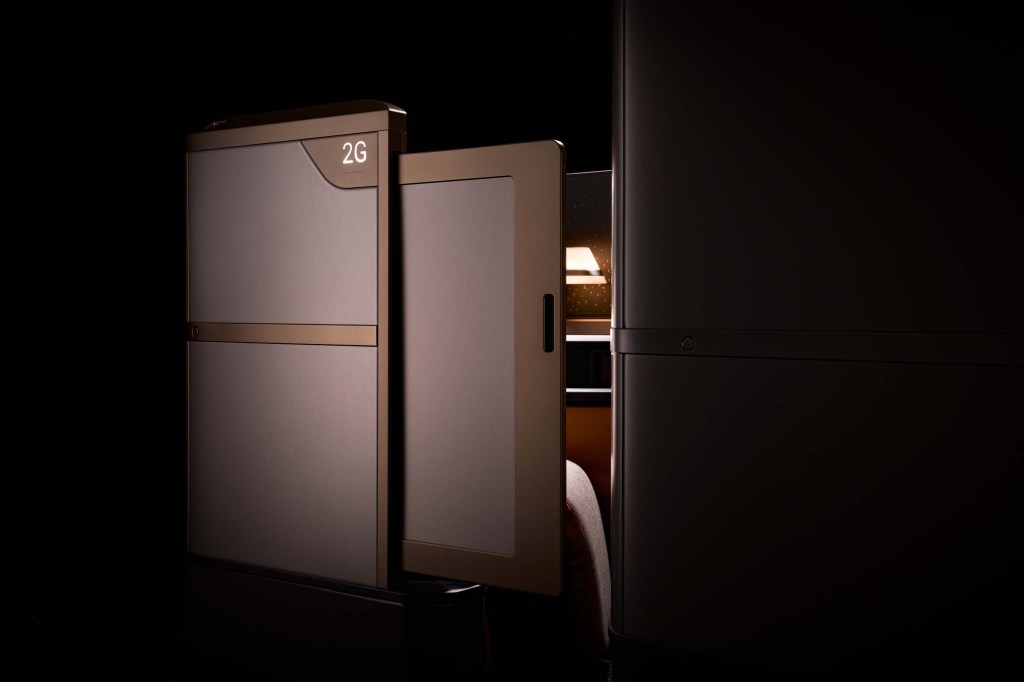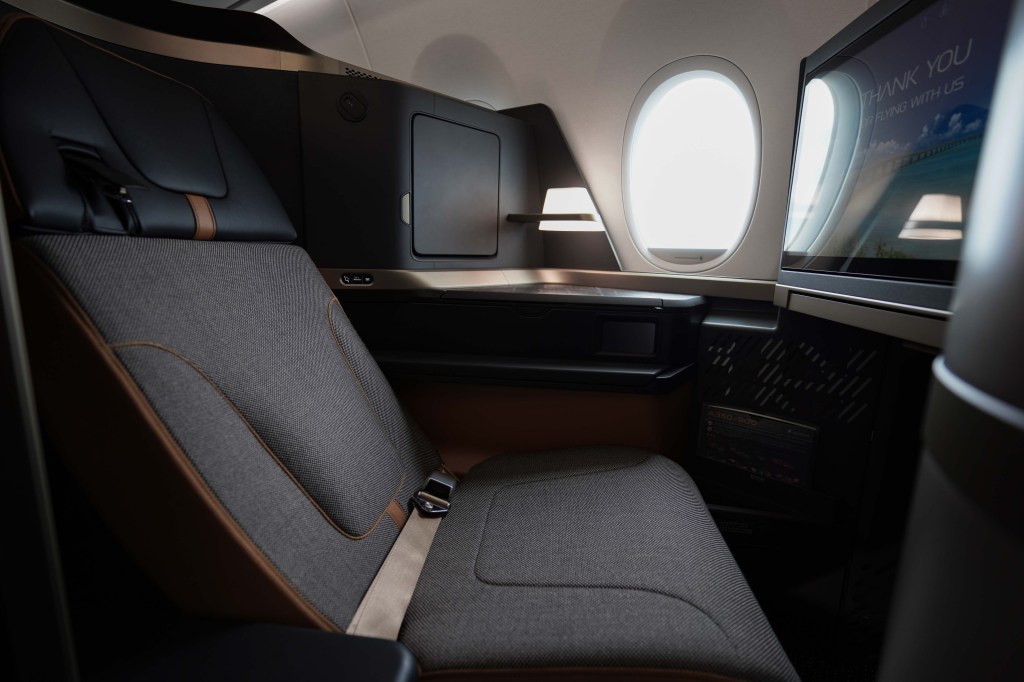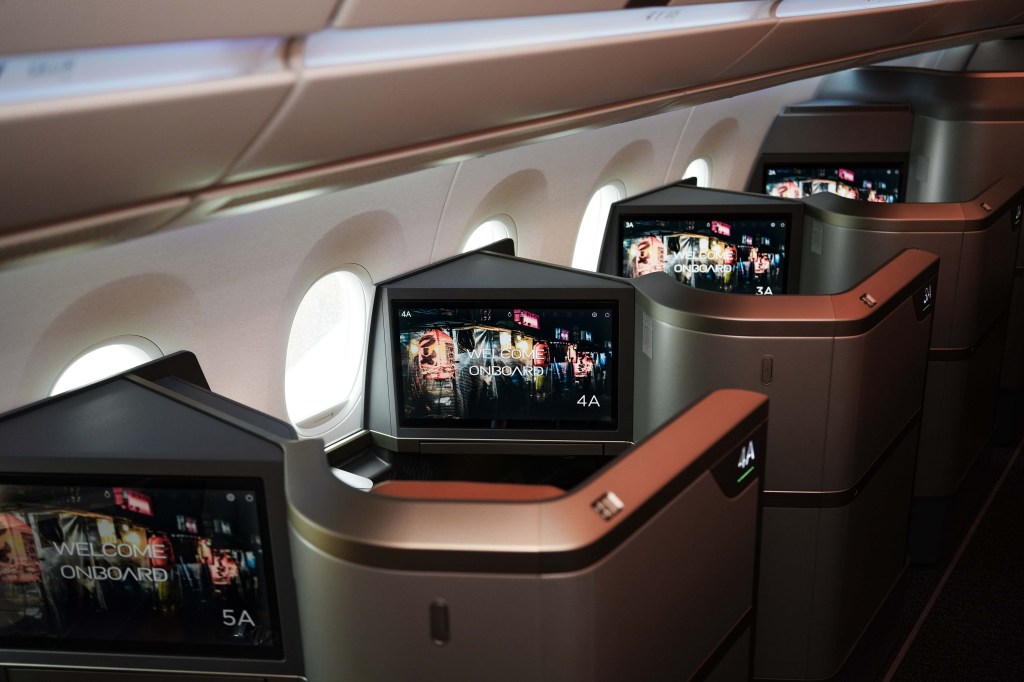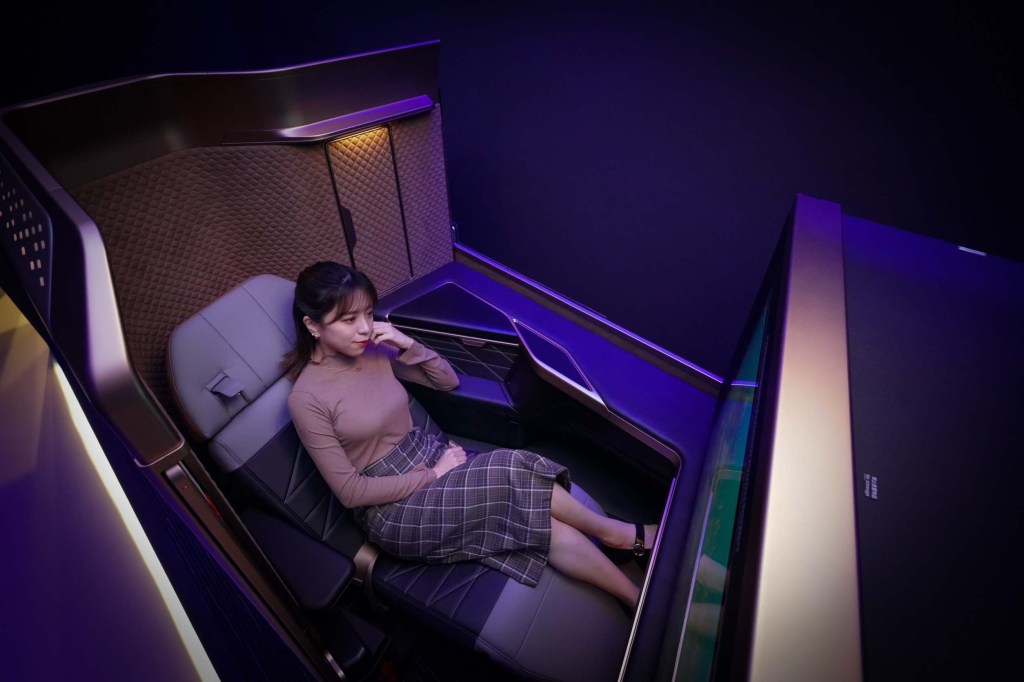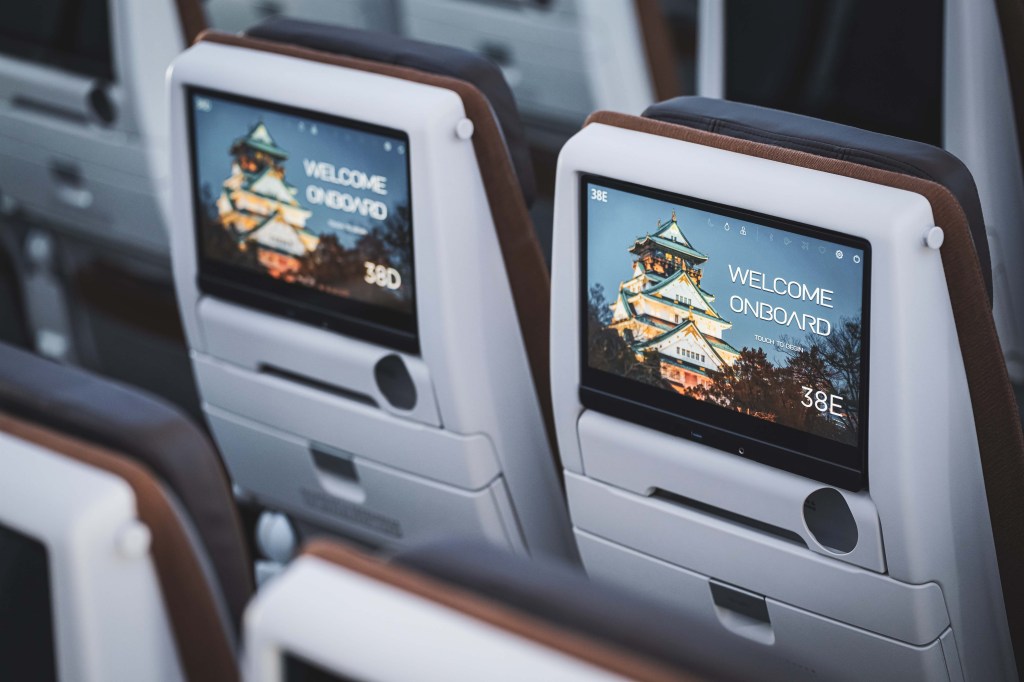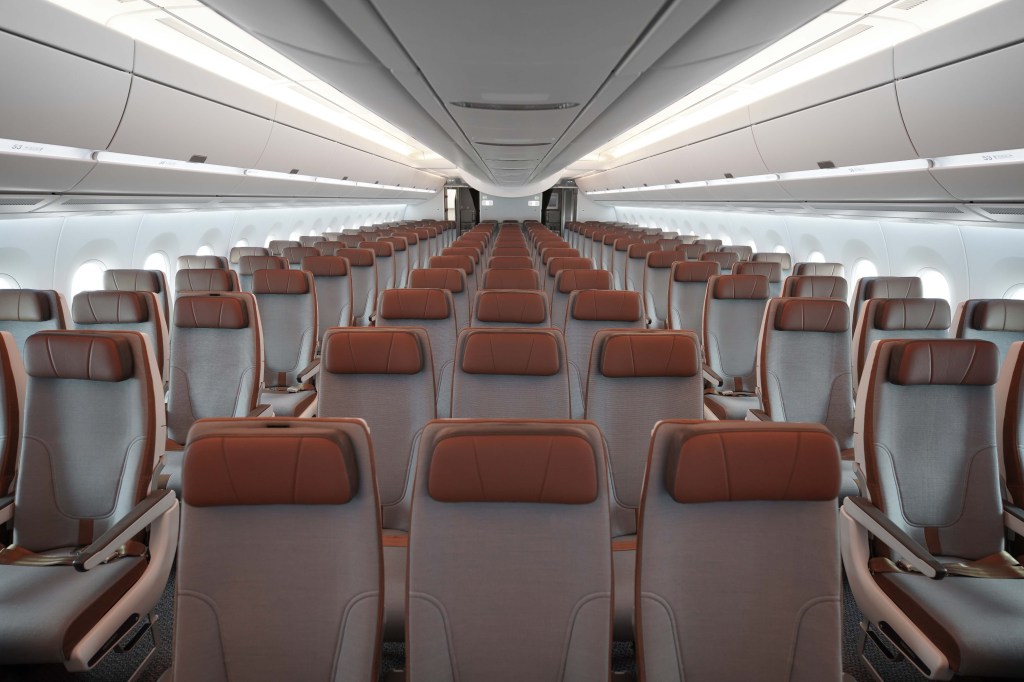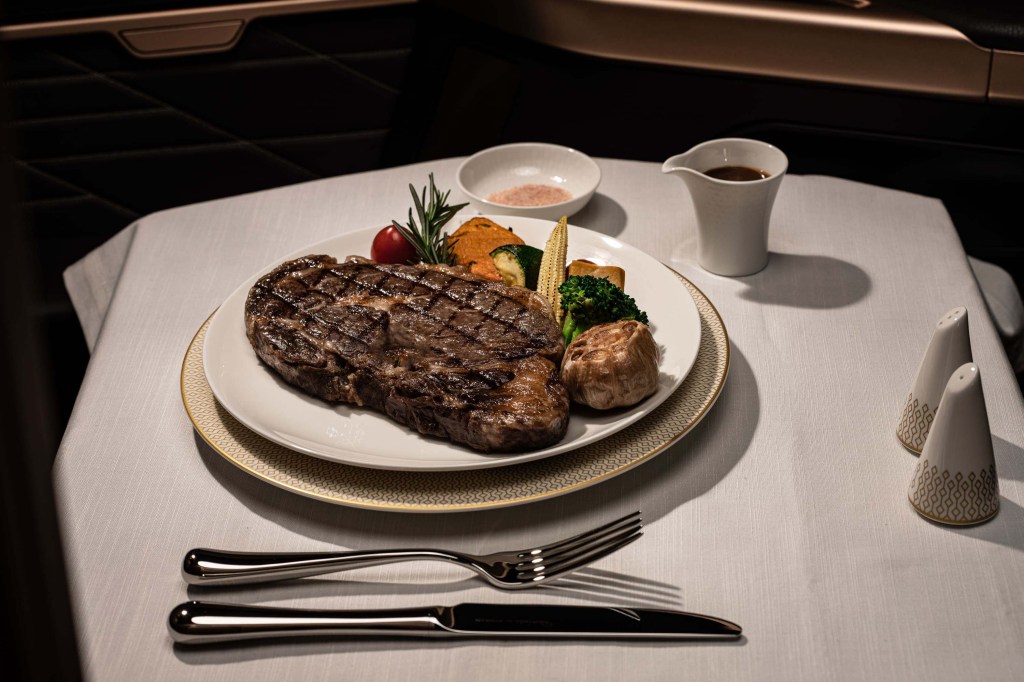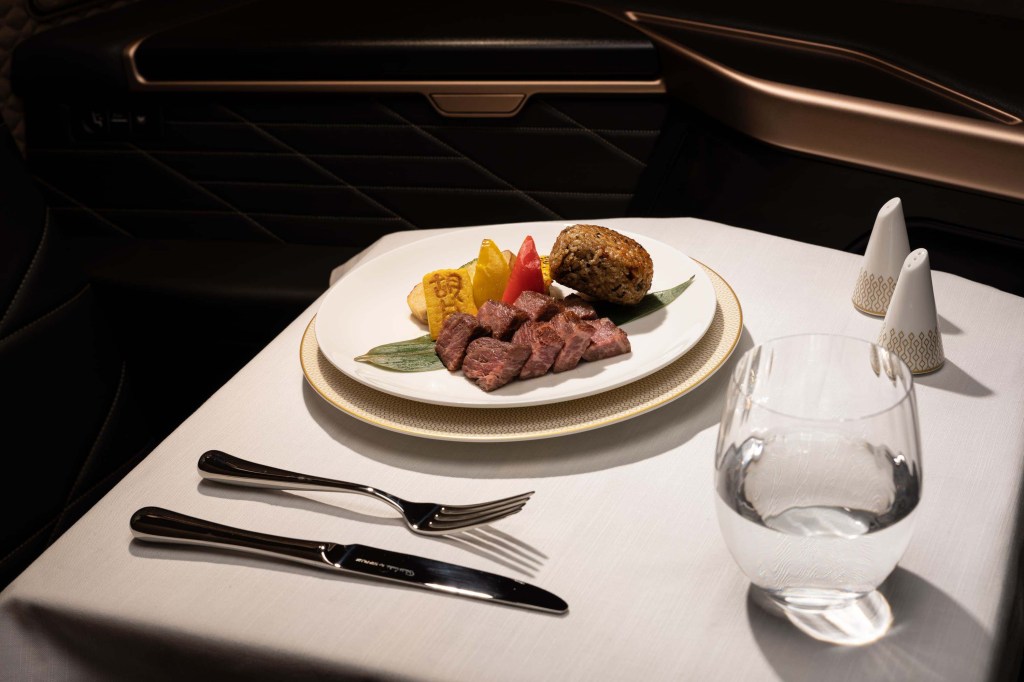Alaska’s Aviation Day lands in San Francisco for the first time
Share
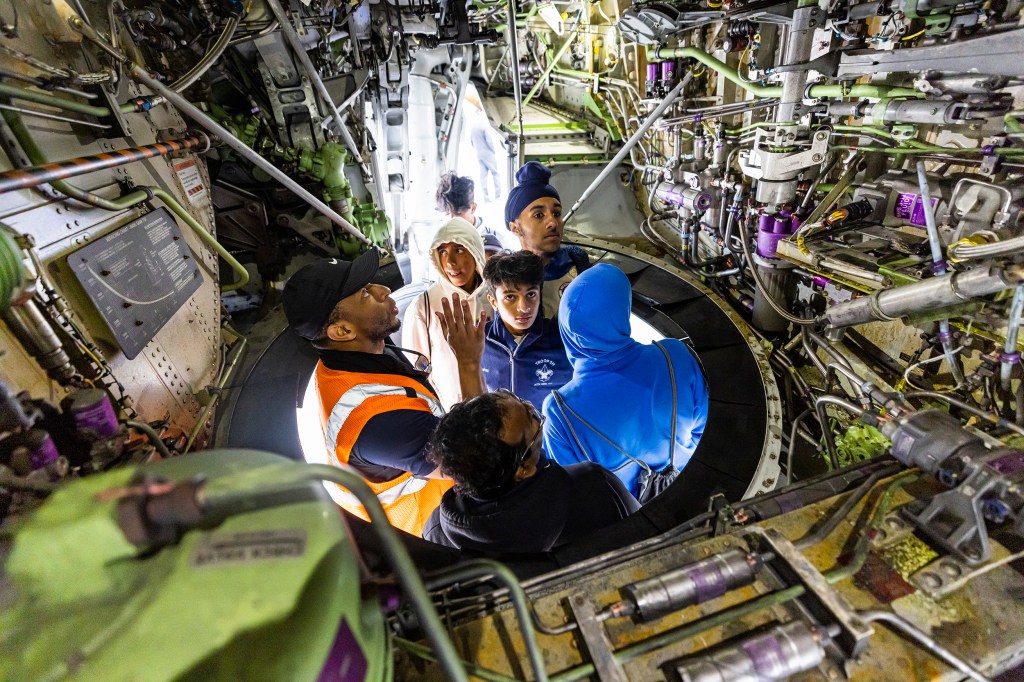
Each year, Aviation Day draws thousands of young people to explore careers at Alaska and Horizon Air, Alaska’s regional airline. At Aviation Day, youth have the opportunity to meet pilots, flight attendants, engineers, technicians, air traffic controllers and first responders and see an up close view of different types of aircraft.
This year, which marked our 15th year of hosting Aviation Day, nearly 3,000 teens attended events in Seattle, Portland and San Francisco—for the very first time. Jaxon Dingel, who is deaf, was part of a group of students from the California School for the Deaf who had never considered a career in aviation until meeting some of our employees and realizing there is a place for him in the industry.
“Some of the Deaf can feel limited in their job choices, but Aviation Day really shows them they can have a high-paying job with great benefits,” said Dingel’s mother Heidi. “It doesn’t matter if you have a disability, there’s all kinds of opportunities.”
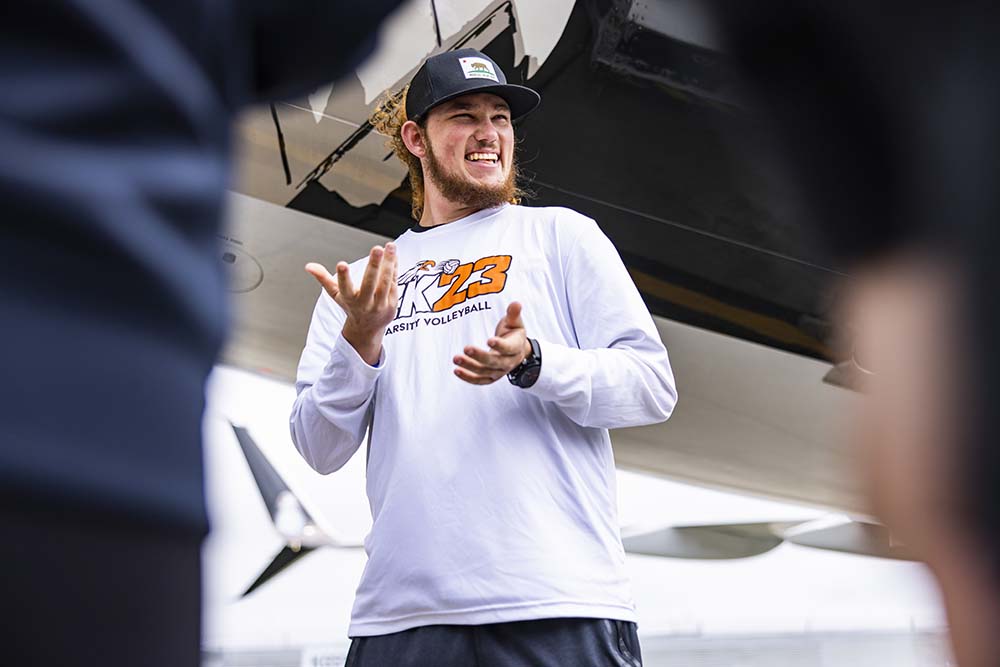
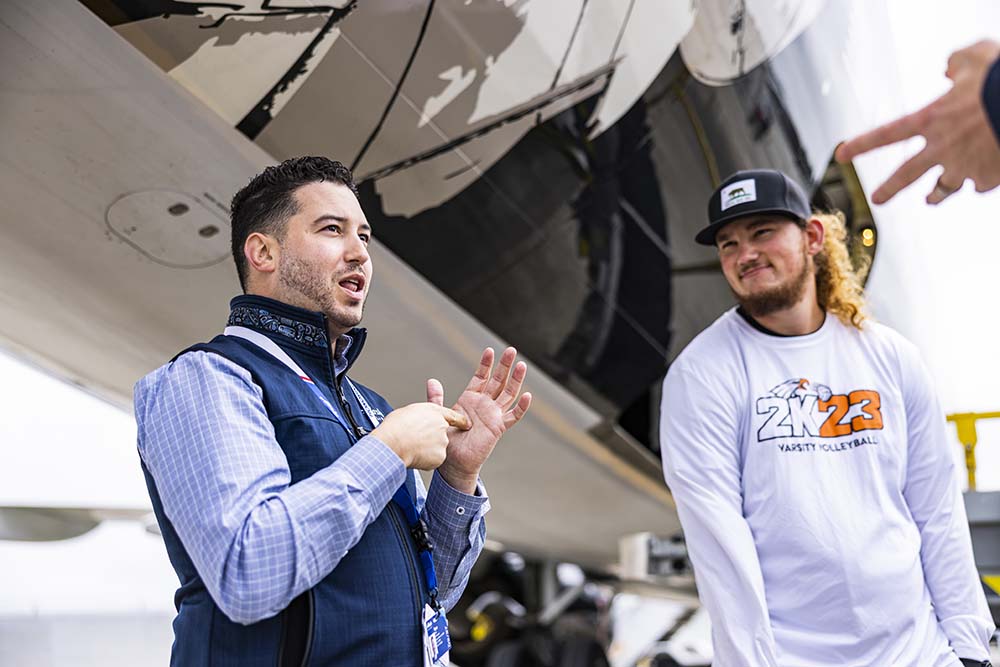
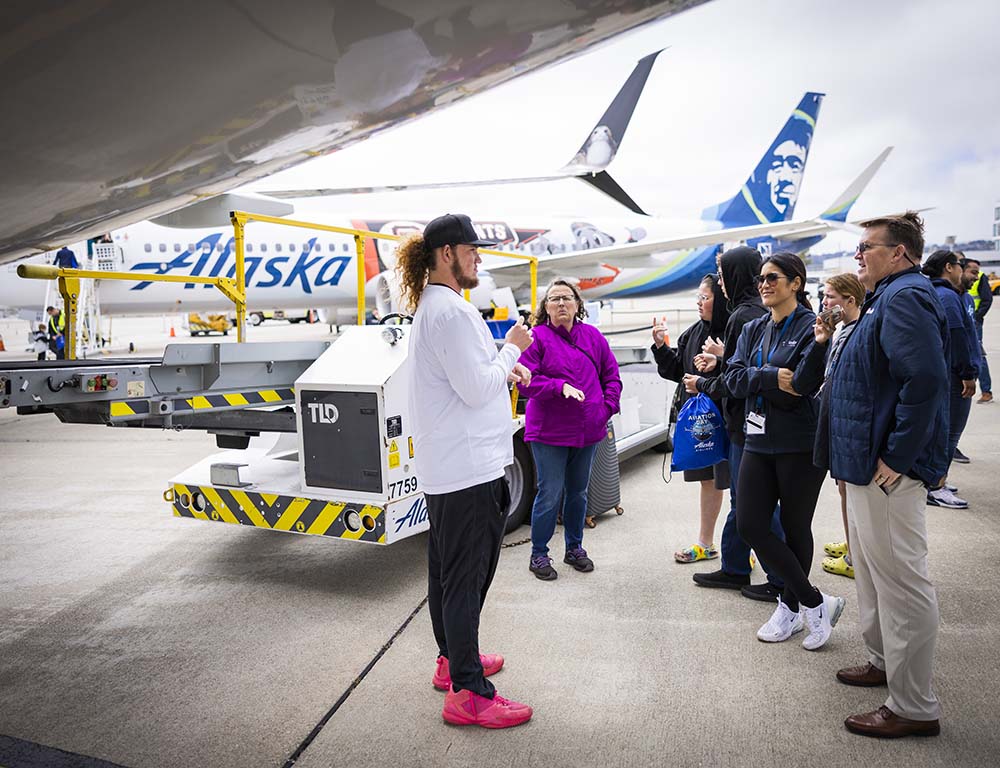
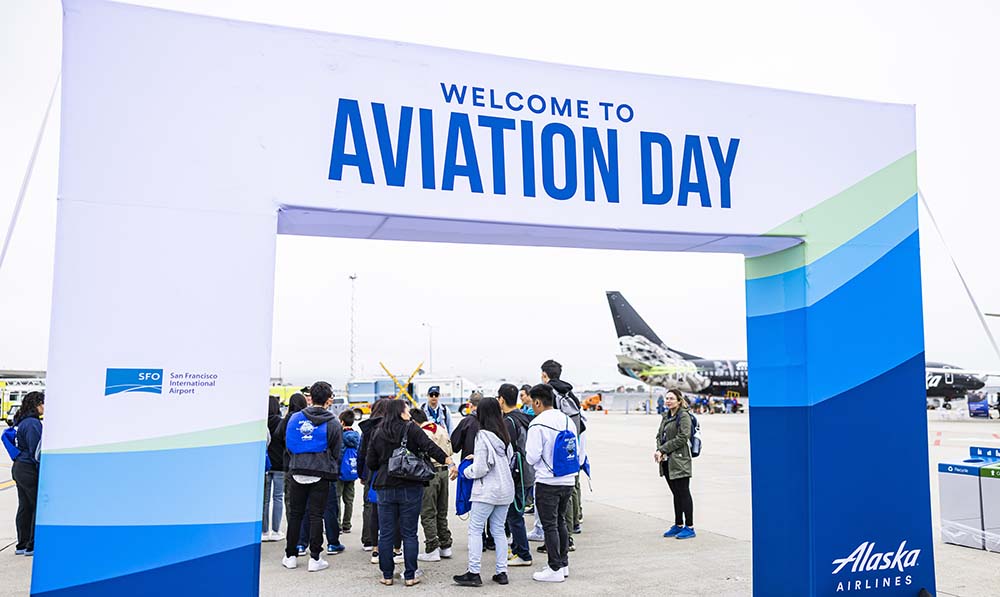
All of our Aviation Day events give students a unique & up-close opportunity to meet with our employees to hear about real-world experiences. Students get to sit in the flight deck of aircraft, inspect wheel wells and landing gear and speak with other industry professionals, including military and aerobatic aircraft pilots.
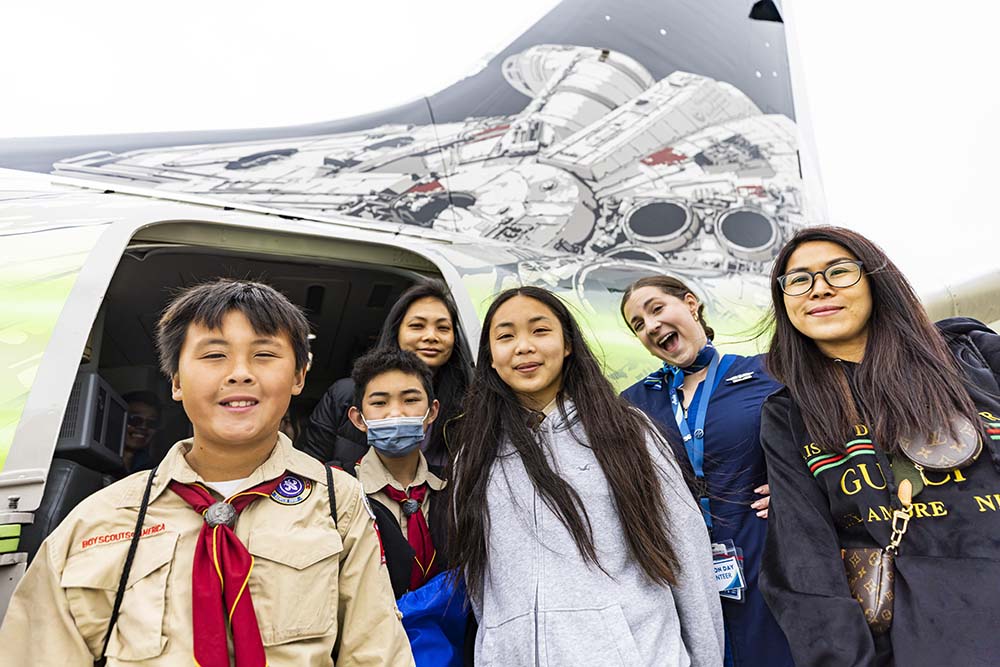
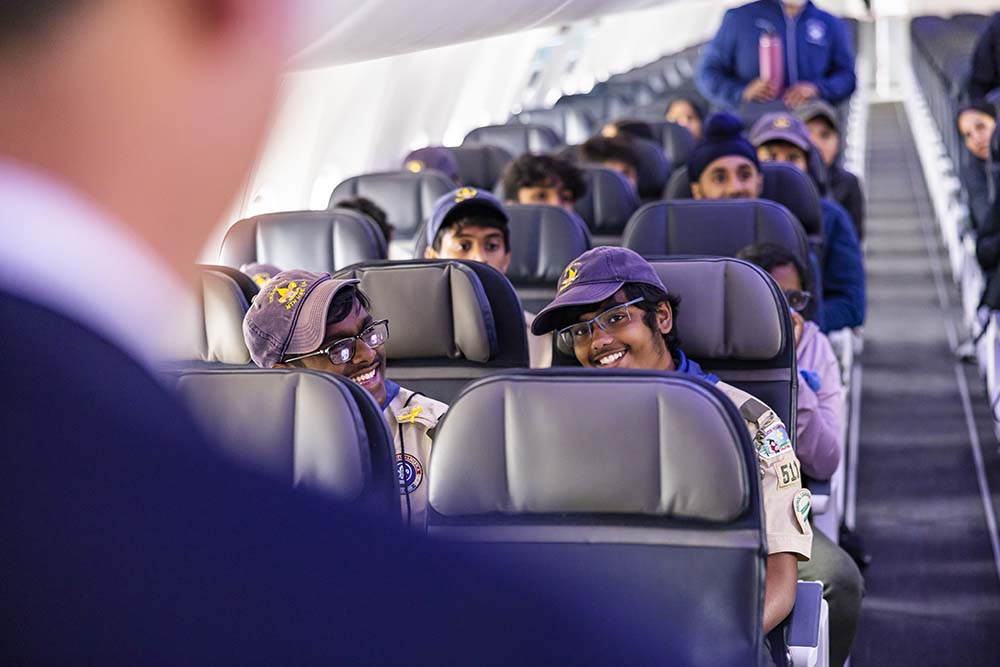
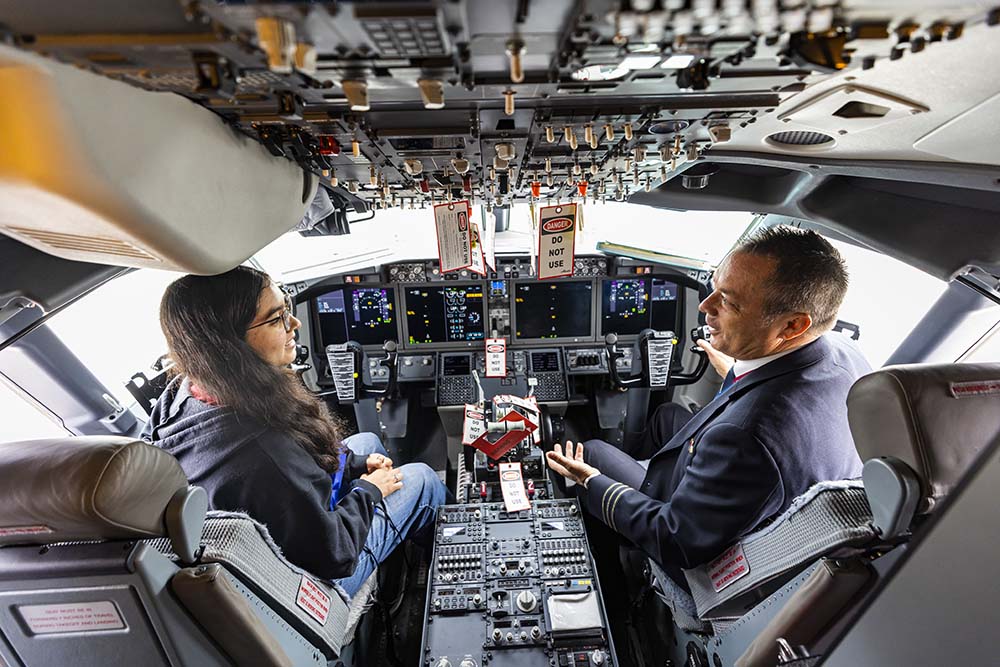
Captain Kim Gabrelcik, Alaska’s Chief Pilot in San Francisco and leader of this year’s Aviation Day at SFO, said if the event piqued the interest of at least one student, it was a success in her book.
Dingel left Aviation Day with plans to learn more about an aircraft mechanic career and had a profound experience meeting Alaska employees Ryan Di Giovanni and Darren Holness.
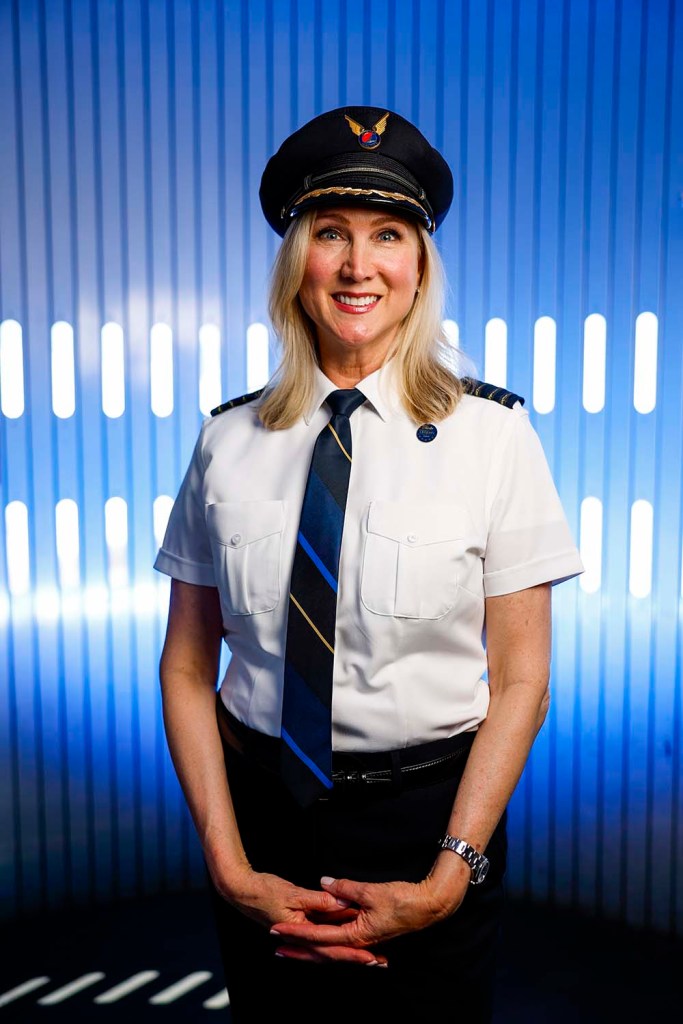
Ryan, a pilot crew scheduling duty manager, was also born deaf. Holness is hard of hearing and wears a hearing aid and cochlear implant. He has a hands-on job as an aircraft technician trainer and has been with Alaska since 2017. He says that even though having a disability can sometimes be challenging, he never gave up and hopes he can inspire others to do the same.
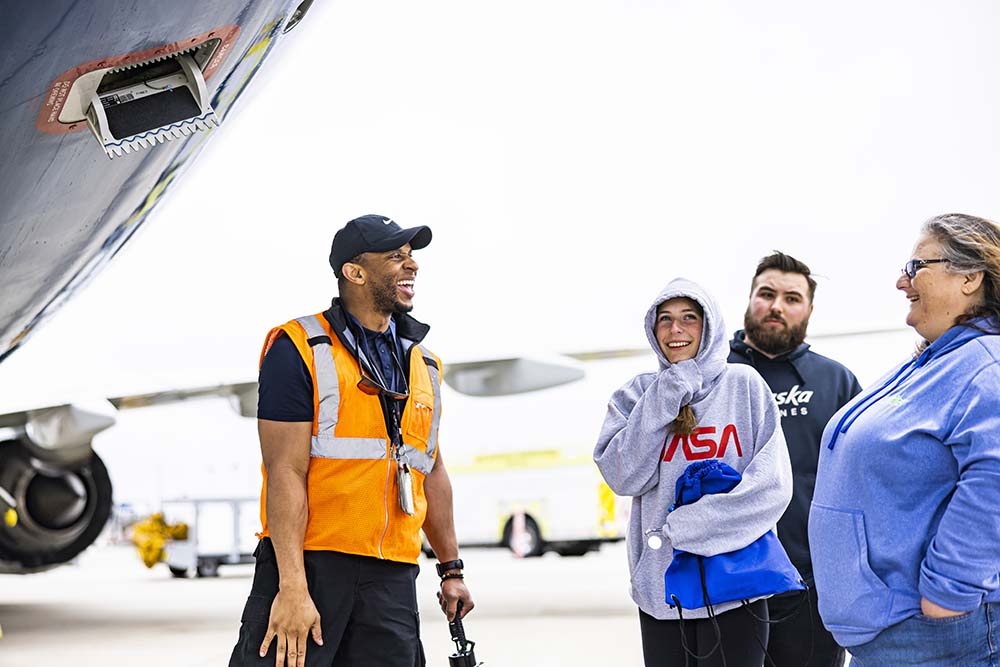
The most important thing is do not be discouraged, believe in yourself,” said Holness. “If you have a passion, pursue it.”
“The students who come to these events realize they can really do whatever they set their minds to,” Di Giovanni said. “It’s part of our culture at Alaska to be inclusive of people with all kinds of disabilities and backgrounds and I love that we get to do things like this for people in our communities.”
Dingel says he sees Ryan as a role model because he proves that the aviation industry is not just for the hearing and that the Deaf can do it as well.
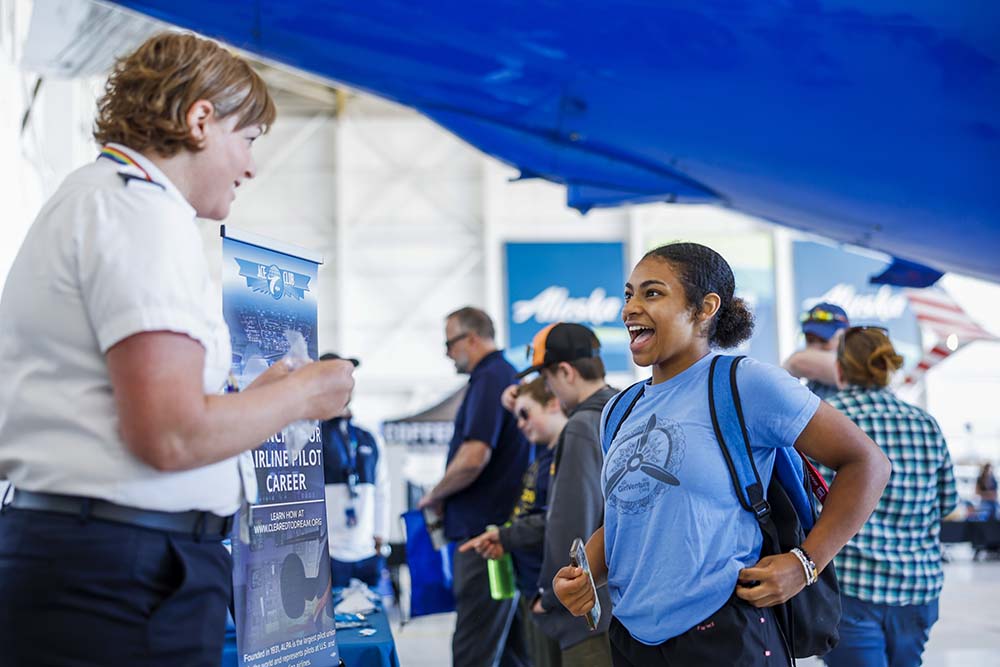
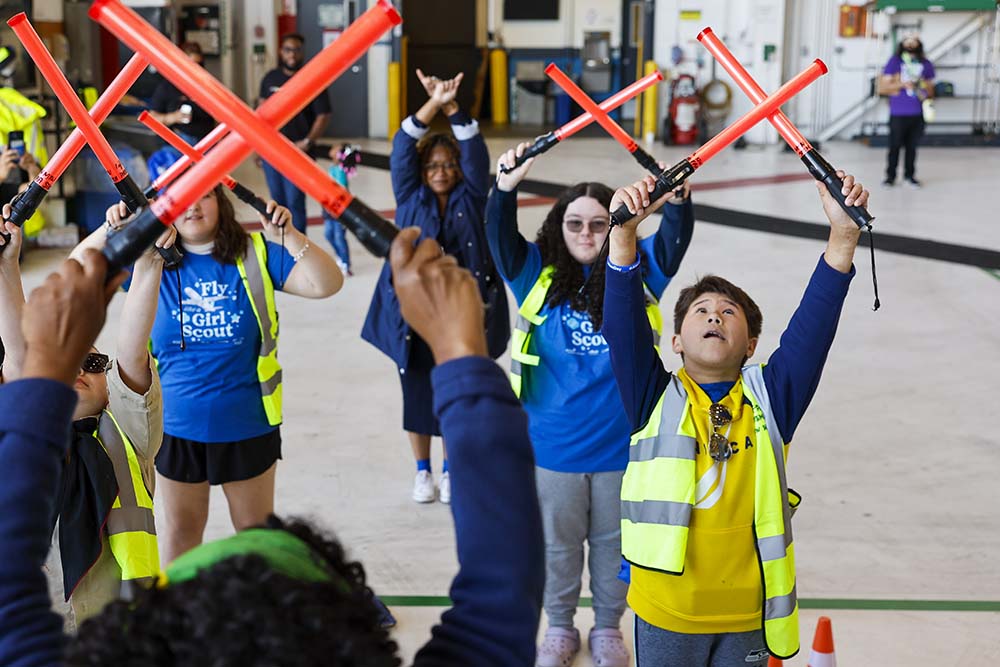
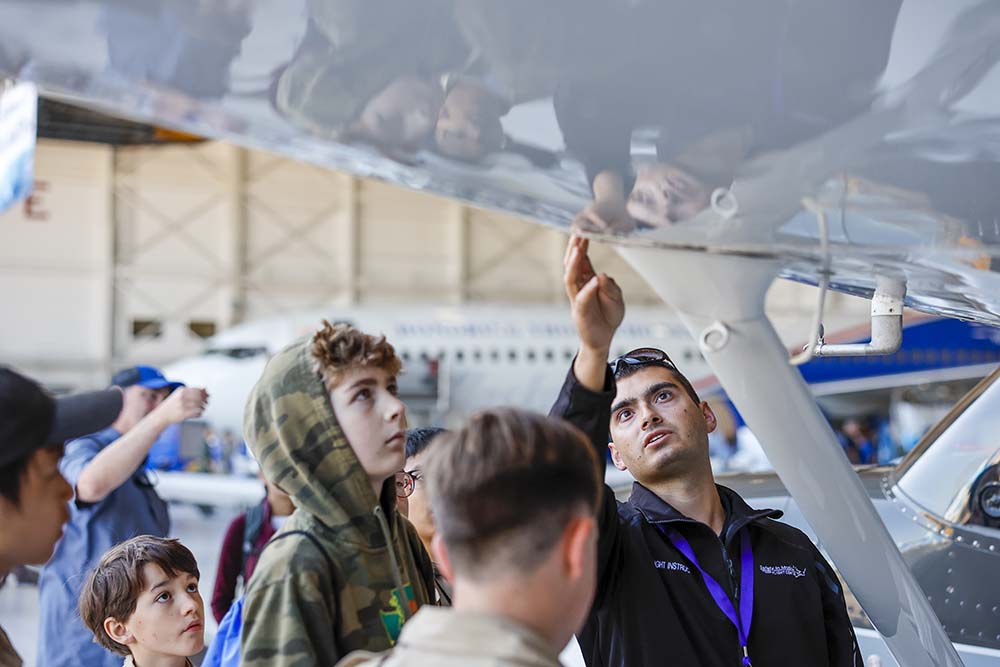
Hiring the next generation of aviators
Building a strong aviation workforce is what enables safe and reliable operations. As we continue to grow and bring dozens of new airplanes into our fleet, we need thousands of people to join our team. This year, we plan to hire more than 3,500 new employees in a variety of roles and functions. From maintenance technicians to contact center agents, flight attendants to pilots, customer service agents to software engineers, we will have jobs available for anyone who wants to be part of our team.

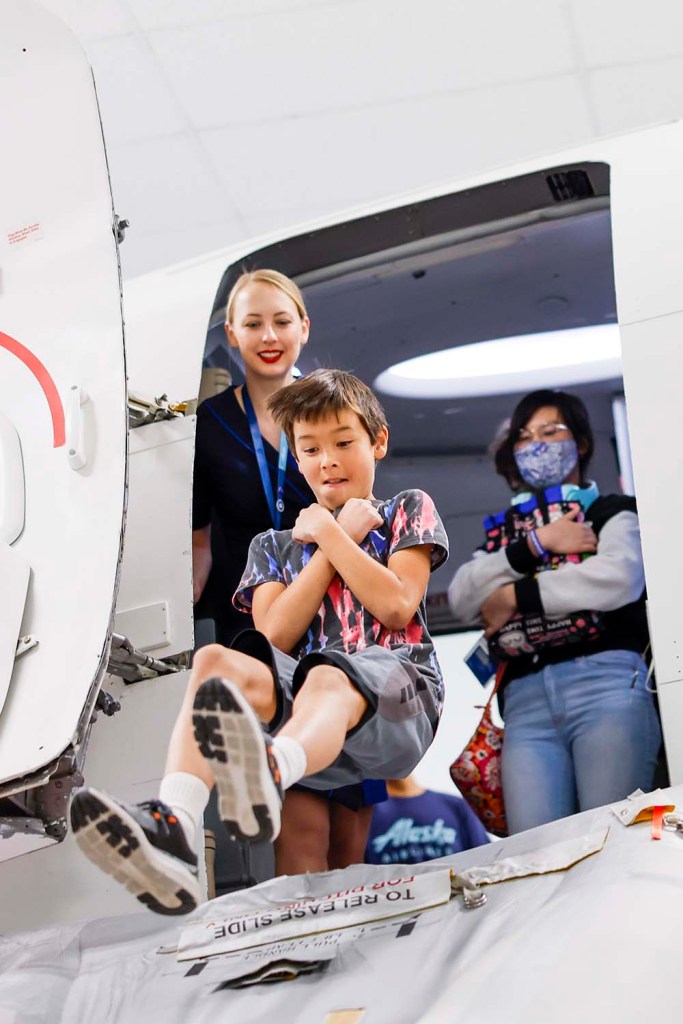
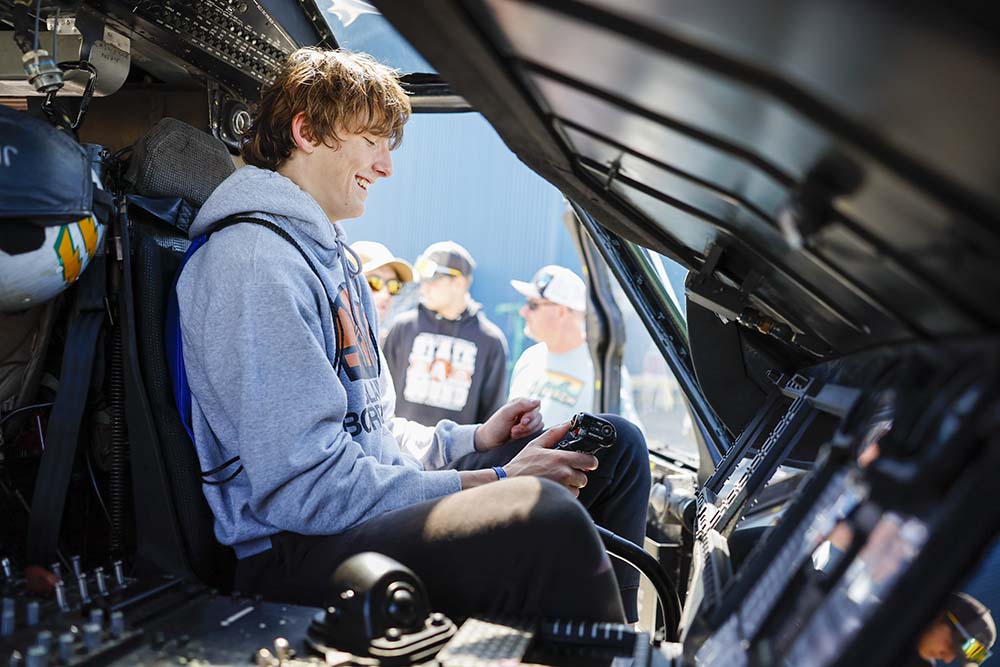
Long-term demand for aviation jobs remains strong as Boeing estimates that 602,000 new pilots, 610,000 new maintenance technicians and 899,000 new cabin crew members will be needed to fly and maintain the global commercial fleet over the next 20 years.
“Diversity is also a priority for us,” said Neil Thwaites, Alaska Airlines regional vice president of California. “In 2022, women made up less than 10% of commercial pilots nationwide. That number is even more dire for Black female pilots, who make up only .5% of all pilots across the industry. We’re working to change that through programs like Aviation Day and our Ascend Pilot Program Academy.”

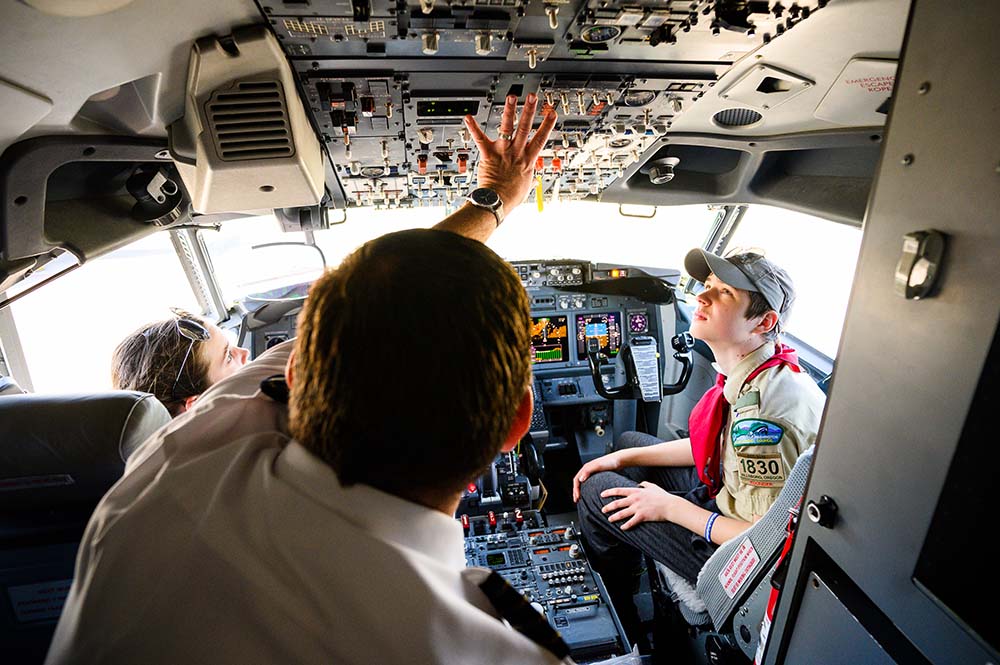
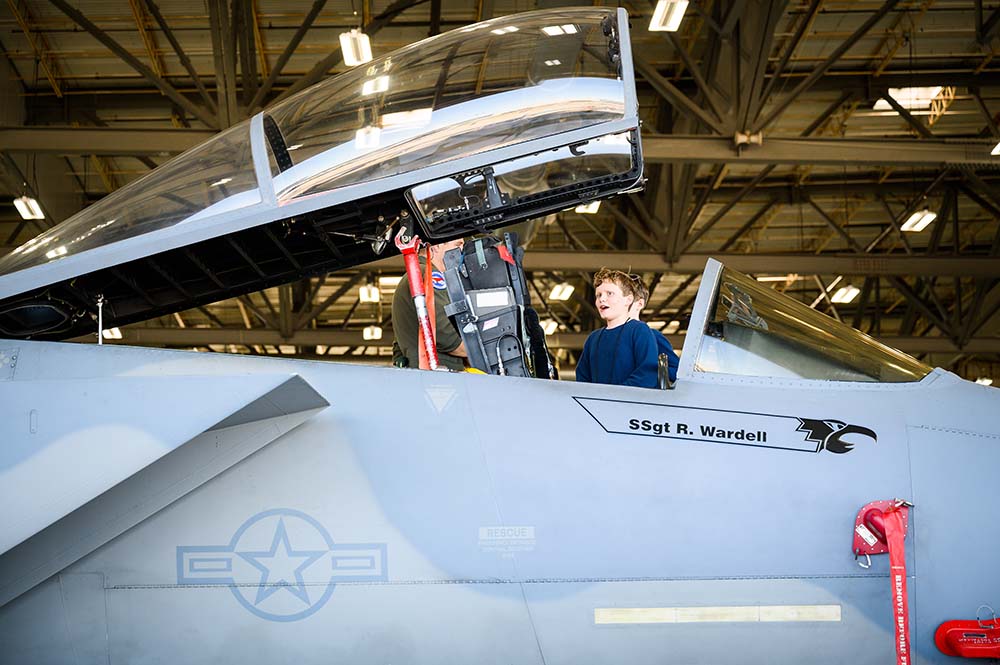
Last March, Alaska and Horizon teamed up with Hillsboro Aero Academy, a premier flight school in the Pacific Northwest, to launch the Ascend Pilot Academy (APA). This new development program, designed for aspiring pilots, provides a simpler, more financially accessible path to becoming a commercial pilot at Horizon and, eventually, Alaska. The program is part of a larger effort to address a growing pilot shortage and increased travel demand.
In partnership with Hillsboro Aero, we expect to register and train up to 250 students a year. Additionally, our Ascend Pilot Academy aims to provide aspiring pilots with a more accessible path to becoming student pilots. Enrolled cadets will be eligible for access to financial aid and a stipend of up to $26,463 upon signing on to work for Horizon Air.
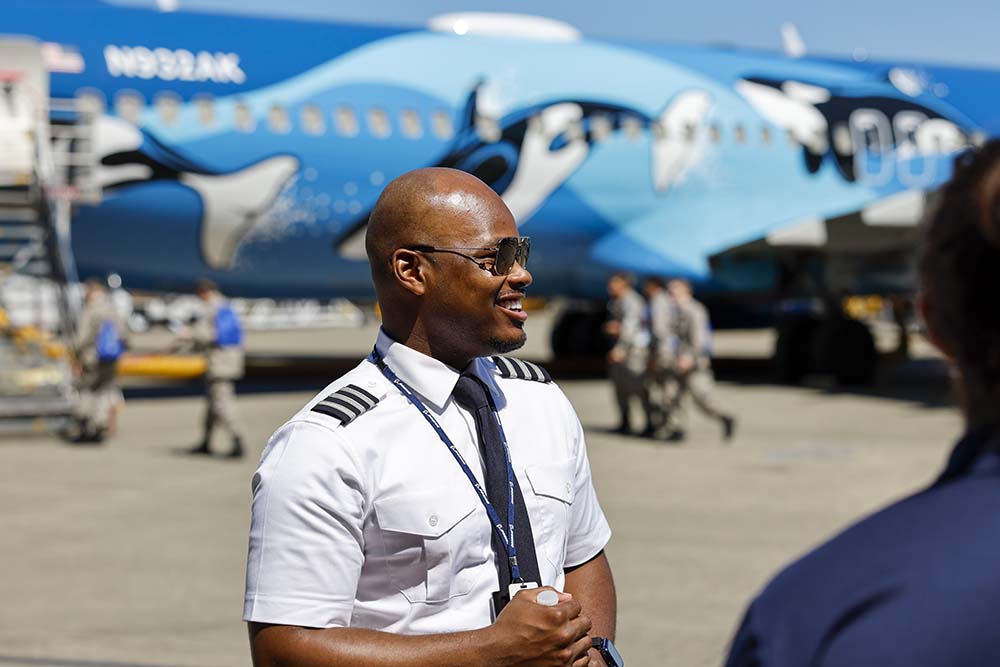
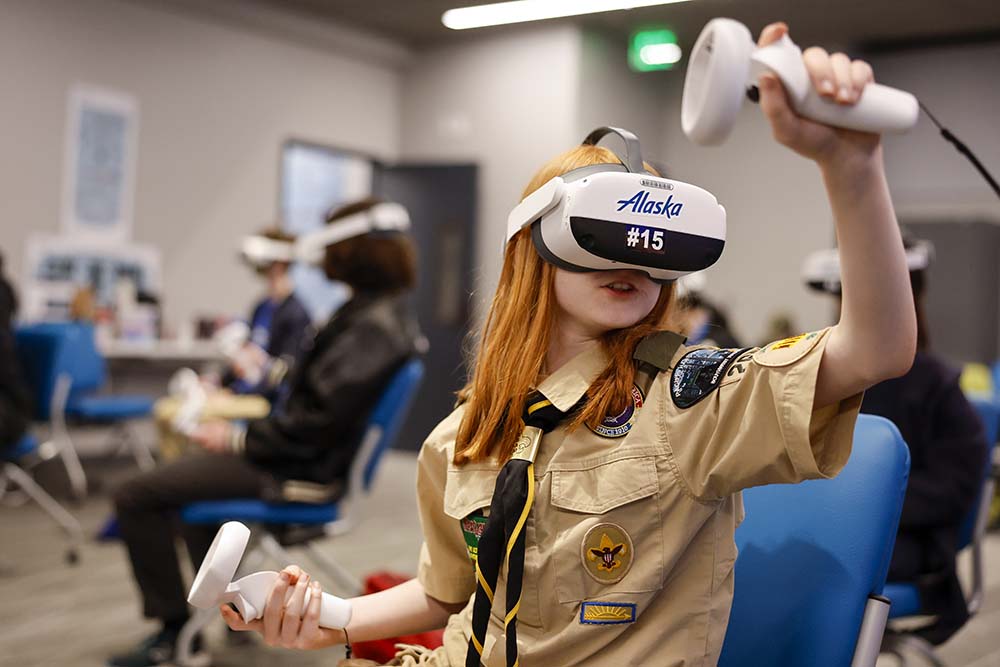
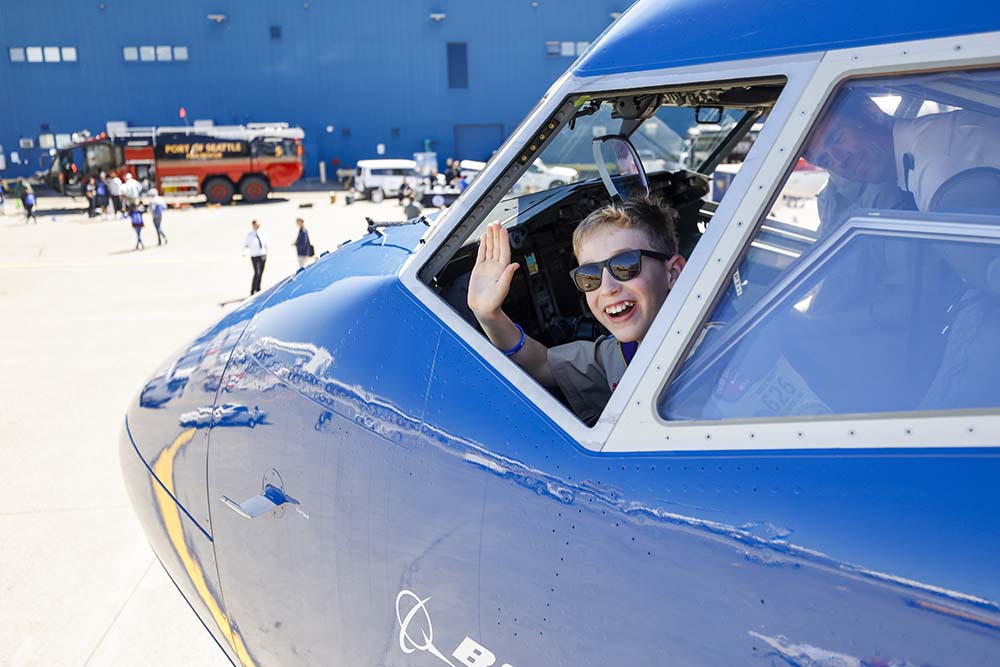
“That’s why we’re here; to show that there’s another face to aviation and anyone can do this,” said Seattle Base Chief Pilot Ron Limes. “I’m sure some of these kids have never seen a female pilot and they see Kim today—or they’ve never seen a Black pilot and they see me today and they go, ‘Well, I can do that too.’ It sparks a dream.”

